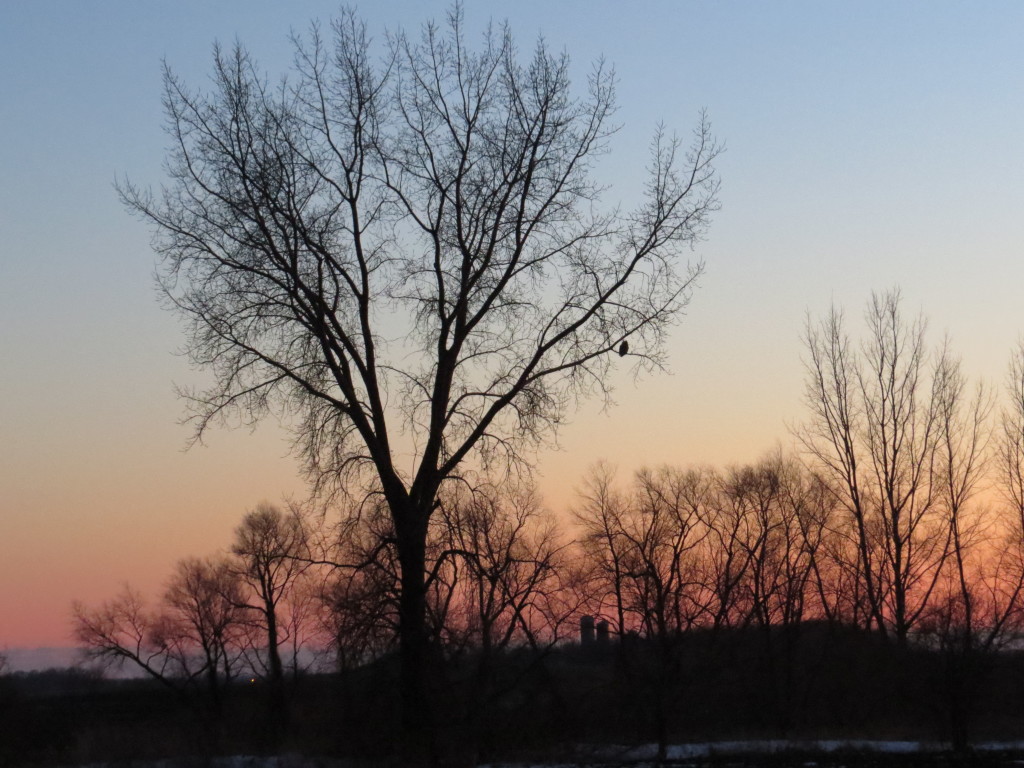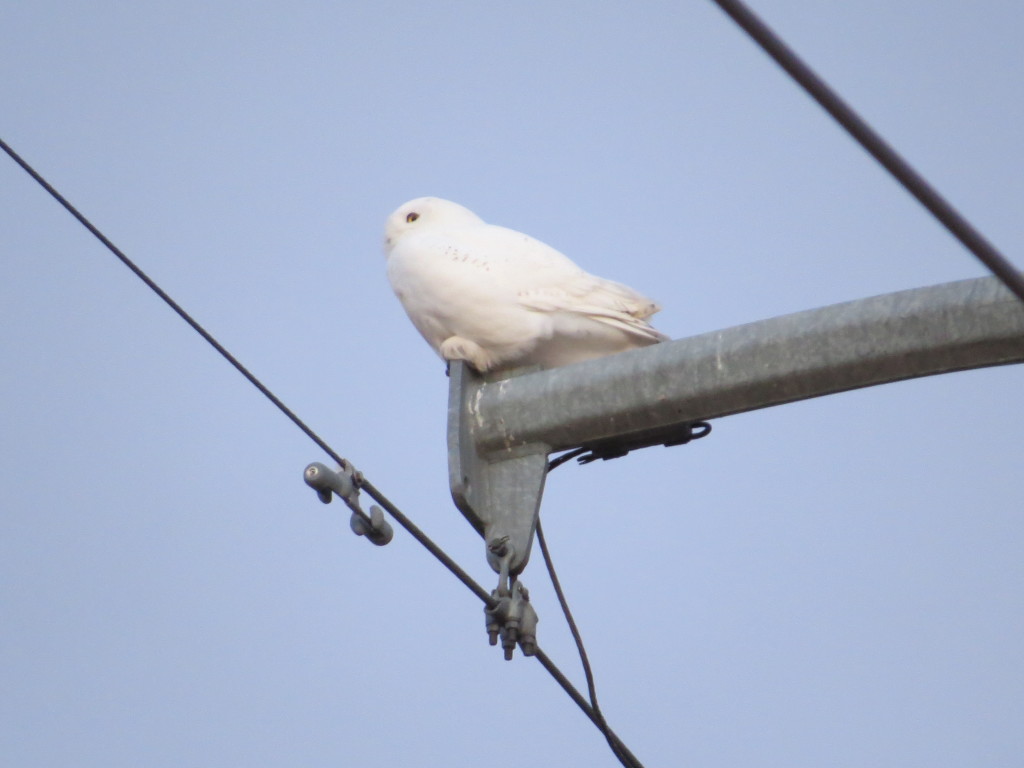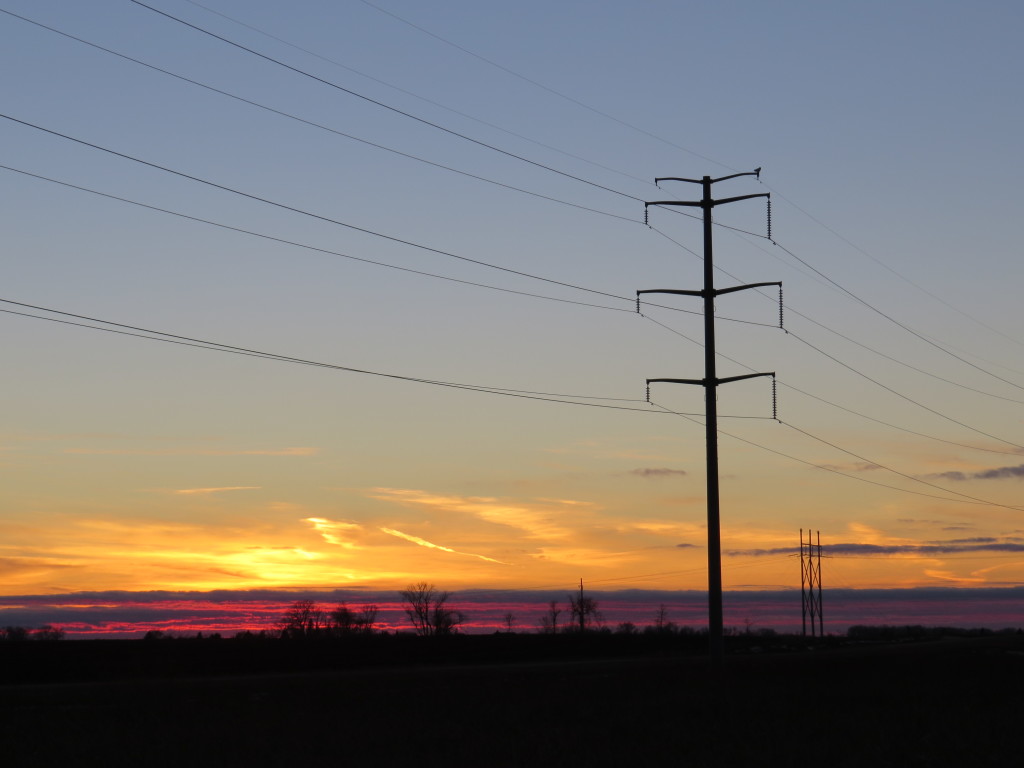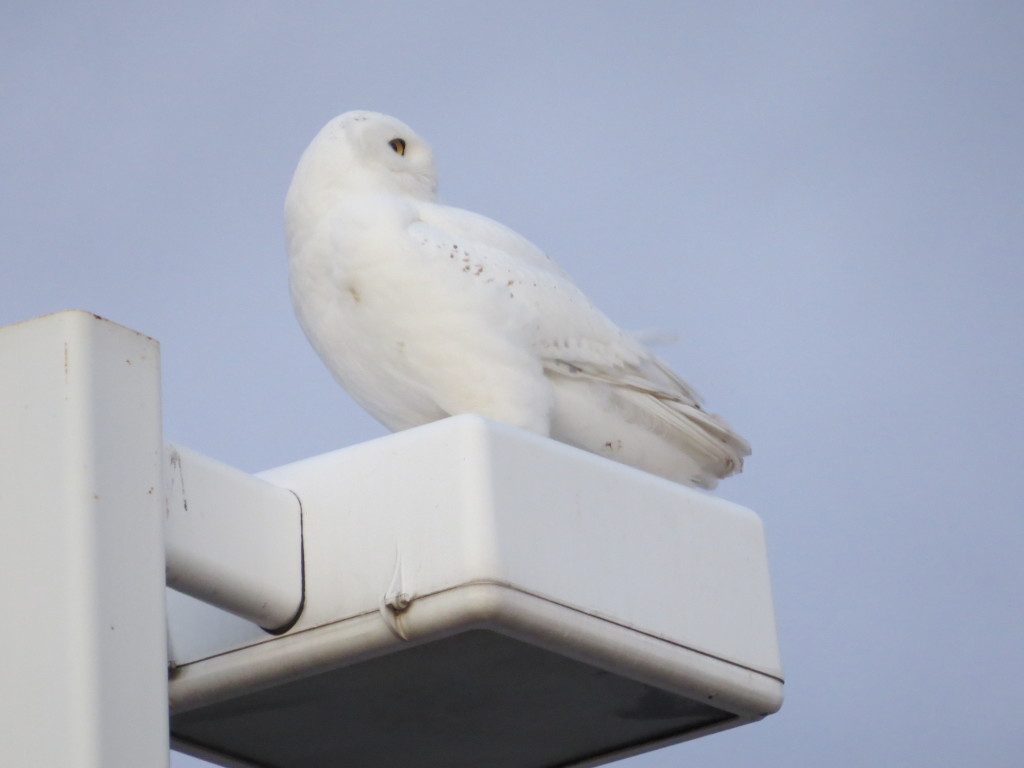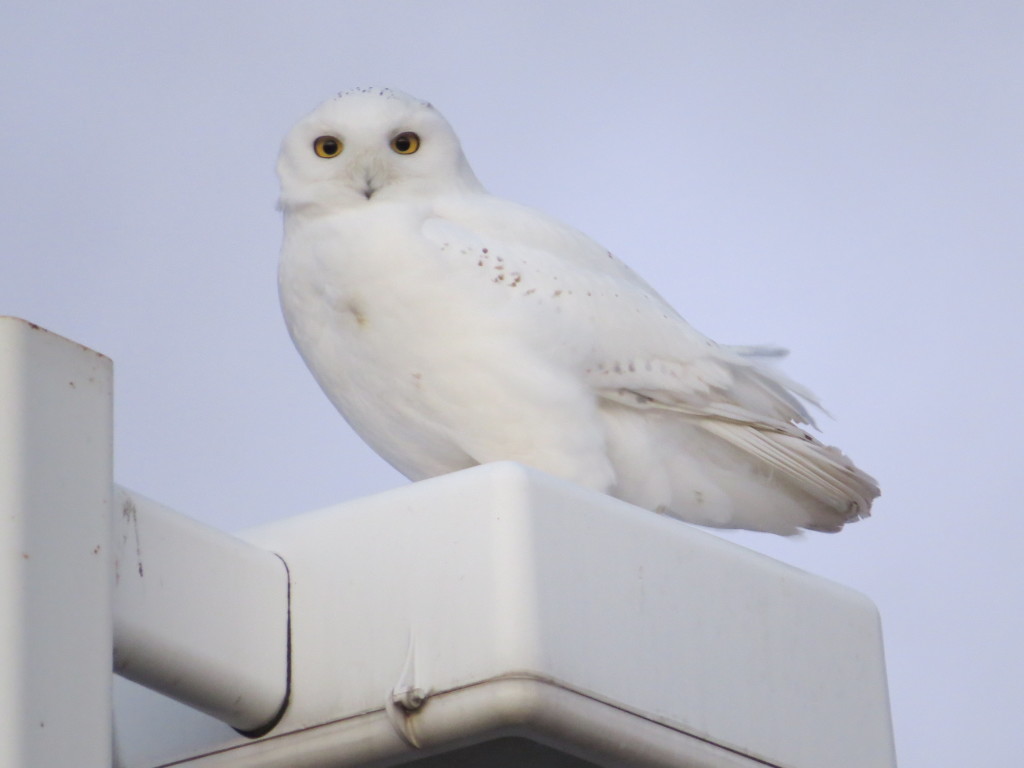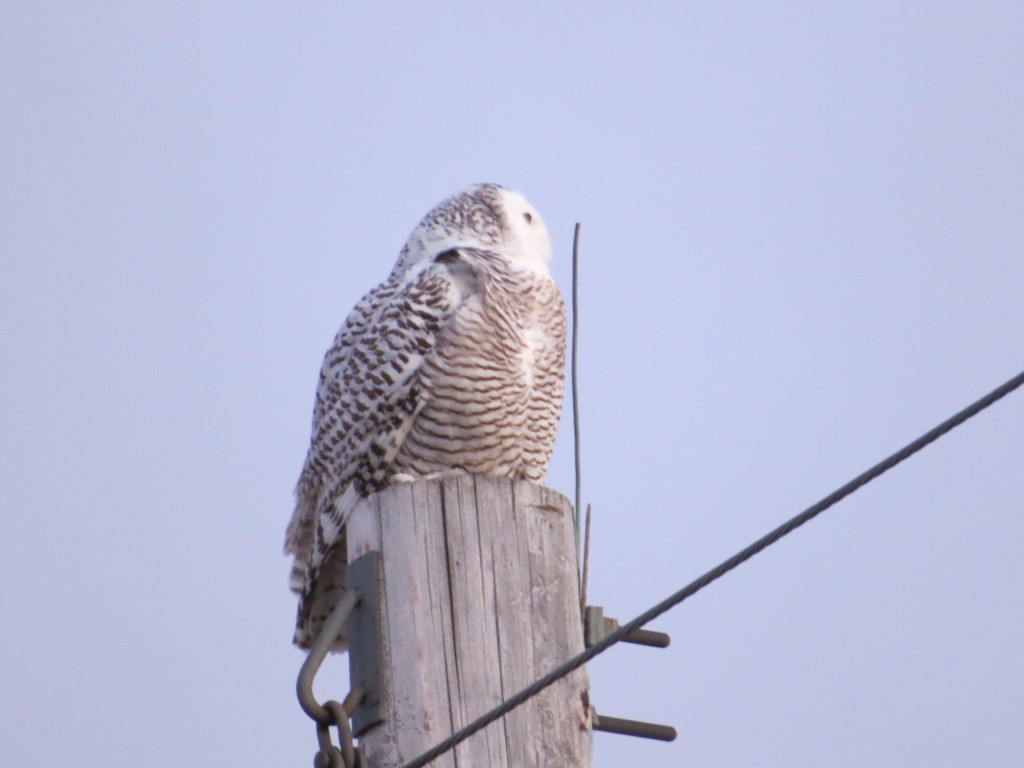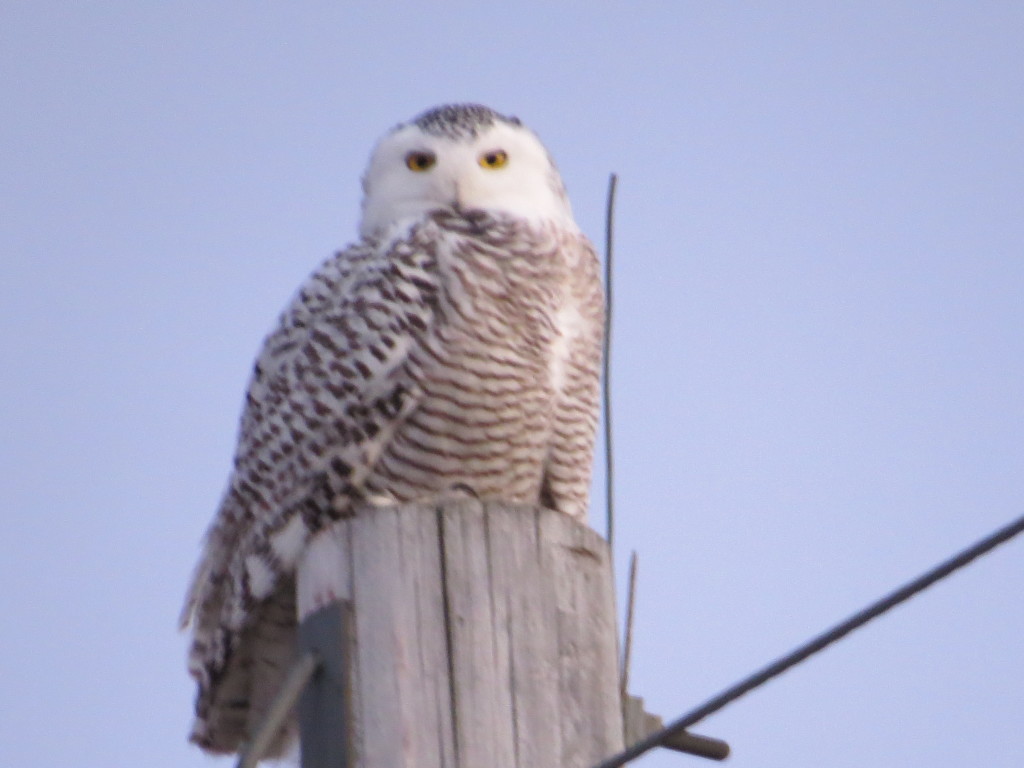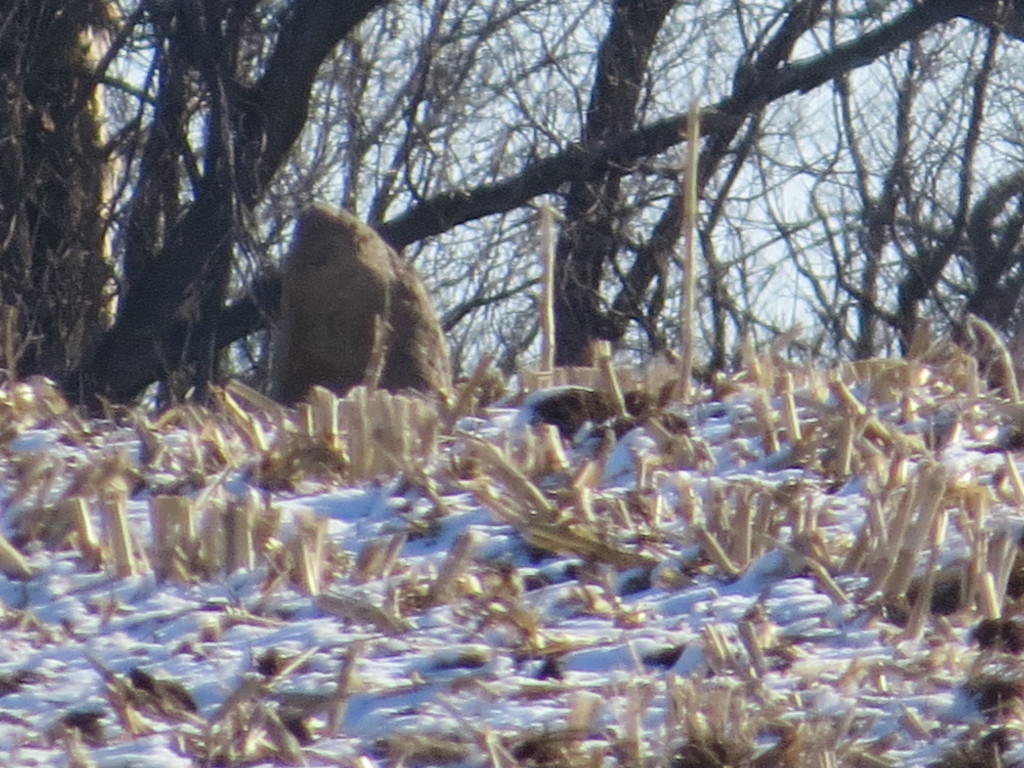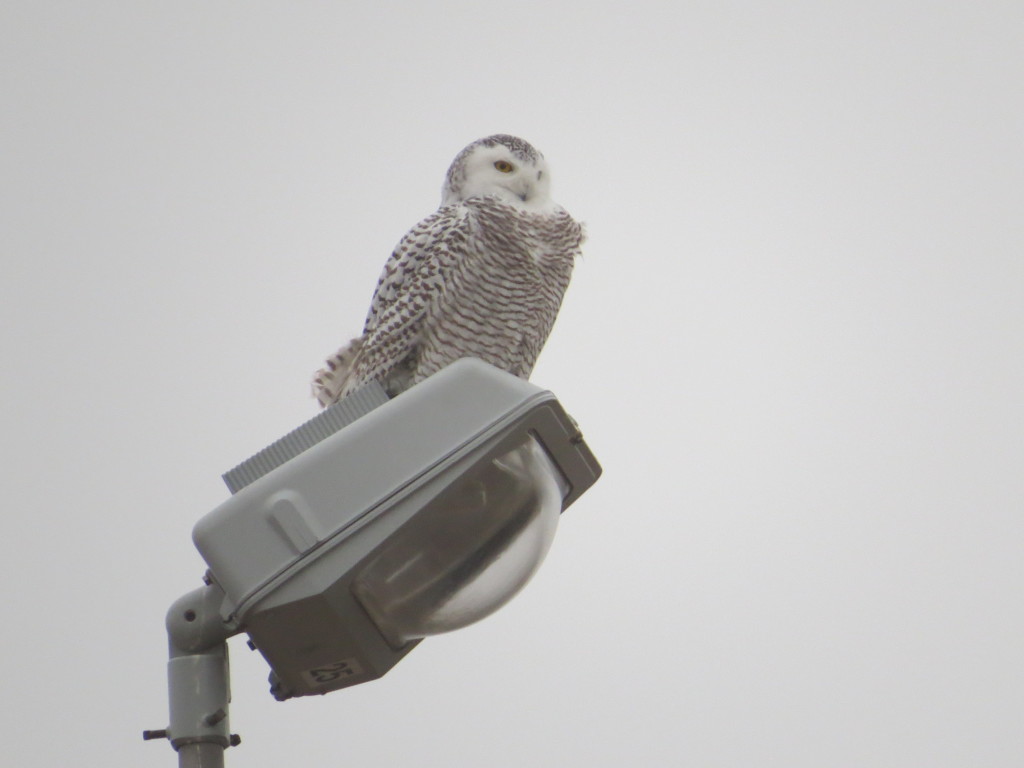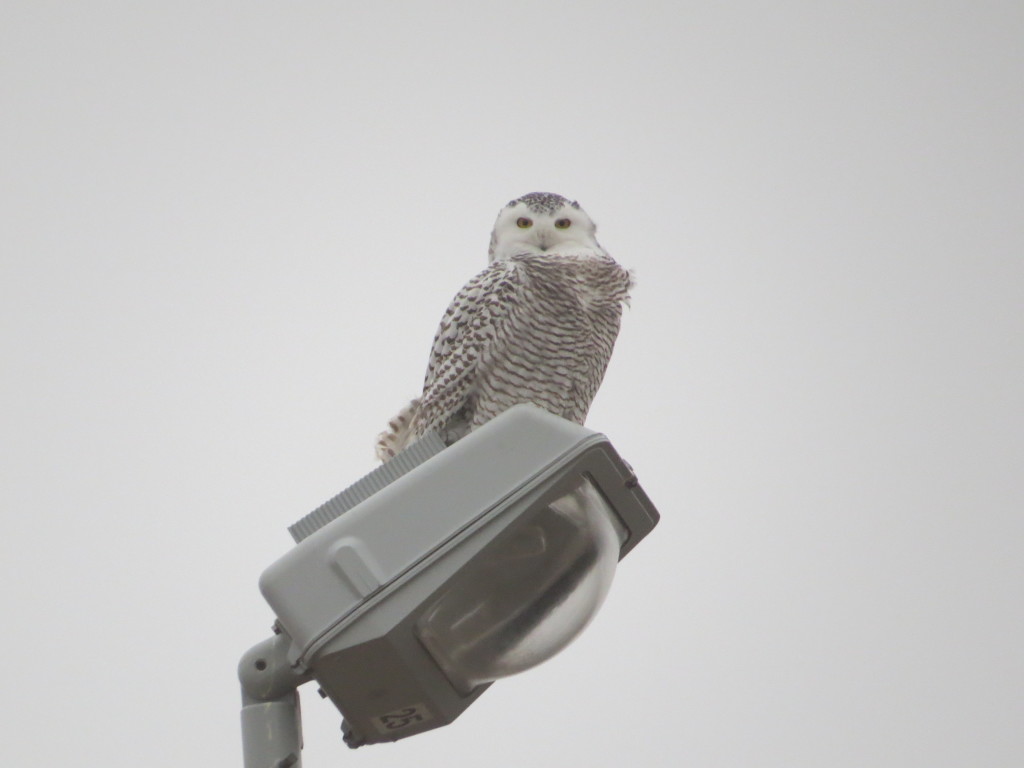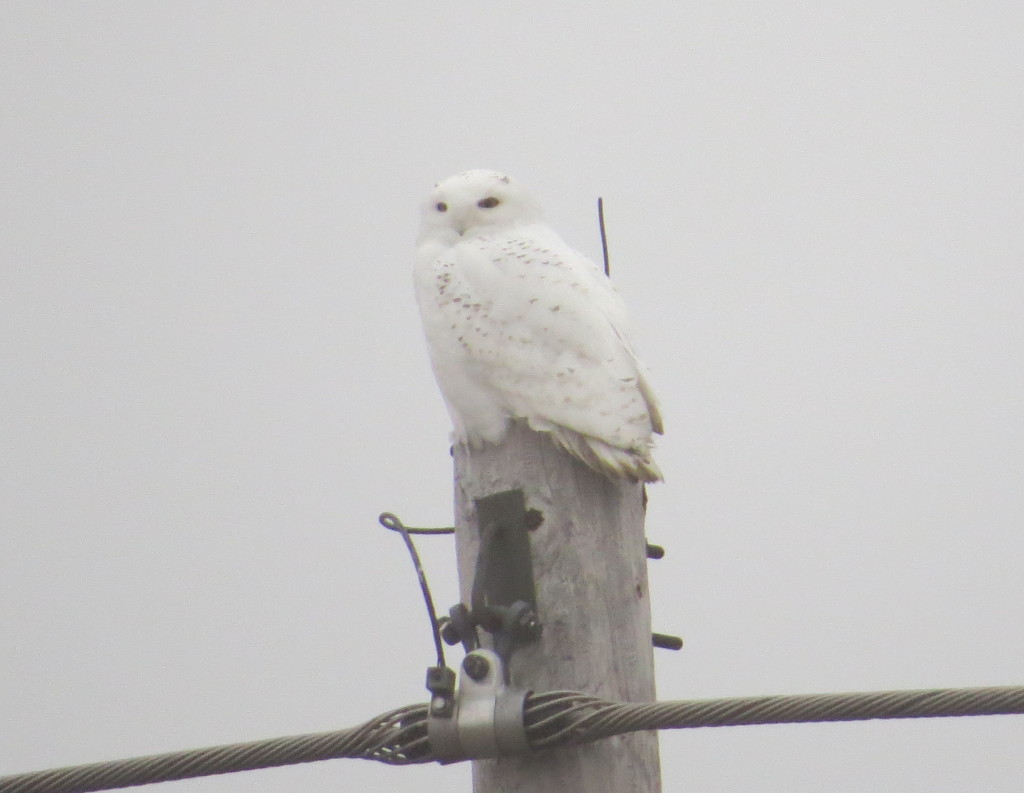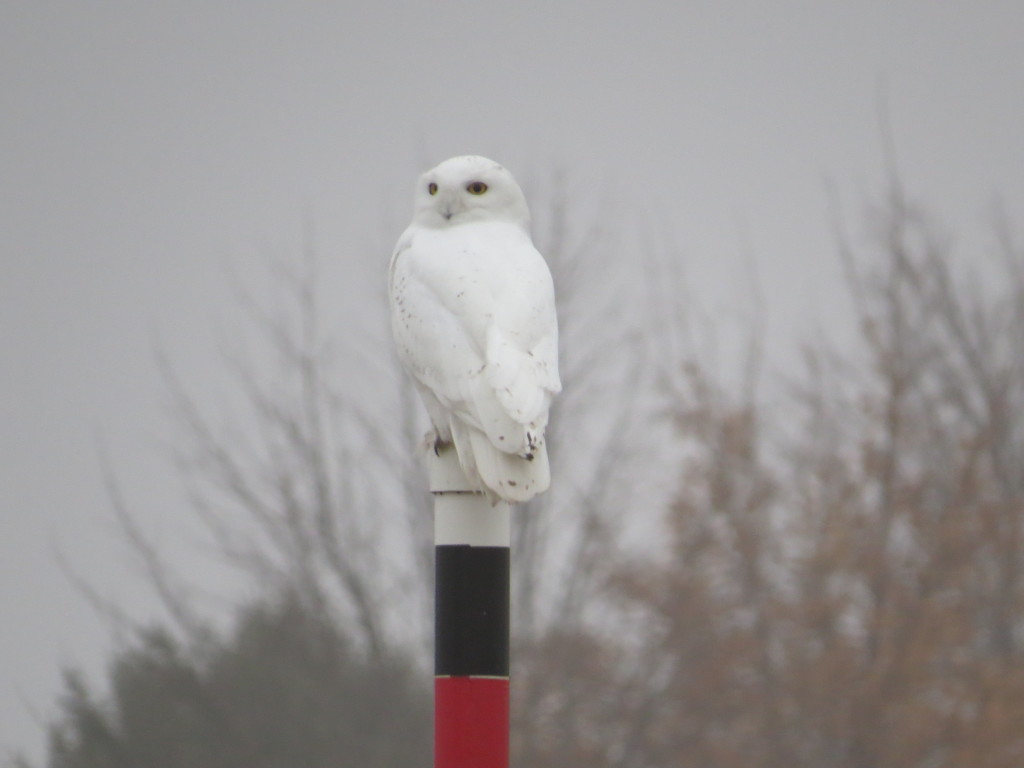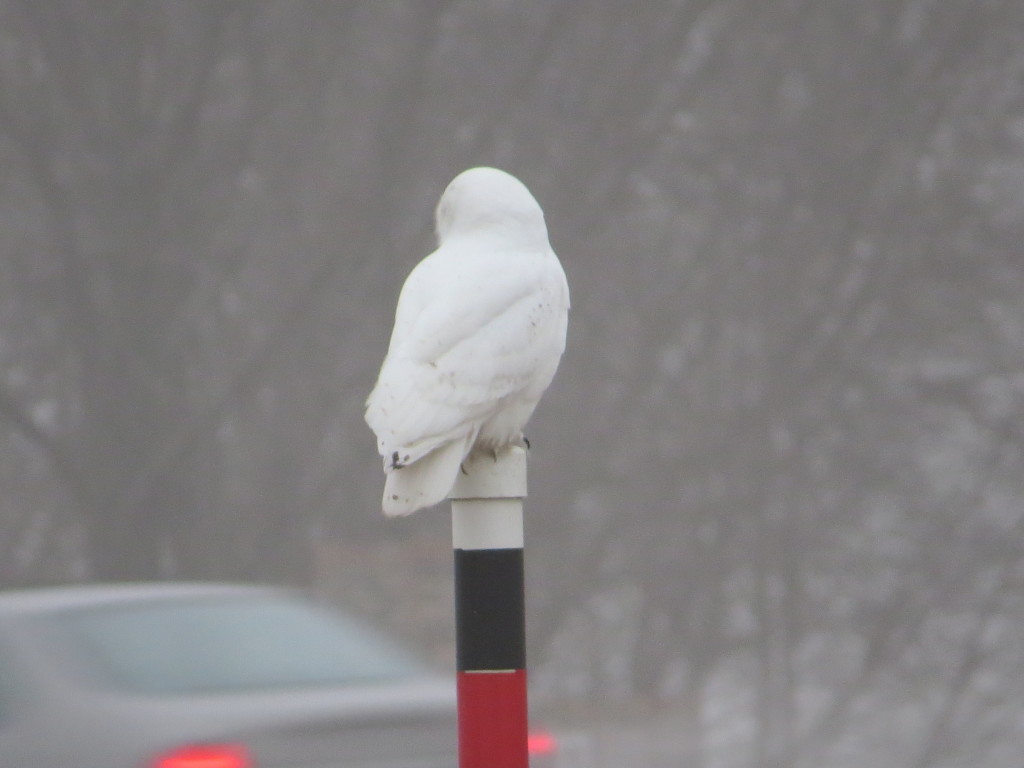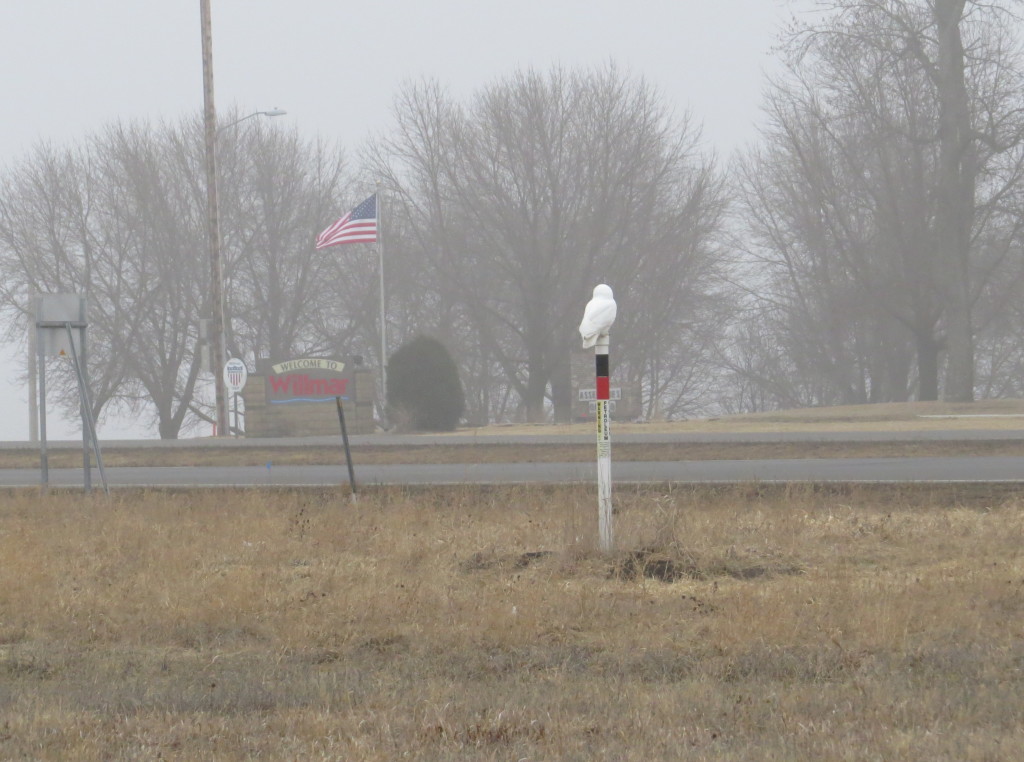I have long known that Bob Janssen, author of Birds in Minnesota, was hard at work on another birding book with the tantalizing title Birds of Minnesota State Parks. As a birder and a huge fan of our state park system, I was stoked about this book. I first learned about it from Bob himself when I spoke with him on the phone one time in an attempt to help him finally get his Meeker County Snowy Owl. Every birder has his own cross to bear. Bob’s is a Meeker County Snowy Owl. This one has eluded the godfather of 87-county-listing in Minnesota. I believe Bob made seven such attempts on my numerous reports in the last two years but still could not see SNOW in Meeker.
Not only did I know about Bob’s book, but I recently found out that Bob was doing a book talk at a handful of state parks with the first talk at our own Sibley State Park! As luck would have it, our schedule was clear on June 8th allowing Evan and me to go. I hadn’t yet picked up a copy of Bob’s book, so I planned to do so at the park that evening before the talk. Evan asked if he could have the book. I told him I was buying it, so it would be mine. He still seemed put-off, so Melissa consoled him by telling him the book would be his after I was dead. Gee, thanks, Melissa.
Anyhow, after purchasing the book at the contact station, we made a quick check on the Mt. Tom road to see if the Cerulean Warbler had returned this year. I didn’t hear anything, but to be fair, I was rushing since we were nearly late for the book talk at the Interpretive Center. We did arrive a minute late and quickly assumed seats in the back row and began listening to Bob’s talk.
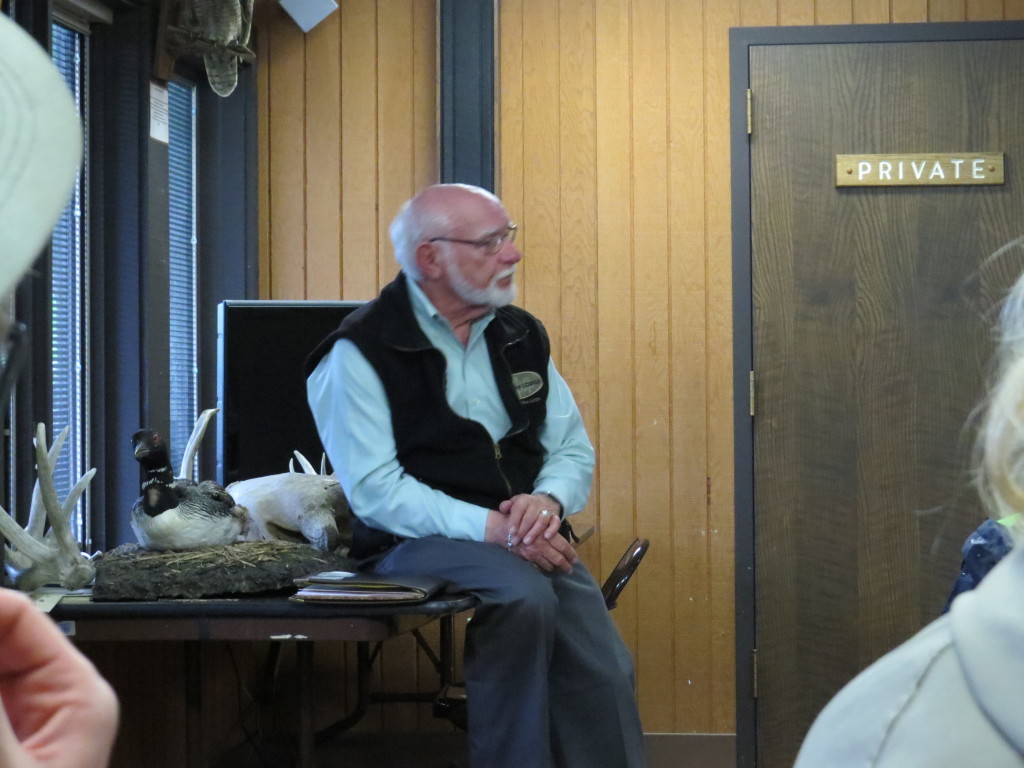
Bob talked about how the State called him up in the 90s and asked him if he knew anybody that would be willing to do bird surveys in all of Minnesota’s state parks. Bob immediately jumped at the opportunity by suggesting himself. It is because of Bob and all his work that we have those awesome bird checklists for every state park. One of Evan’s favorite things to do whenever we go to a state park is to collect that park’s checklist.
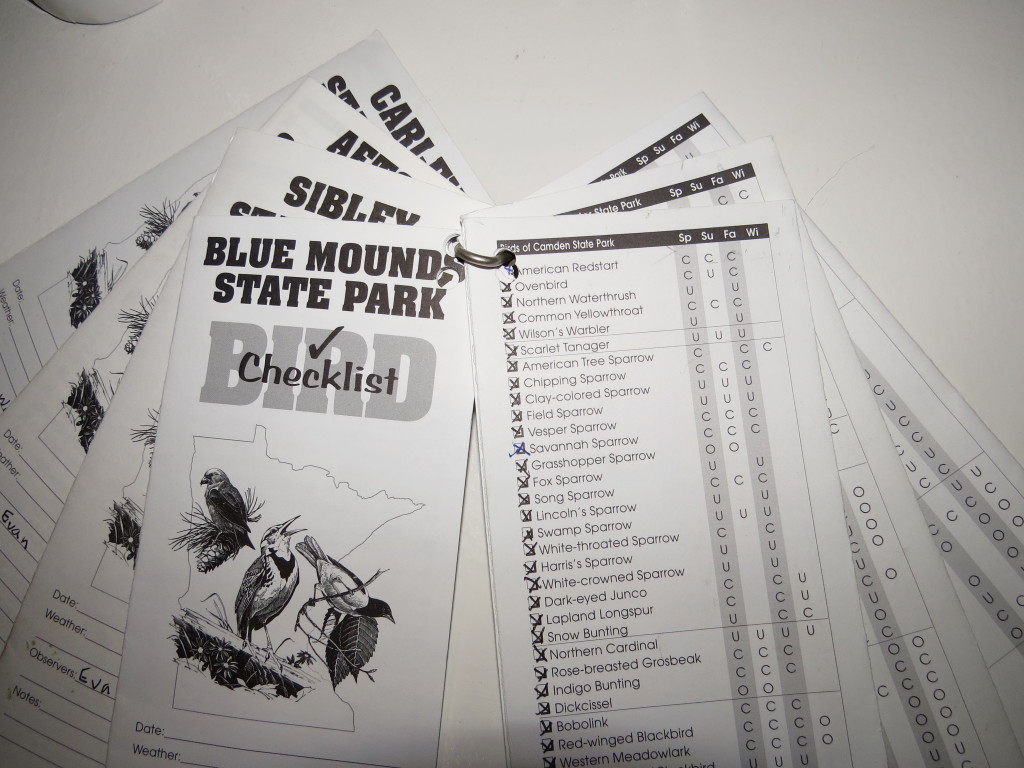
Eventually the state wanted Bob to do a book from the result of all his work that would provide an overview of the birding at each state park. Genius idea.
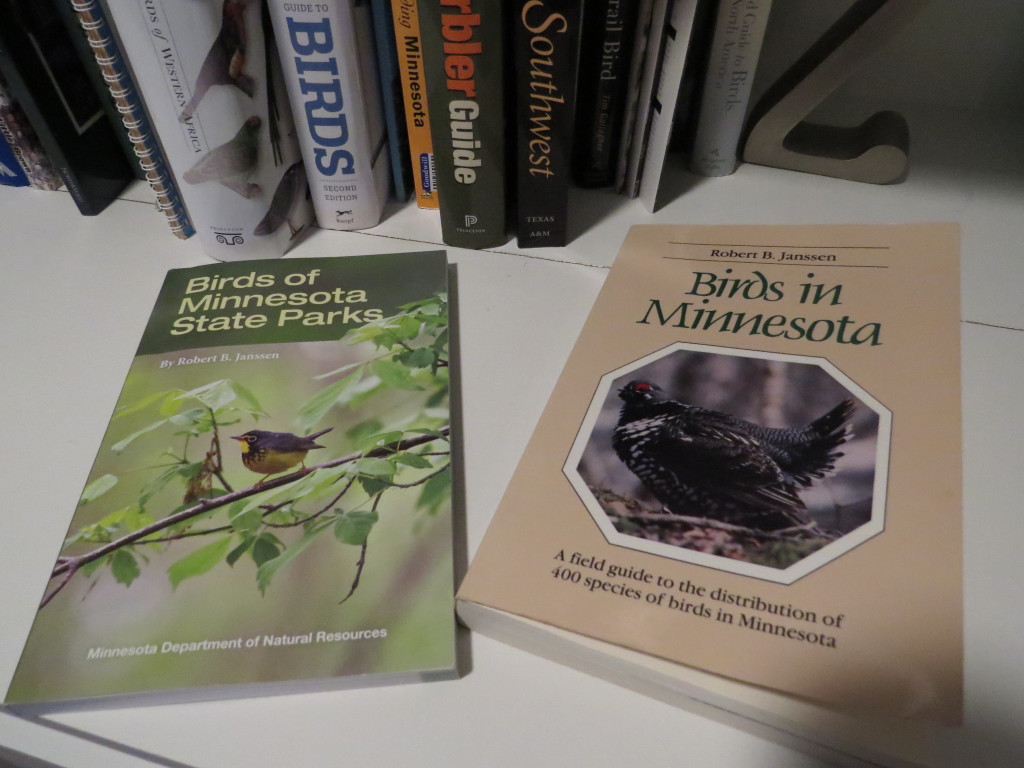
Part of Bob’s presentation included a slideshow with pictures of various birds that are associated with various state parks around the state. Bob put up the first picture of a bright yellow bird with a big black eye and slender black bill. Then he asked the audience of about 30 people if anyone knew what the bird was. Evan’s hand shot straight into the air immediately. Bob called on Evan who correctly and enthusiastically responded, “Prothonotary Warbler!”
I don’t remember Bob’s exact words, but he was surprised and said something to the effect of “Very good young man! That’s impressive.” That set the pattern for the next several minutes–a bird picture would go up followed immediately by Evan’s hand. Bob would again call on Evan who would again get the correct answer. Two things were clear: the audience wasn’t made up of serious birders besides us, and Bob was getting a kick out of the young man who knew his birds.
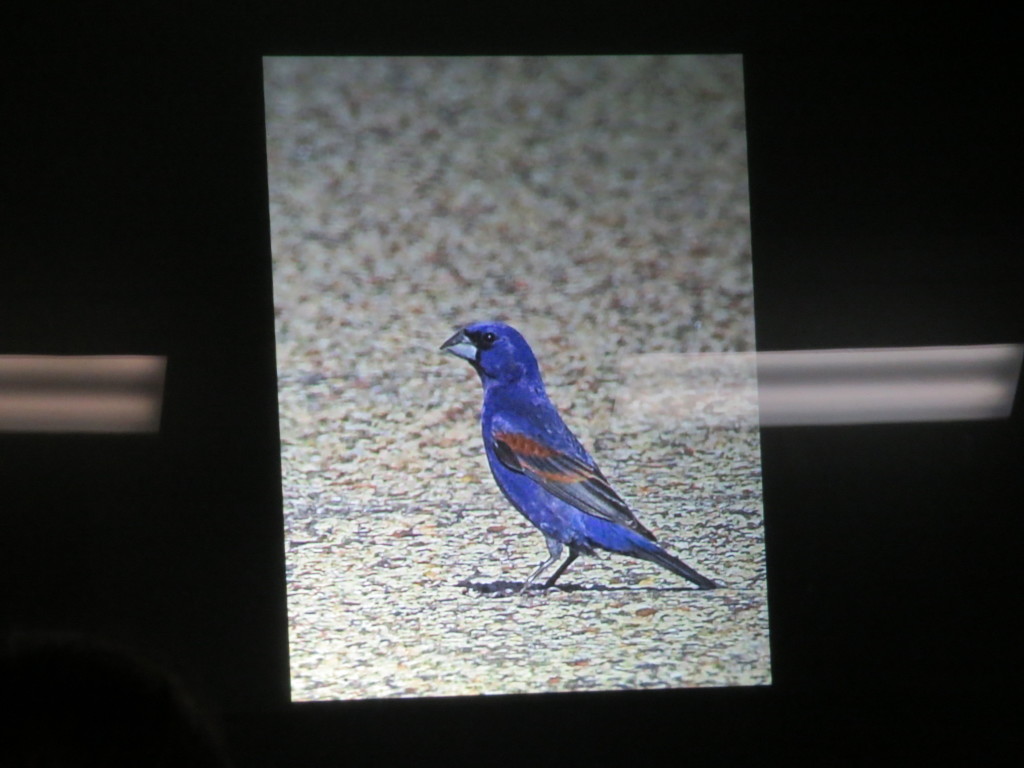
“Blue Grosbeak!” -Evan
One time after a correct response, Bob looked at me and asked, “How does he know all these?” The dad in me was proud; the teacher in me cringed that my kid was showing off and loving it. To be fair, Evan did miss a couple of IDs of birds that aren’t the easiest to ID. I had to chuckle to myself when Evan guessed Caspian Tern incorrectly for a picture of a Forster’s Tern–this is funny because when we got our Caspian lifer a couple weeks ago, Evan turned down my offer for better looks at them. “What, are they those white things over there? Na, I’m good.” If only you looked Evan, you’d have gotten another question right on Bob’s quiz!
Sensing that the rest of the audience may not have been as enthused as the three of us about Evan’s responses, I whispered to Evan that he should let other people answer. He complied even when a fastball came in right over the center of the plate–a picture of a Rose-breasted Grosbeak. With Evan silenced, the others were now emboldened and started throwing out answers. “Ruby-throated Grosbeak! Ruby-throated Grosbeak!” Sorry, Evan, I should have let you continue to lead the pack.
Here are some fun things we learned from the talk:
1) The best state park for seeing the most birds is Frontenac State Park along the Mississippi River.
2) Bob has been in every city, town, and named place in Minnesota.
3) Crane Lake was the last town he visited to complete his checklist of towns. Crane Lake is very close to where I grew up in Orr.
4) Bob has been in every township in Minnesota except one.
5) Bob’s favorite bird is the Turkey Vulture of all birds. Shocker. First runner-up is Spruce Grouse. Not a shocker.
6) Bob’s wife doesn’t go birding with him.
Once the talk was done, people made their way to Bob to visit and get their book signed. After waiting for our turn, I re-introduced myself to Bob. I have spoken with him on the phone a couple times and run into him twice in the field before, once at Le Sueur over a Rufous Hummingbird and once near Granite Falls when we were both looking for Blue Grosbeaks. When I handed Bob the book we just purchased, he asked if he should make it out to Evan (apparently Evan really made an impression). That wasn’t the plan as I had told Evan earlier it was MY book, but I thought I’d look like a royal heel if I said to make it to me instead of my kid, so I faltered in my response, “Umm, uhh, yeah.” I suppose it’s appropriate, since the kid will get MY book after my DEATH. Oh, well, at least I brought my copy of Birds in Minnesota which Bob signed to ME.
 After the signings, we had a nice little chat about Snowy Owls and Blue Grosbeaks. There were others waiting to see Bob, though, so we moved on shortly. When we were upstairs in the Interpretive Center and Evan was checking out all the exhibits, I got thinking that I really should go back downstairs and pick Bob’s brain about birding at Sibley State Park and Kandiyohi County in general. Maybe he could reveal some secrets I didn’t know about.
After the signings, we had a nice little chat about Snowy Owls and Blue Grosbeaks. There were others waiting to see Bob, though, so we moved on shortly. When we were upstairs in the Interpretive Center and Evan was checking out all the exhibits, I got thinking that I really should go back downstairs and pick Bob’s brain about birding at Sibley State Park and Kandiyohi County in general. Maybe he could reveal some secrets I didn’t know about.
Back downstairs, there was now only one other man talking with Bob. I overheard them mentioning Wood Thrushes. I had to butt in and ask if they’d seen one at the park because that would be a good find. It turns out that Bob was explaining to the gentleman that the Wood Thrush is a bird he still does not have for Kandiyohi County. Talk about serendipity because **news flash** I finally laid eyes on a Wood Thrush for the first time in my life just the day before thanks to a recent report by Andrew Nyhus. I told Bob this and he excitedly started writing down directions. Then I got thinking–it was only 7:00 with lots of daylight left, so I suggested to Bob that he could still get the Wood Thrush tonight on his way home to the Twin Cities. I told him I’d even lead him to the exact spot. He seemed to like this suggestion as he started packing up his things a little quicker.
So that’s how we ended up birding with a Minnesota birding legend. Bob followed our car down to Lake Elizabeth. Things started off a bit tense once we got on site, though. The three of us were standing on the gravel road when all the sudden a man appeared from a trail in the woods holding a rifle at the ready! I naively thought he was hunting something, but then he nervously started laughing and telling us about how his camper in the woods had been robbed recently. Through more nervous laughter he told us we obviously weren’t the thieves. Well, thank God he realized that! Then as quickly as he appeared, he disappeared back into his lair in the woods. It was bizarre, unsettling, and very memorable.
Back to birding, I wasn’t hearing the Wood Thrush. I walked the road down a ways and then I finally detected the faint sound of the WOTH deep in the woods. Bob then heard it too, and he finally got his Kandiyohi County Wood Thrush, county bird #21,071!
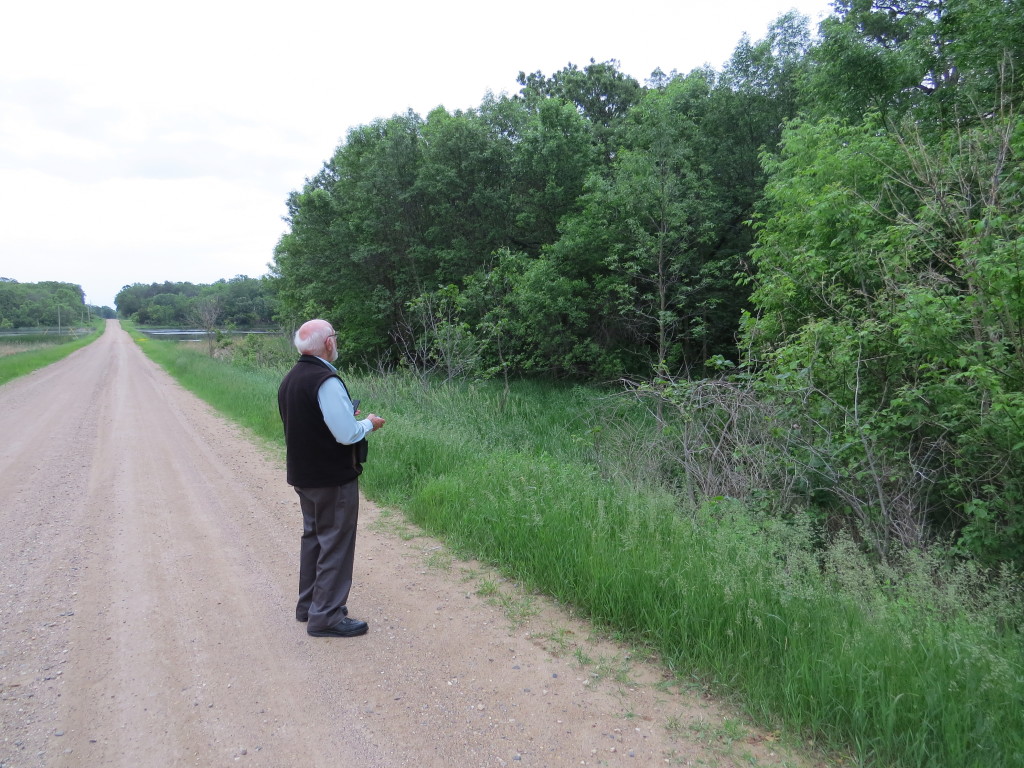
Bob Janssen at the site of his latest county bird, a Kandiyohi County Wood Thrush
Bob leads the state in most county tics. Bob’s numerous misses on Meeker Snowies has weighed heavily on me, so this felt like redemption to help him get a new county bird. We tried for the longest time to get good visuals on the bird. My life look the day before was nothing more than a bird flying over the road. This outing would prove no different. At least Evan did get a brief life look at the Wood Thrush now too. As we walked and talked, Bob told us that his favorite bird song was that of the Wood Thrush.
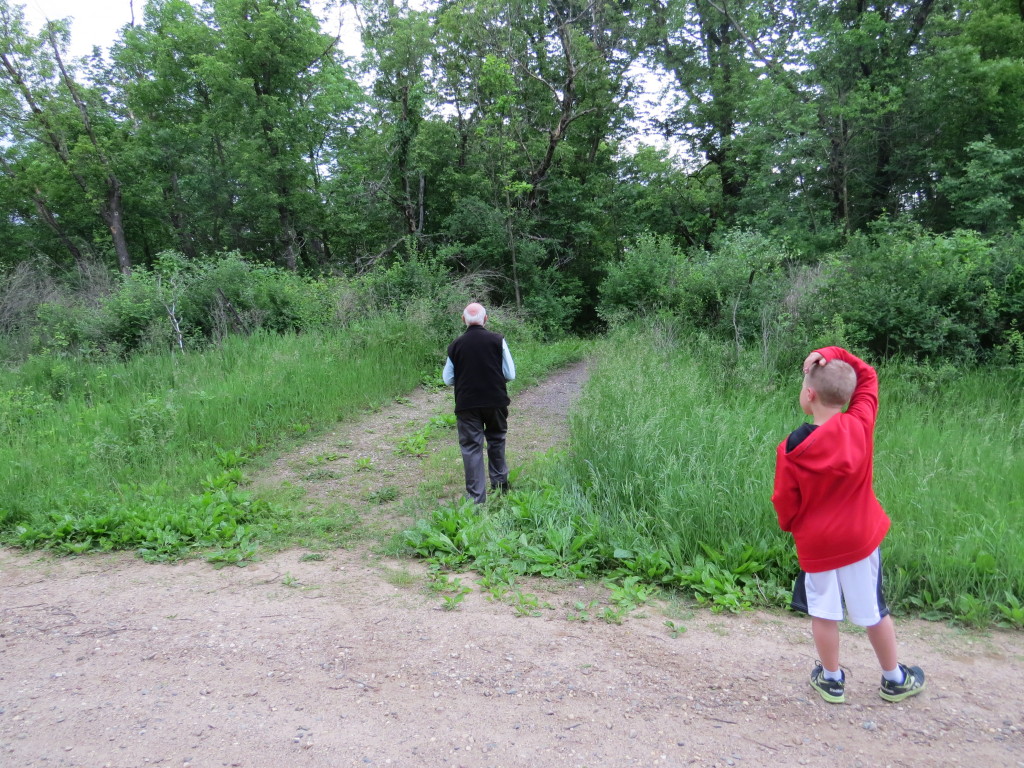
Evan birding with Minnesota birding legend, Bob Janssen. Also, this is the infamous path from which the “hunter” appeared.
Bob also detected a Scarlet Tanager singing, but we couldn’t get visuals on it. However, I was able to get incredible looks at another Scarlet Tanager on the other end of this road just the day before. Both of these Scarlet Tanagers are different than the one I blogged about previously. That’s three SCTA in a week’s time!
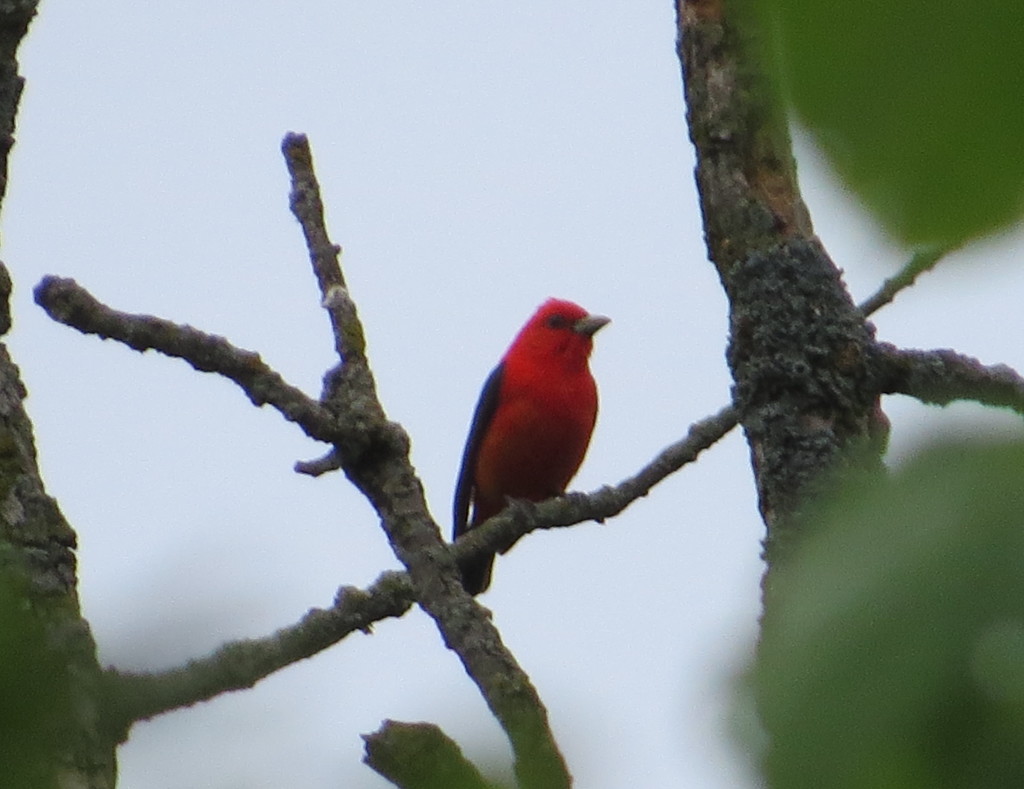 It was an even bigger thrill than my Wood Thrush lifer.
It was an even bigger thrill than my Wood Thrush lifer.
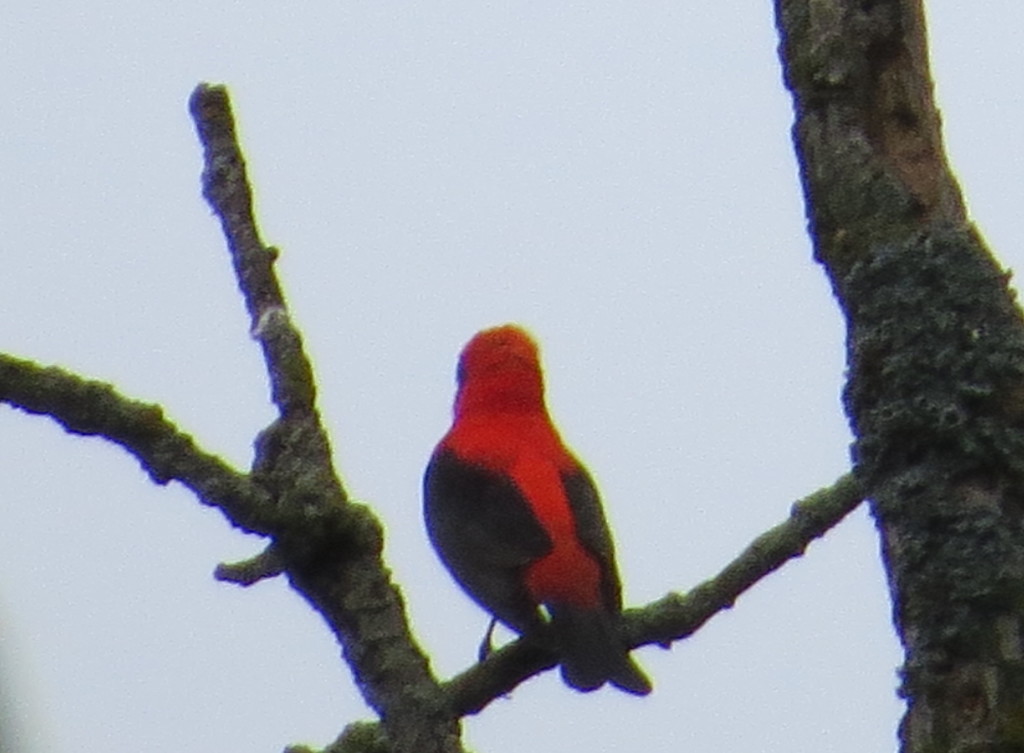 This is ten minutes from home. Ten minutes!
This is ten minutes from home. Ten minutes!
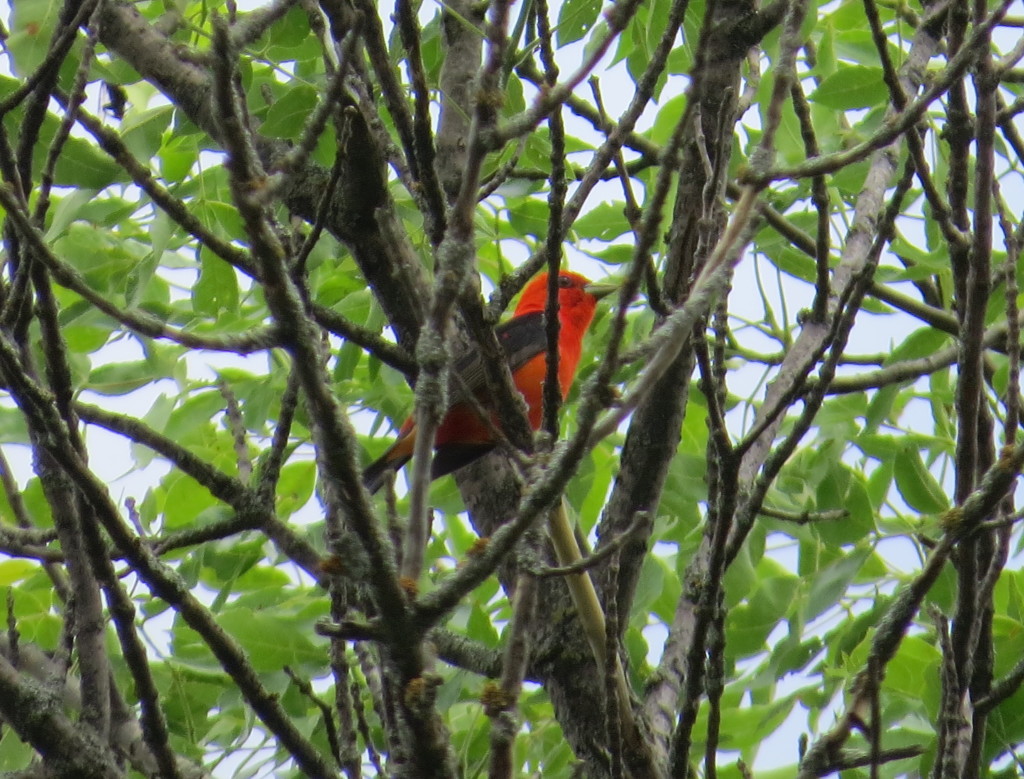
Listening to Bob talk about his book was a special opportunity, but going birding with Bob and helping him achieve a long-time personal birding goal was a huge thrill. I never saw that one coming. It was pretty amazing to hear Bob say that the Wood Thrush made his day. I’m sure that Evan will remember this night much better than he remembers his Terns. A huge thanks goes out to Andrew Nyhus for 1) pointing us to our Wood Thrush lifer on the home turf and 2) providing the info that made this memorable, spontaneous outing possible.

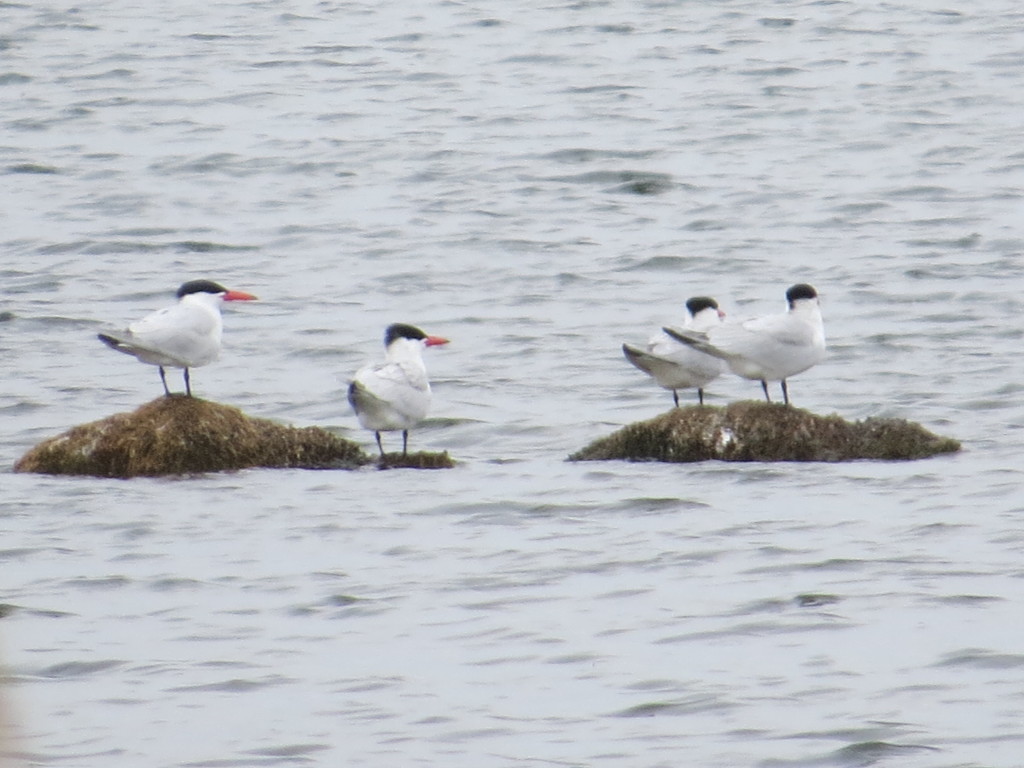
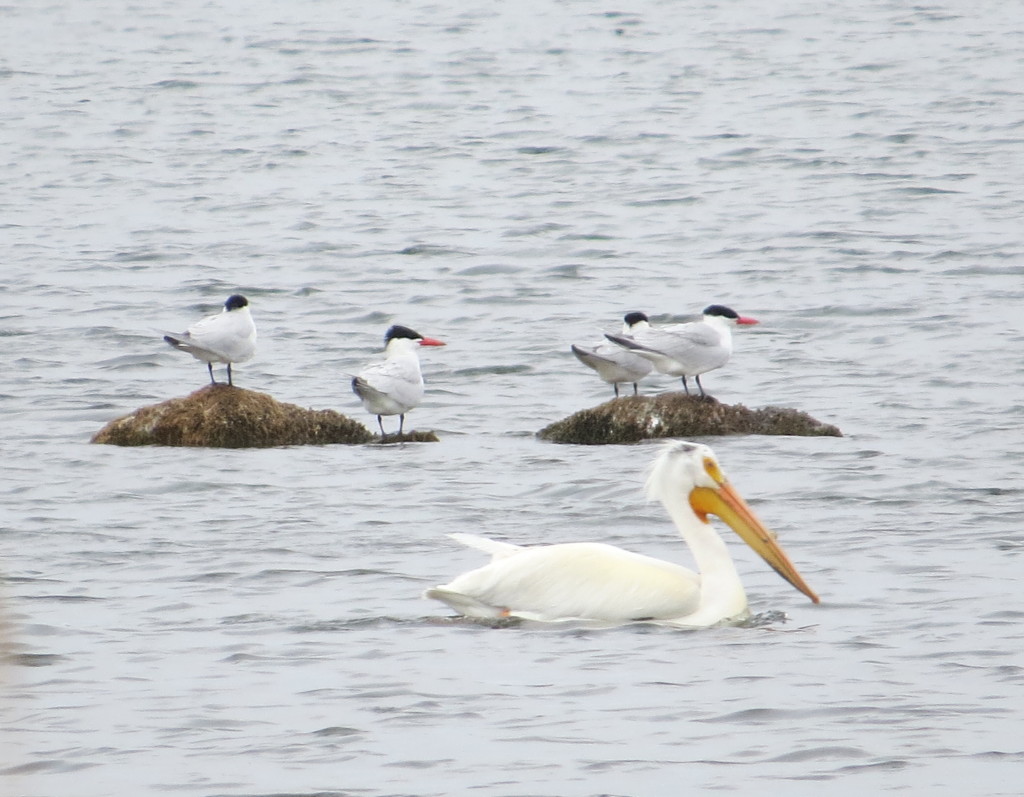
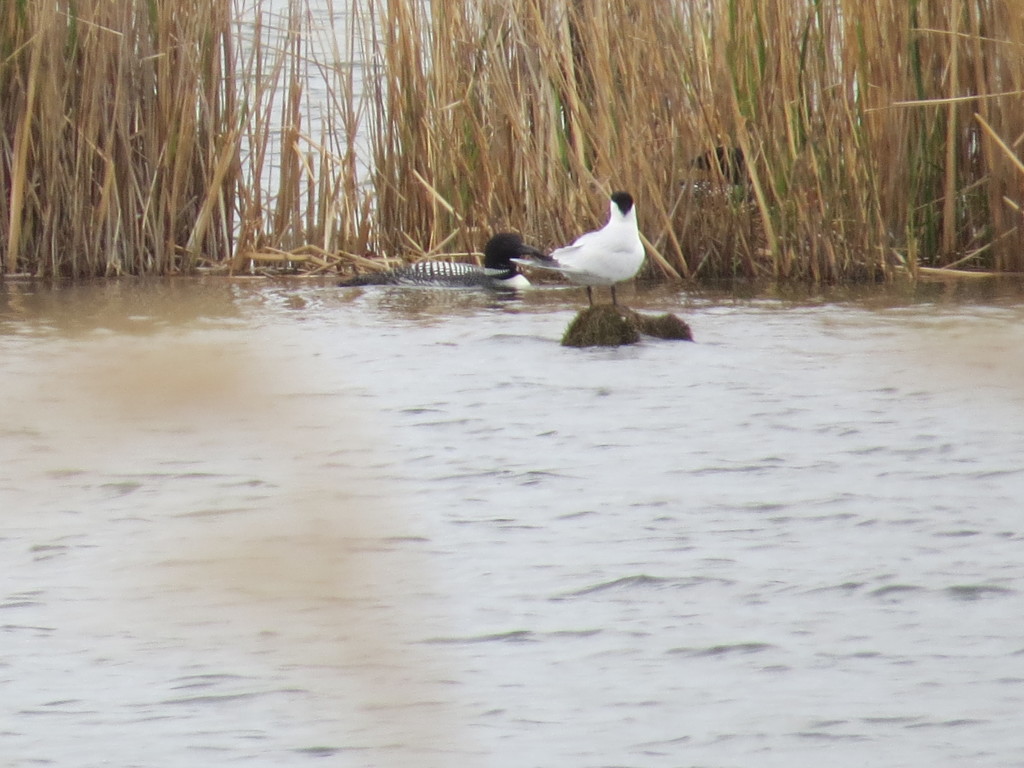
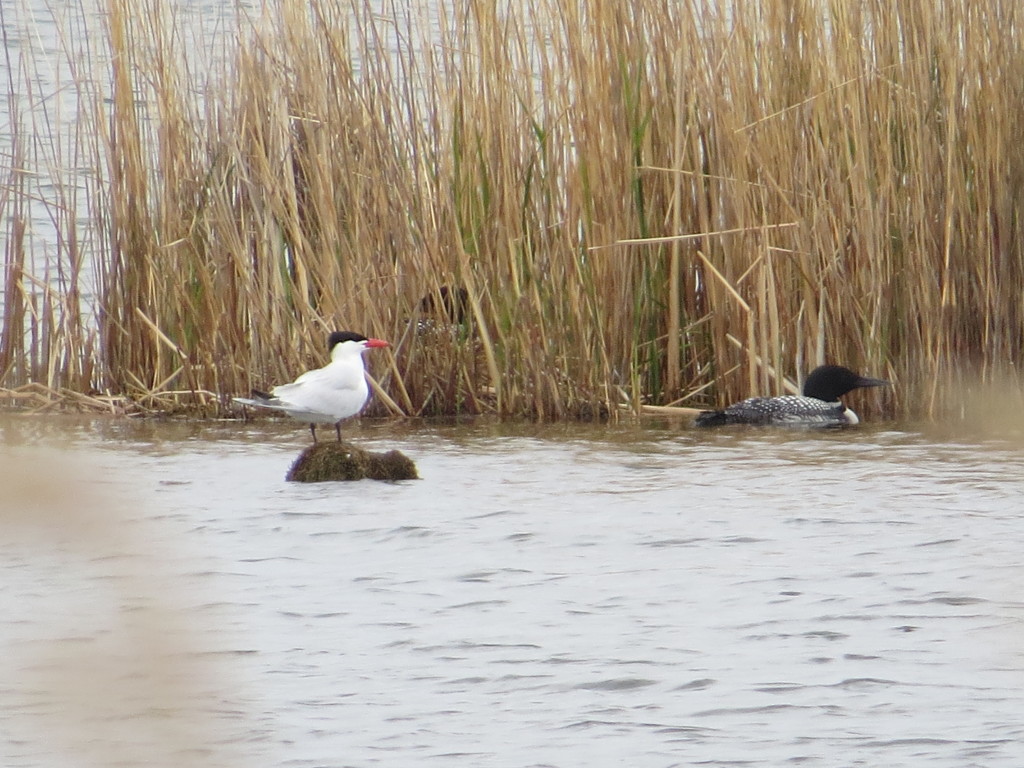
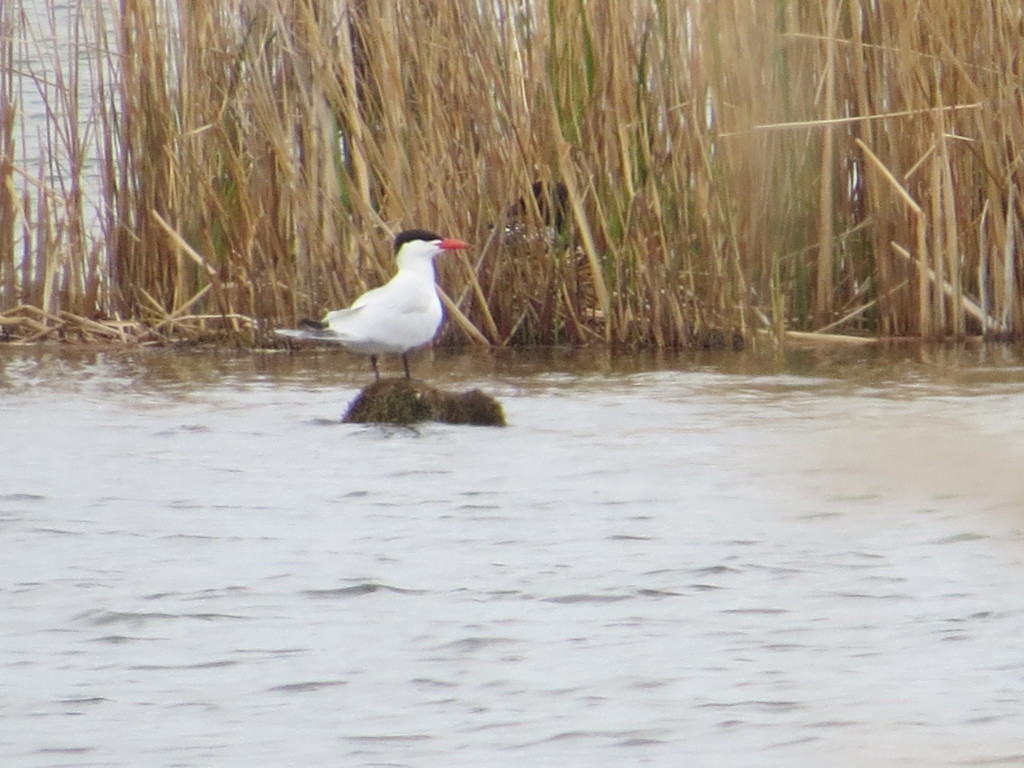
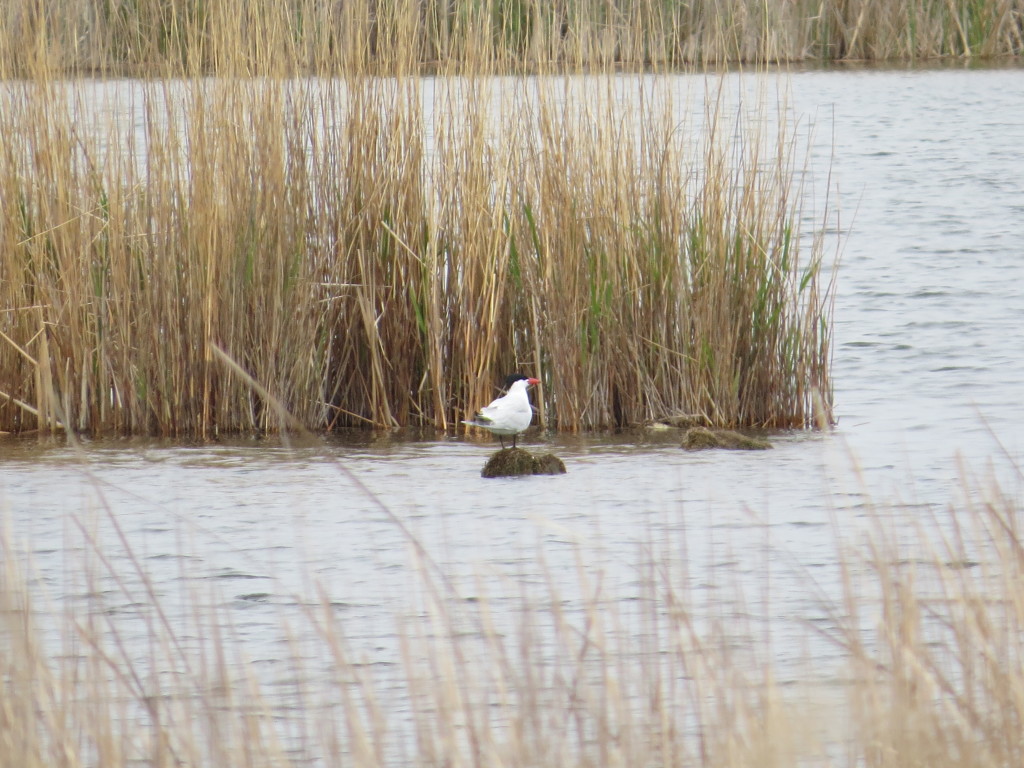
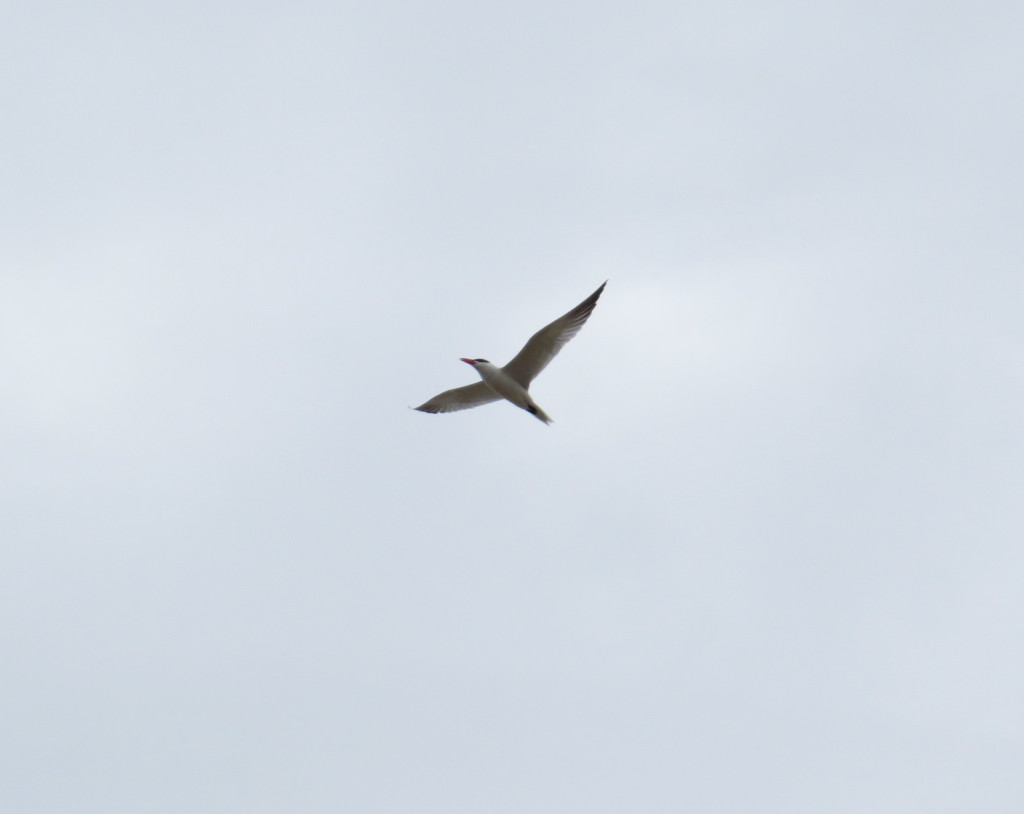
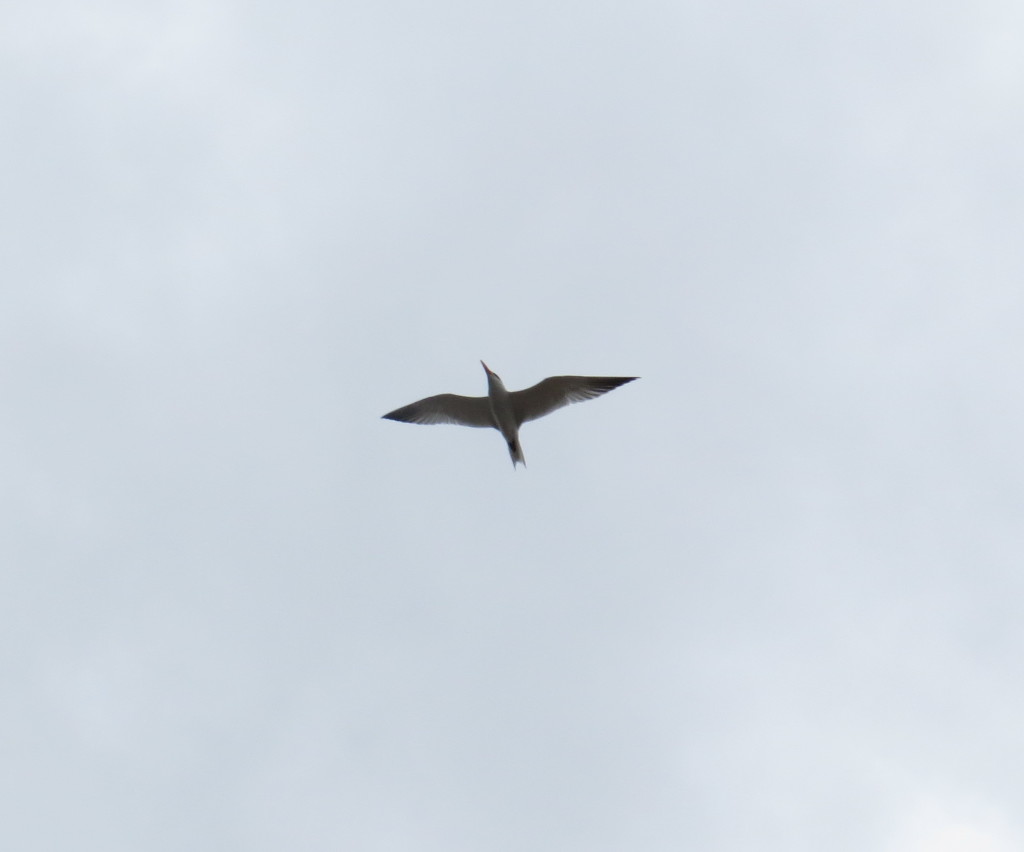
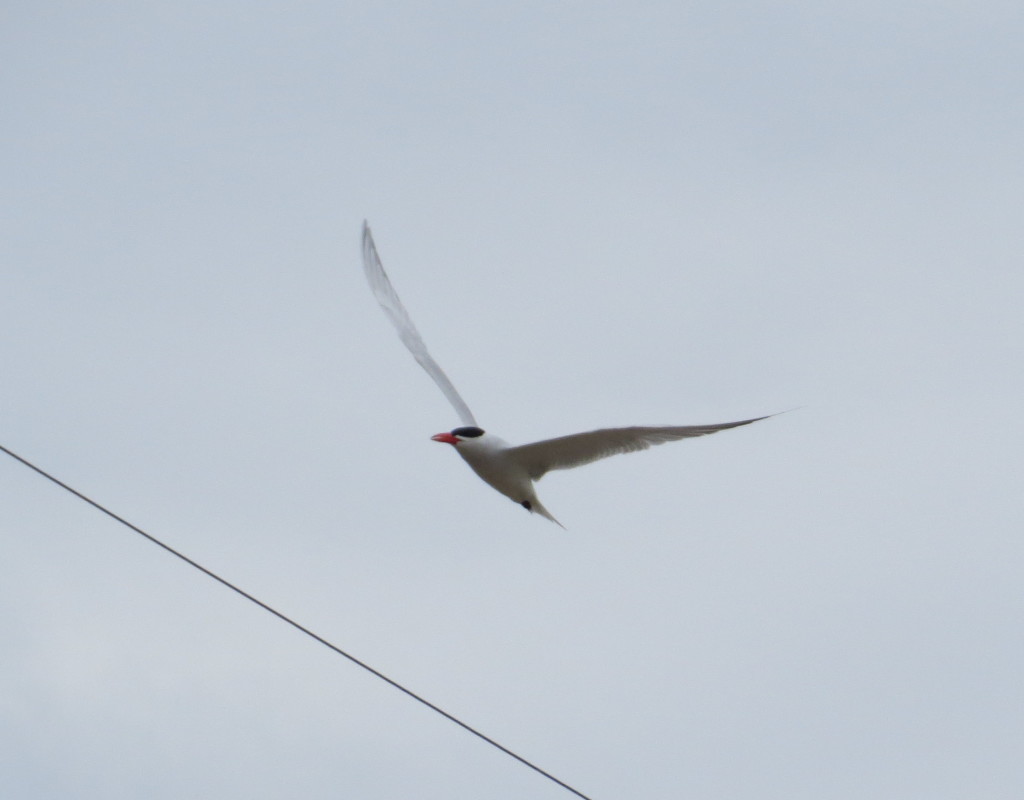
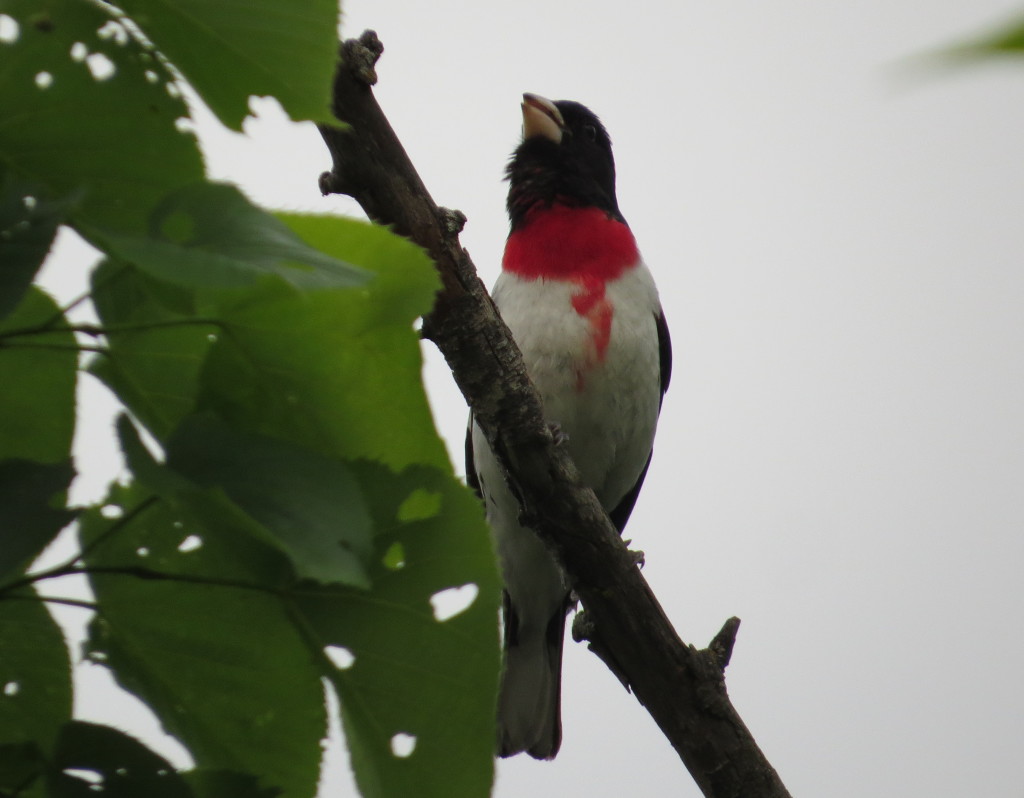
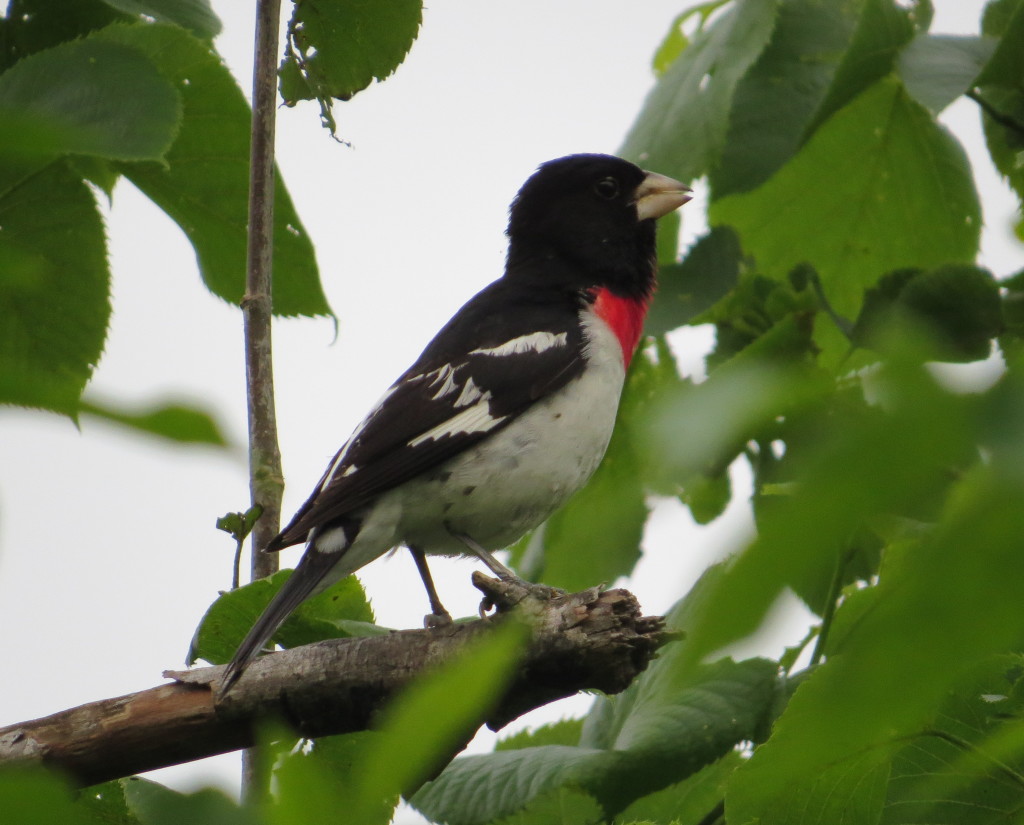 Next is the ever-lovely Scarlet Tanager. It’s hard for me to comprehend that I’ve seen both Western Tanager (more on that later) and now a Scarlet Tanager in the same week. Both are incredibly beautiful birds. Though the Scarlet Tanager is locally uncommon and the Western Tanager is rare state-wide, I’ve actually seen more Western Tanagers in my life. Today’s sighting on Timber Lake Road north of Sibley State Park was only the third time I’ve seen a Scarlet Tanager, and I got my best ever looks. It is such a hard bird to find. Even if it is present, it favors the canopy and is not always conspicuous. With Scarlet Tanager sightings you can have two but never all three of the following: a motionless bird, a conspicuous bird, good light. With a bird as good-looking as SCTA, the first two are often good enough.
Next is the ever-lovely Scarlet Tanager. It’s hard for me to comprehend that I’ve seen both Western Tanager (more on that later) and now a Scarlet Tanager in the same week. Both are incredibly beautiful birds. Though the Scarlet Tanager is locally uncommon and the Western Tanager is rare state-wide, I’ve actually seen more Western Tanagers in my life. Today’s sighting on Timber Lake Road north of Sibley State Park was only the third time I’ve seen a Scarlet Tanager, and I got my best ever looks. It is such a hard bird to find. Even if it is present, it favors the canopy and is not always conspicuous. With Scarlet Tanager sightings you can have two but never all three of the following: a motionless bird, a conspicuous bird, good light. With a bird as good-looking as SCTA, the first two are often good enough.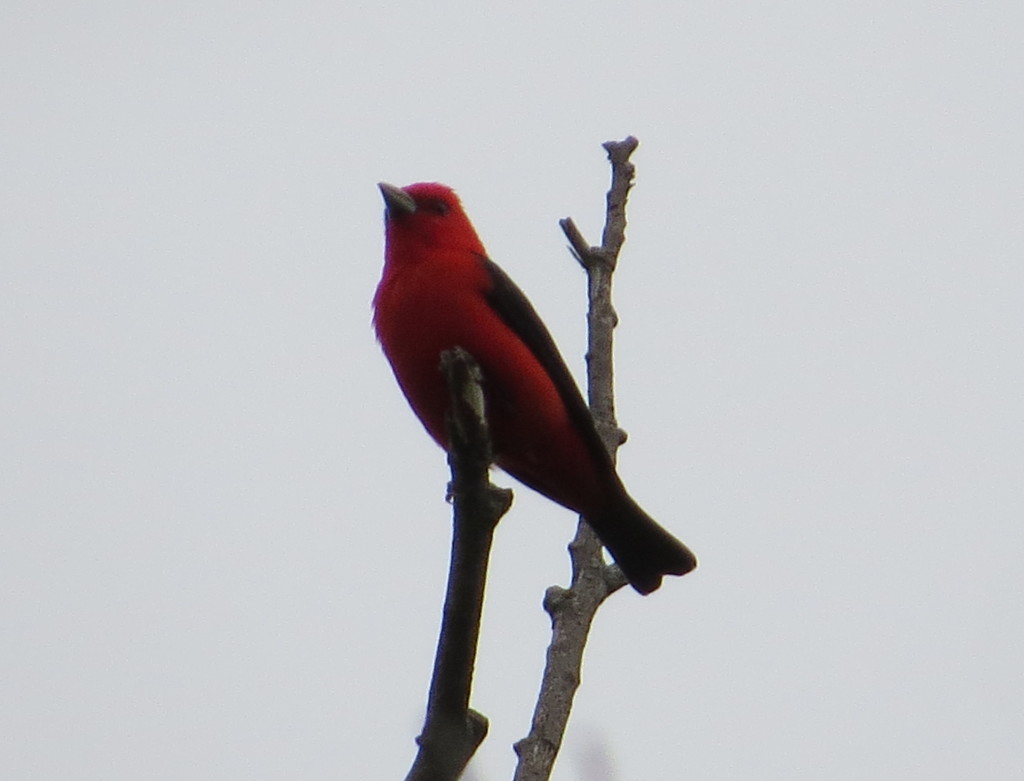
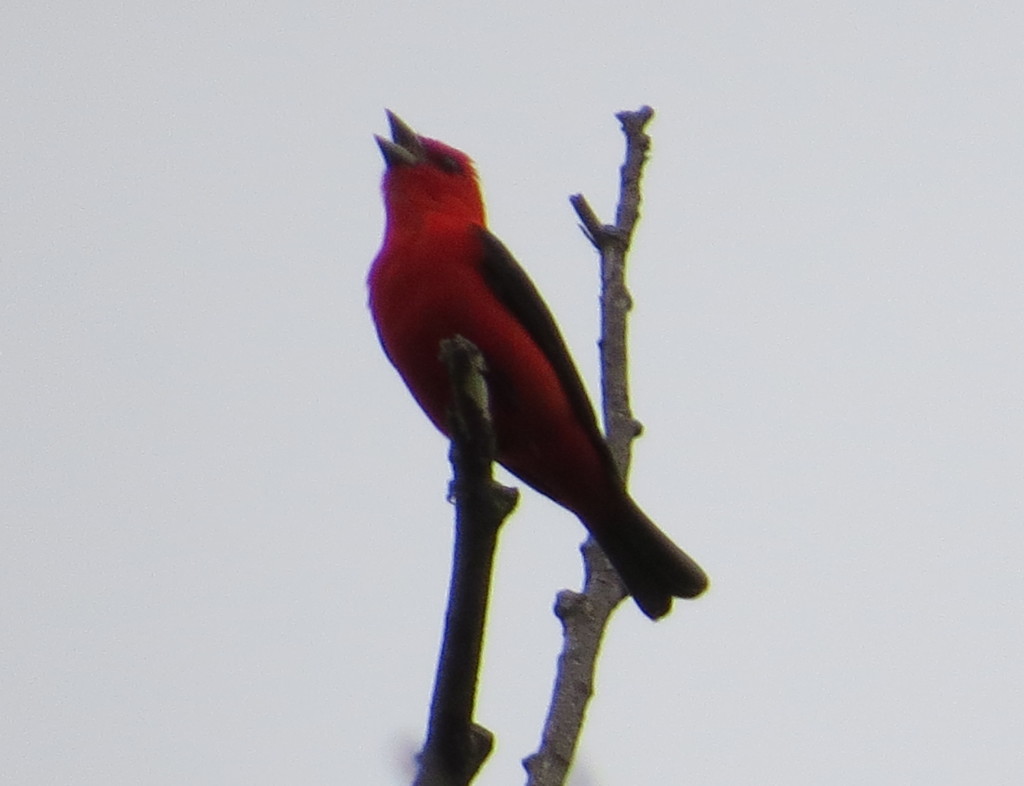
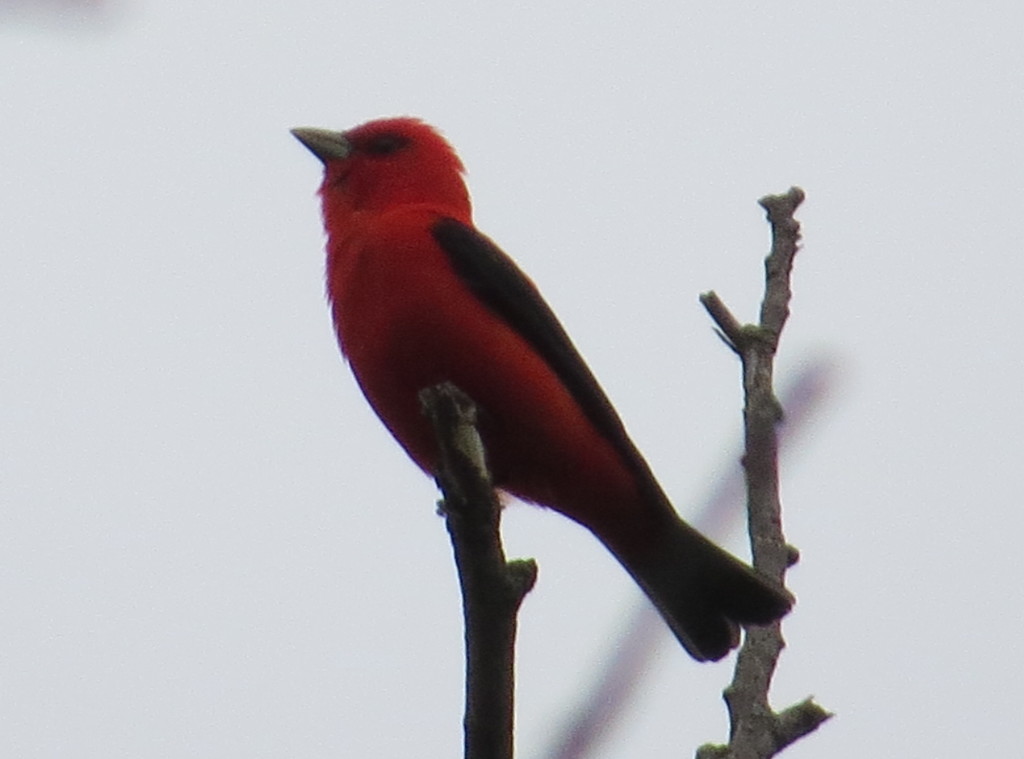
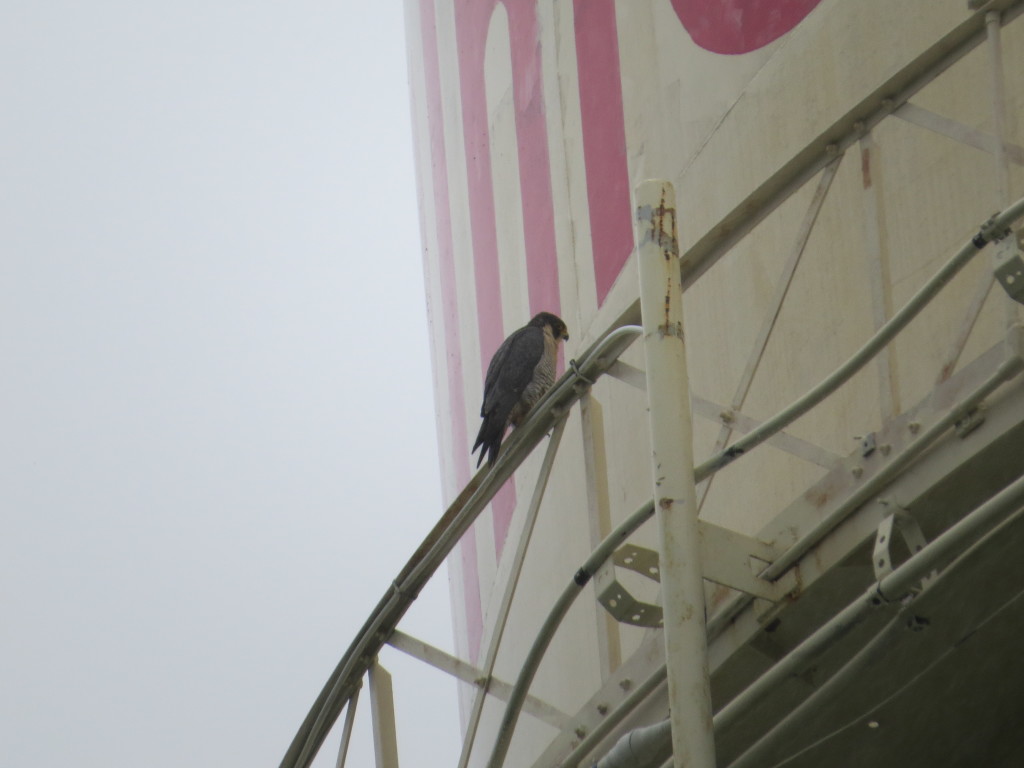 This is such a cool bird any way you slice it, but seeing it at home made it an even bigger thrill. This bird is so awesome that Evan had to get himself a better look with my camera and practiced his photography.
This is such a cool bird any way you slice it, but seeing it at home made it an even bigger thrill. This bird is so awesome that Evan had to get himself a better look with my camera and practiced his photography.
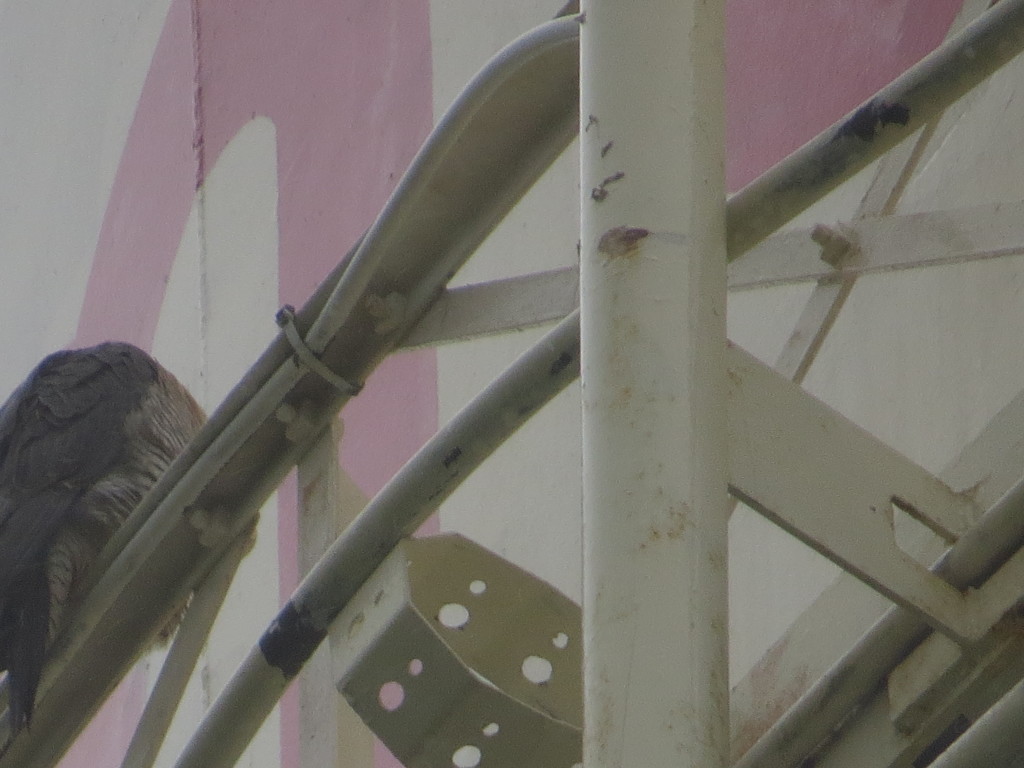
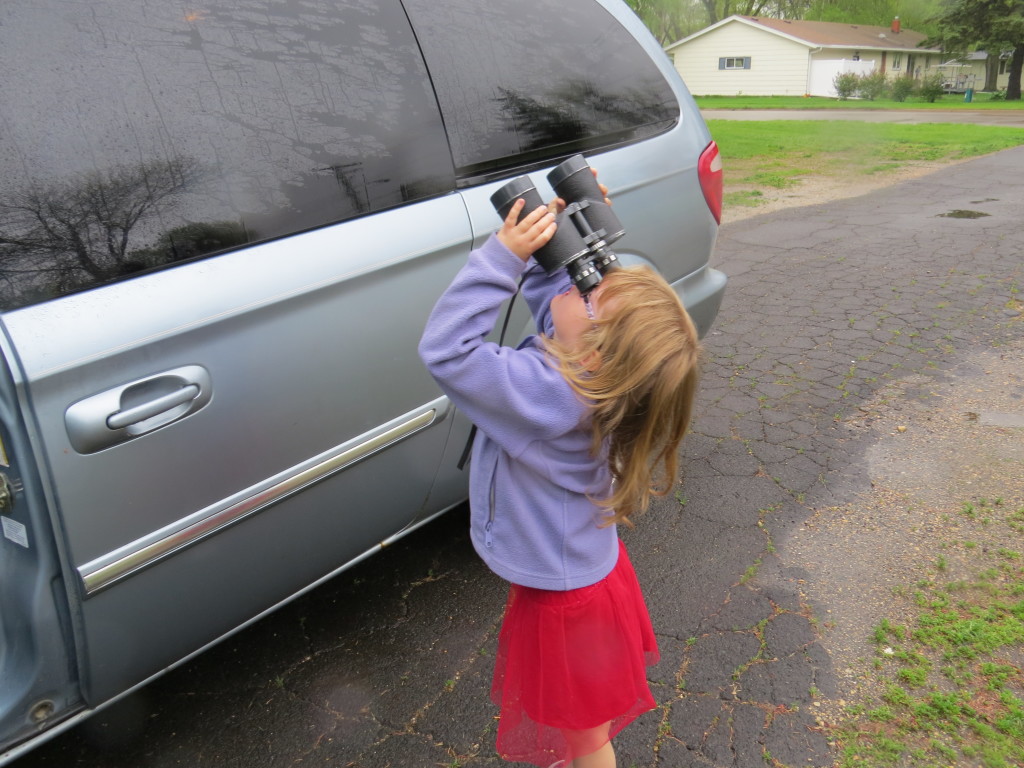
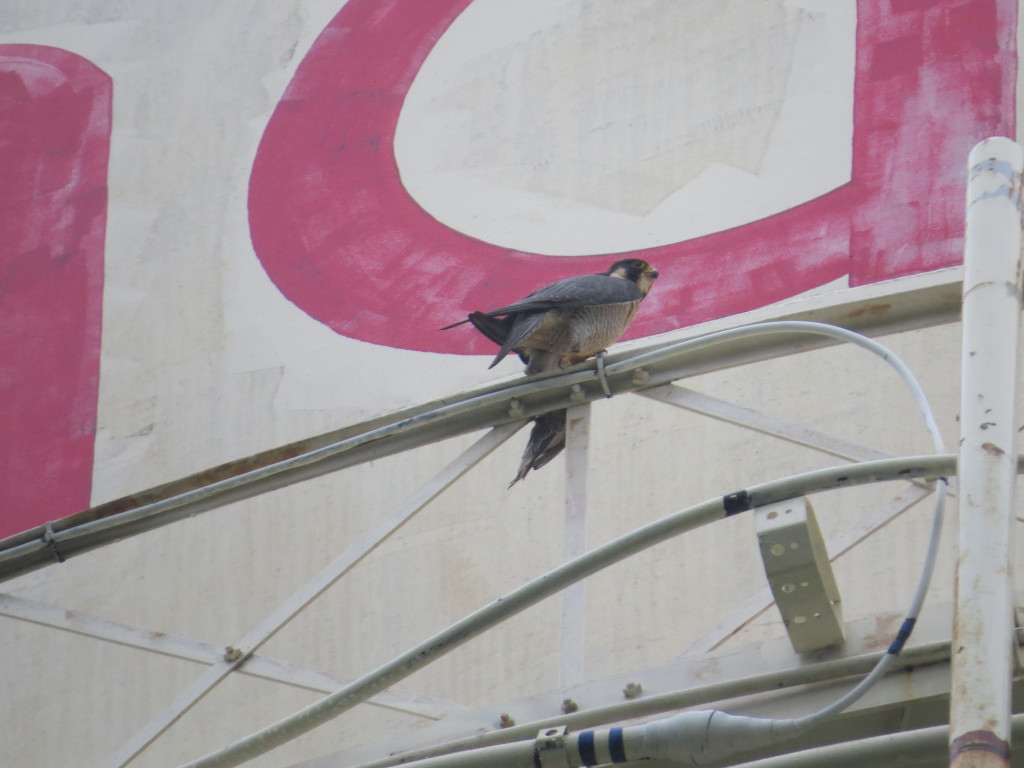 Even though we didn’t see the Peregrine nab this bird mid-flight, it was still pretty sweet to watch it devour its kill. Perhaps the other birder had missed seeing the Falcon because it was out hunting at the time.
Even though we didn’t see the Peregrine nab this bird mid-flight, it was still pretty sweet to watch it devour its kill. Perhaps the other birder had missed seeing the Falcon because it was out hunting at the time.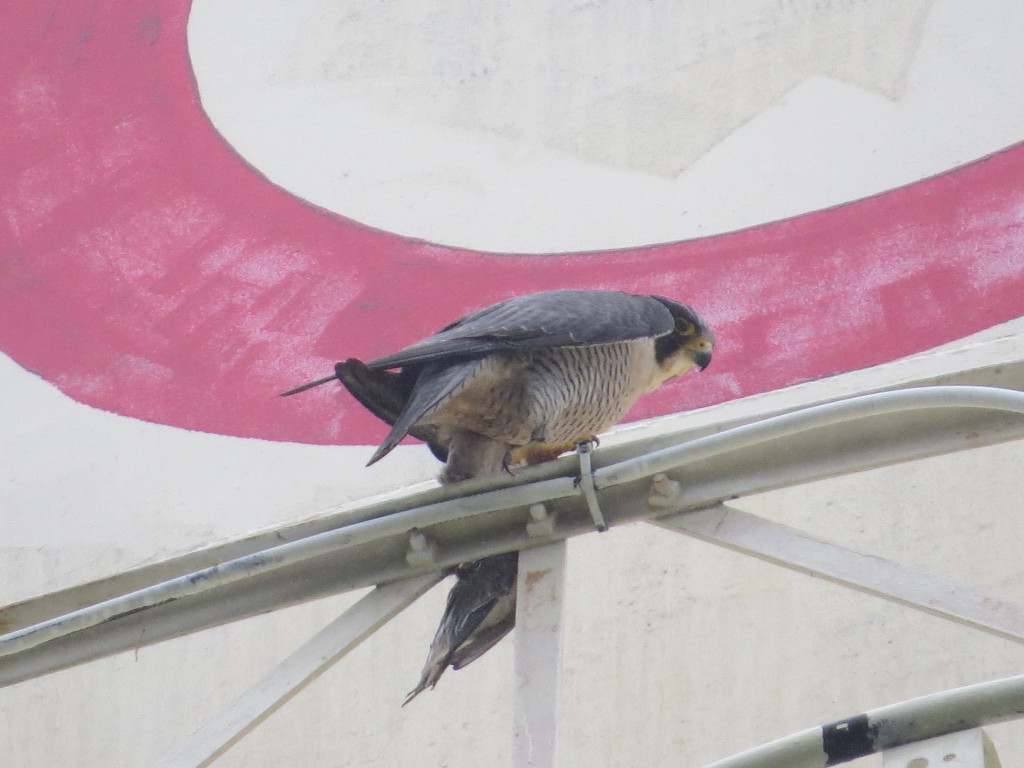 If only, if only that dinner had been a Northern Cardinal…
If only, if only that dinner had been a Northern Cardinal…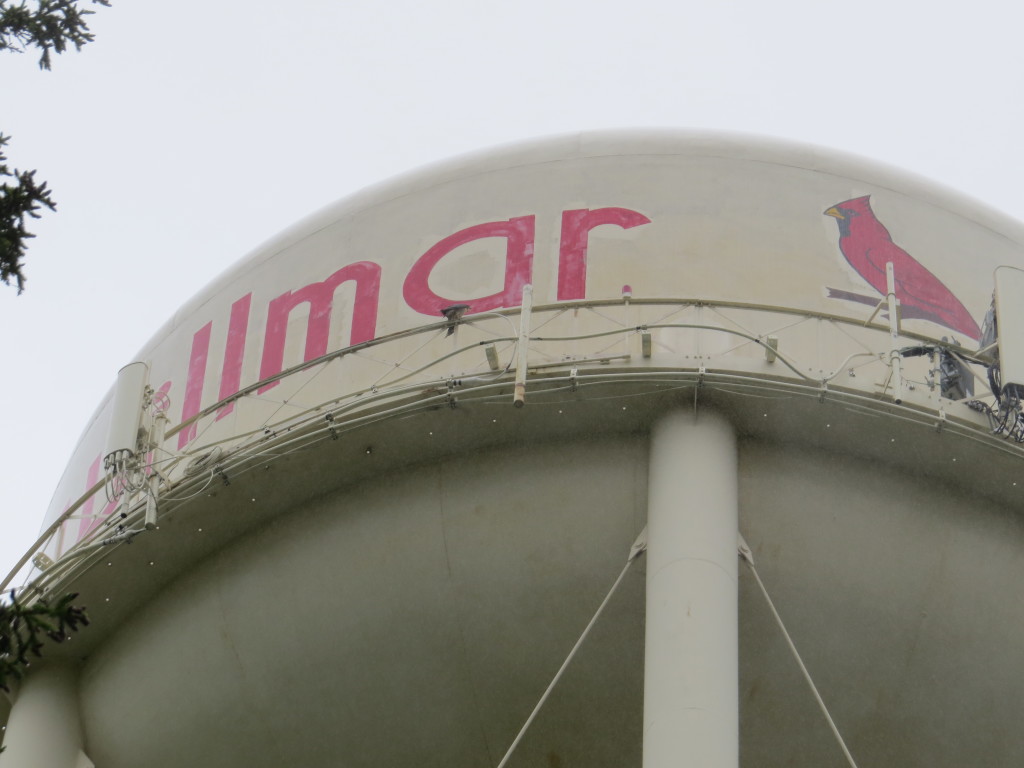
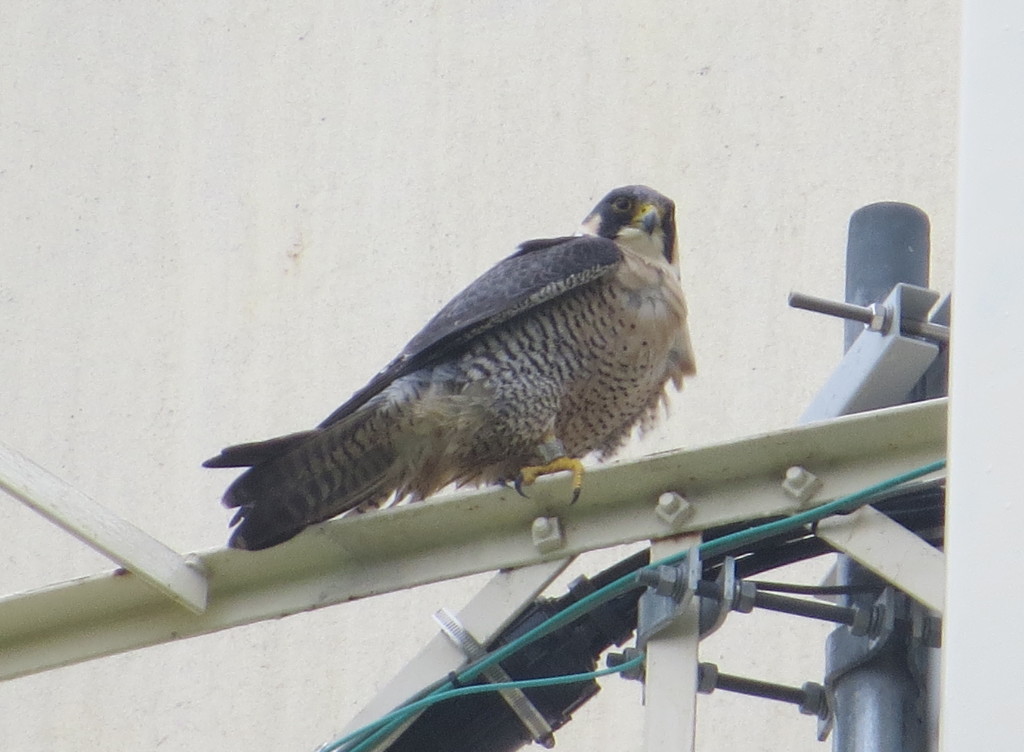
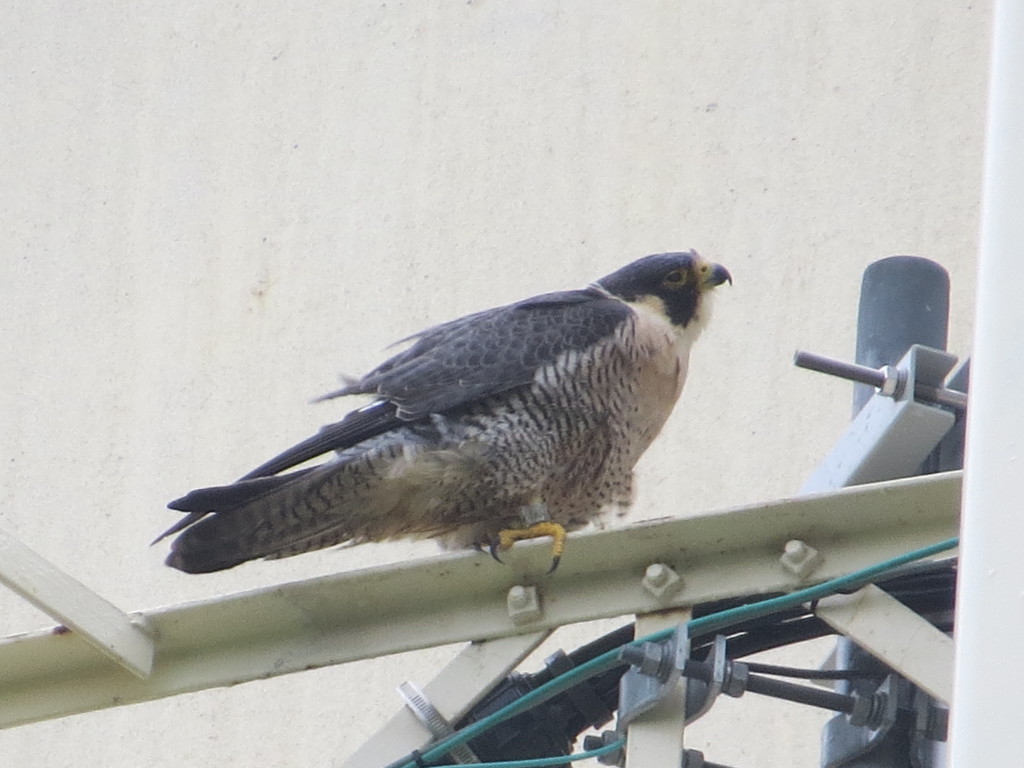
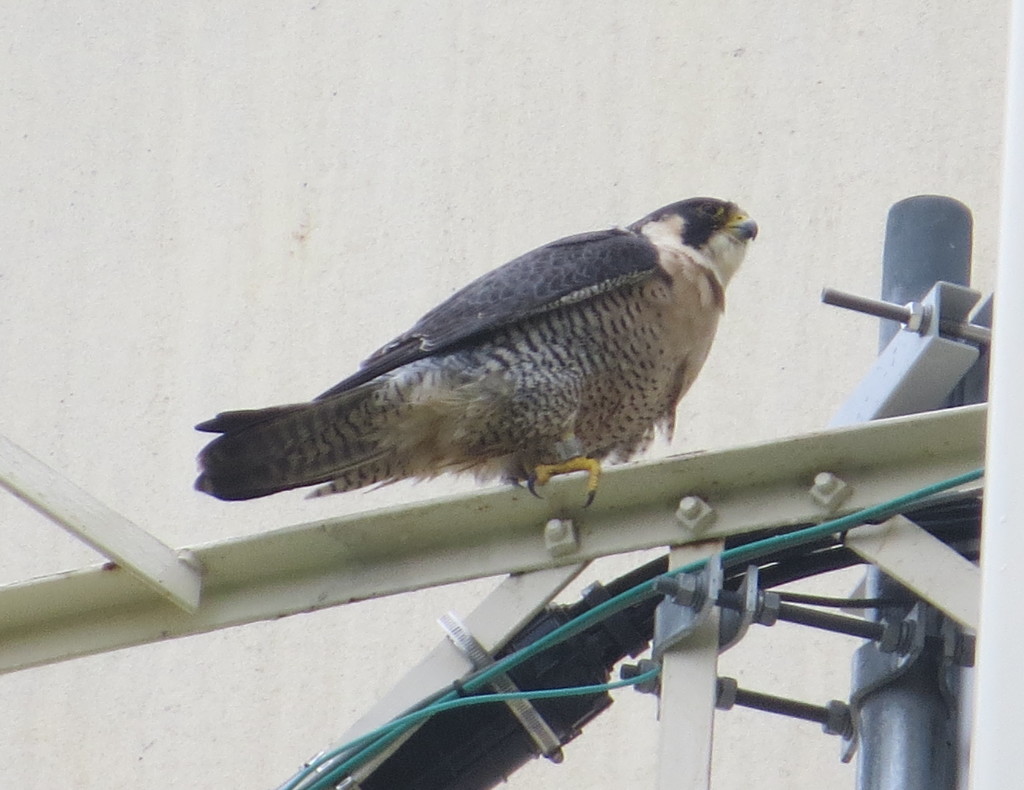
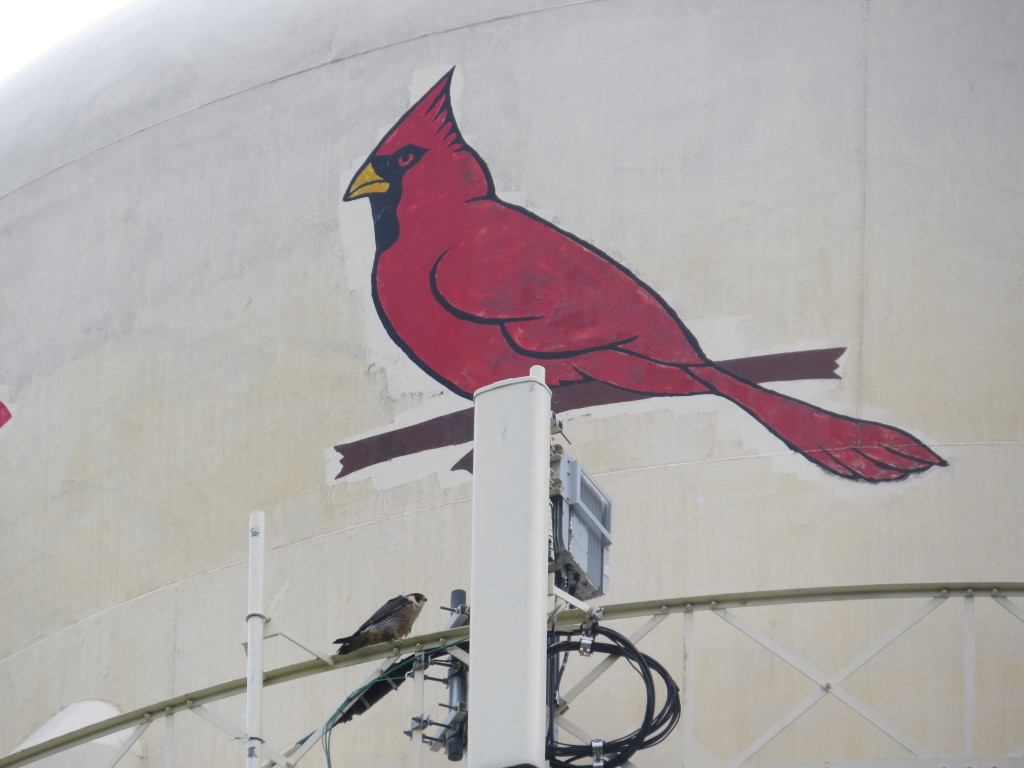 Clearly that bird is not red. I do enjoy Cardinals at home quite a bit, but watch out for those visiting Falcons–they’ll eat you alive.
Clearly that bird is not red. I do enjoy Cardinals at home quite a bit, but watch out for those visiting Falcons–they’ll eat you alive.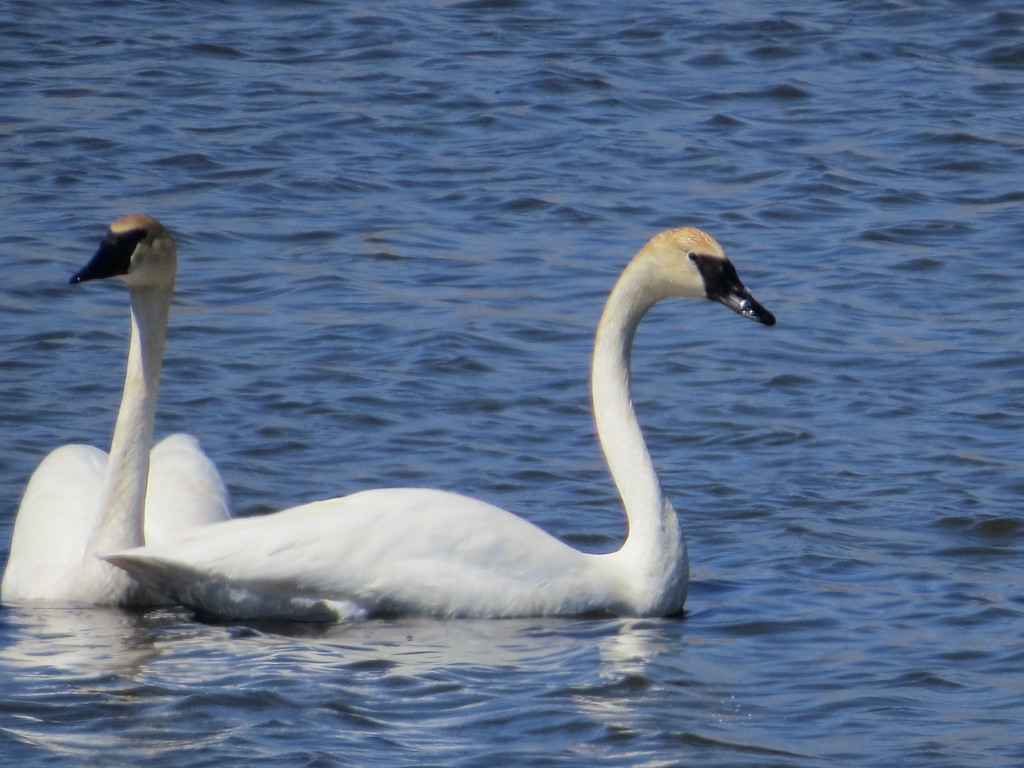
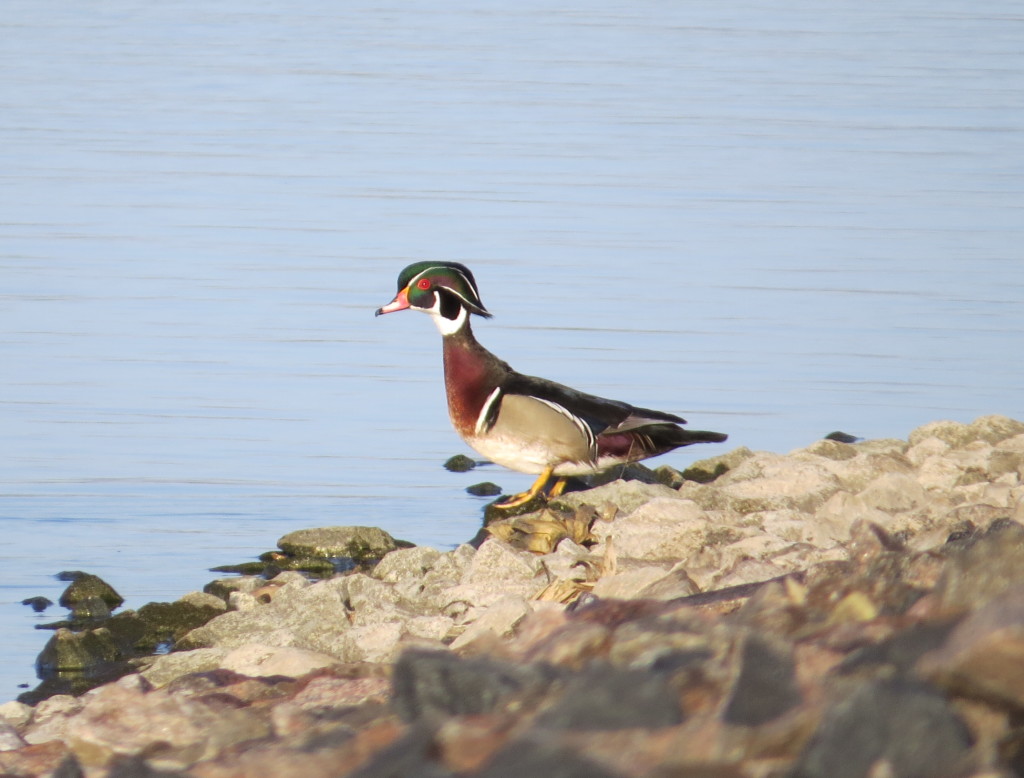
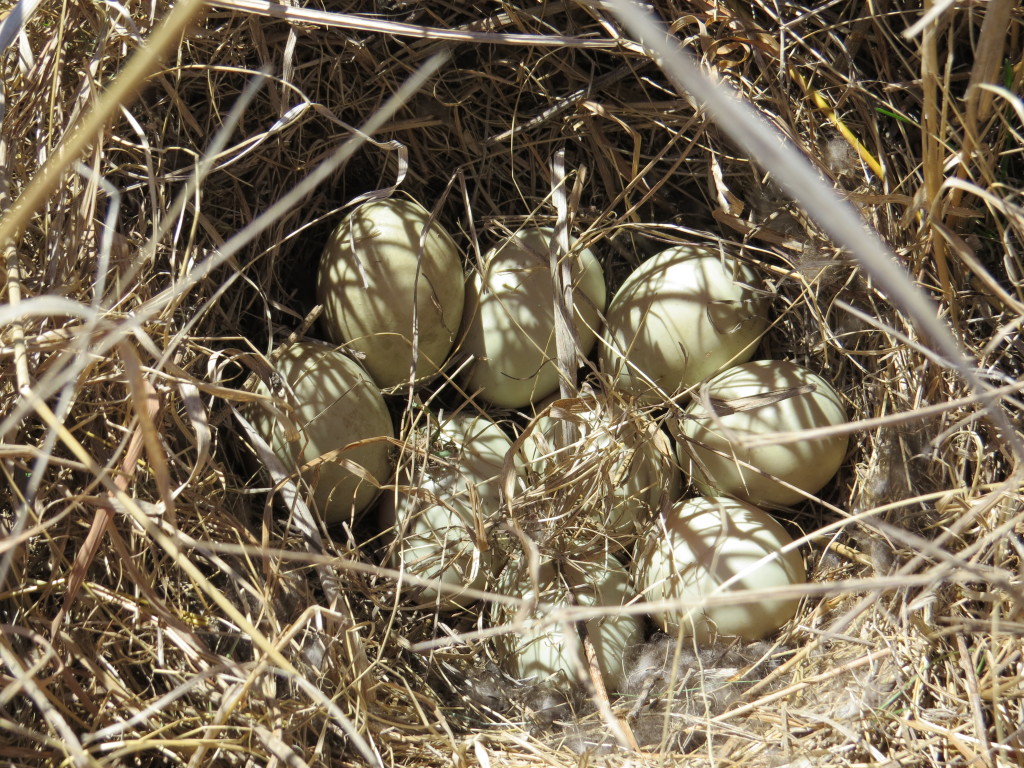
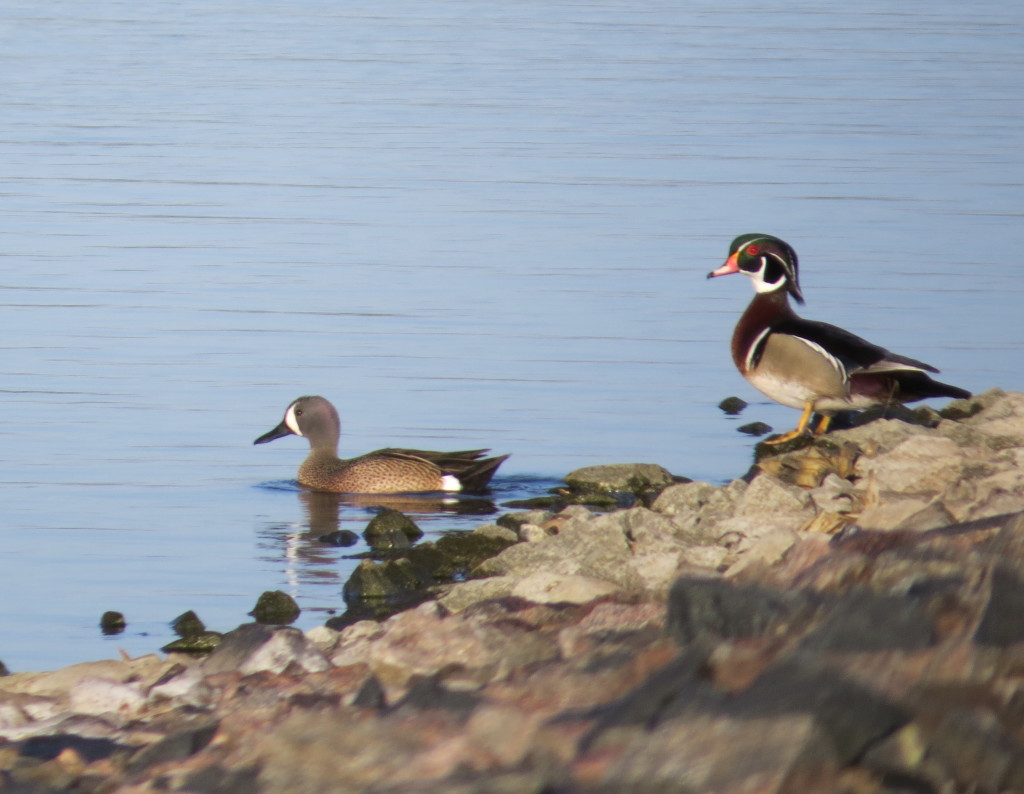
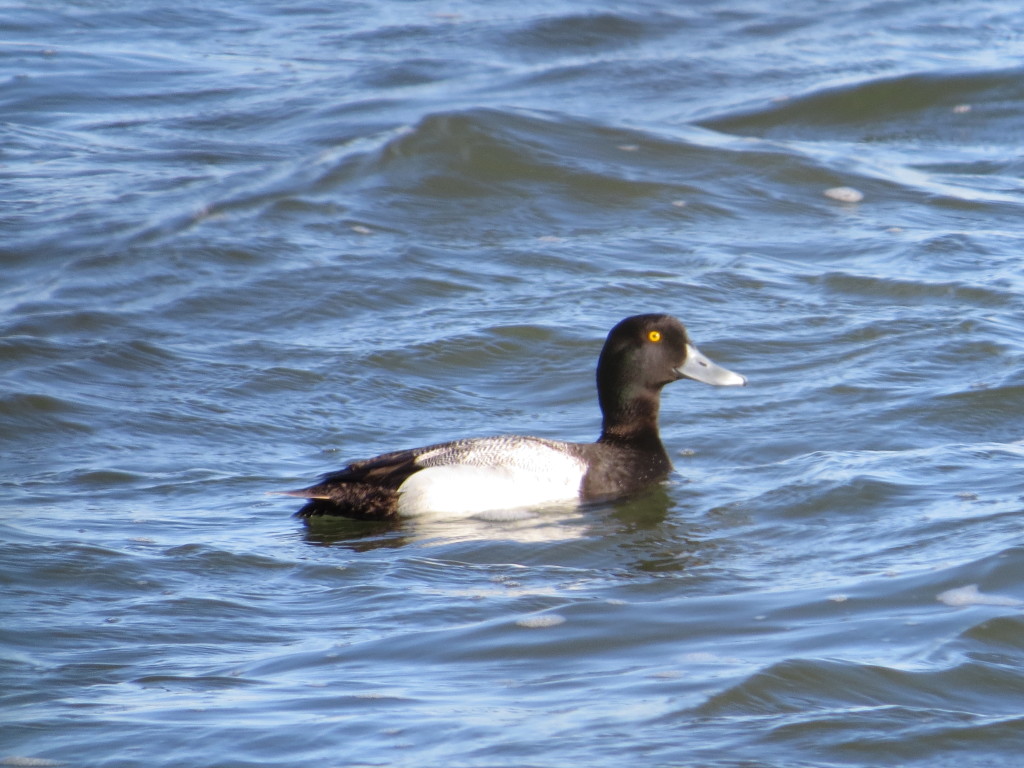
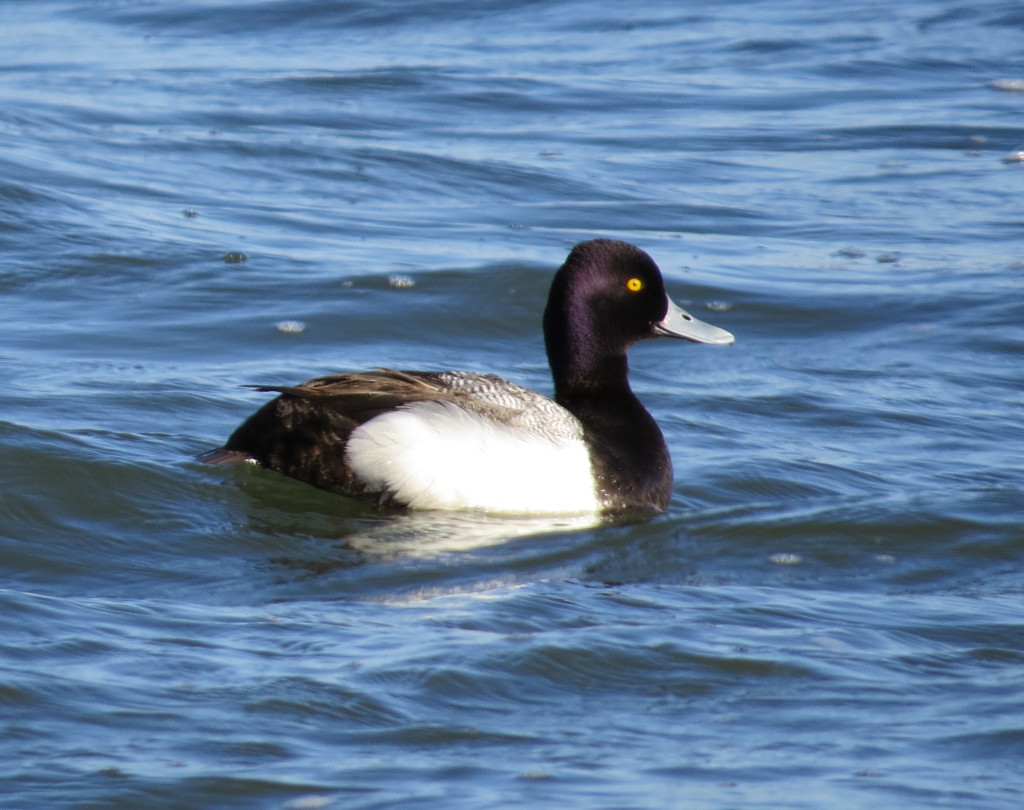
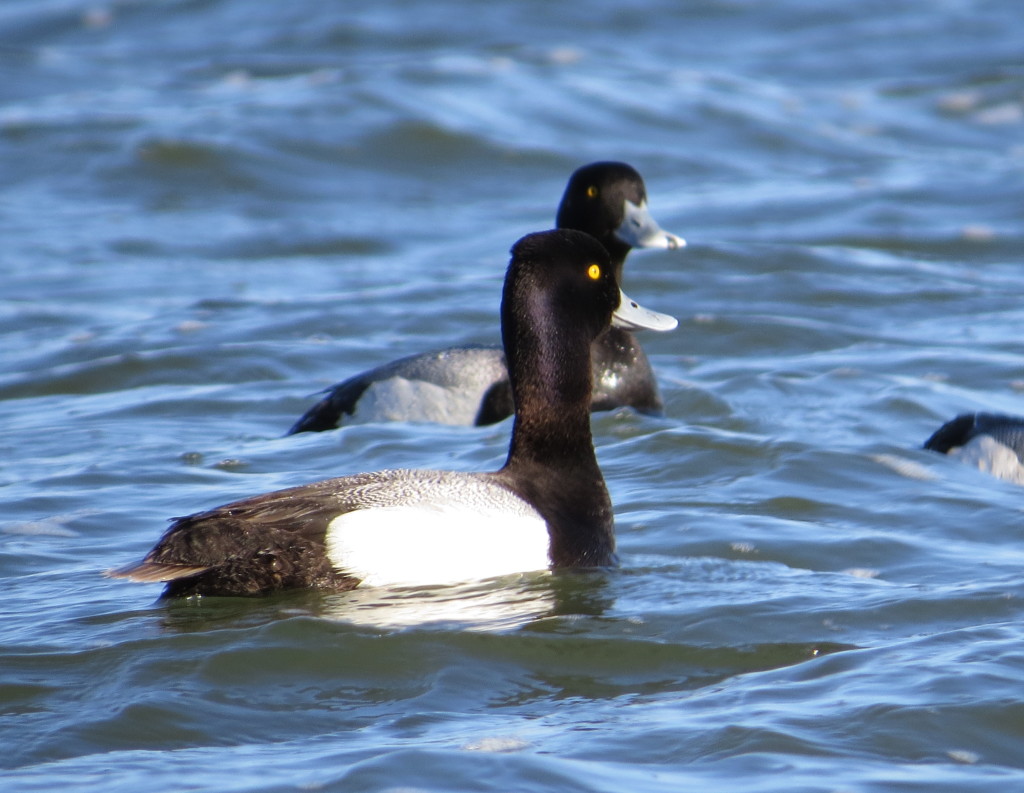
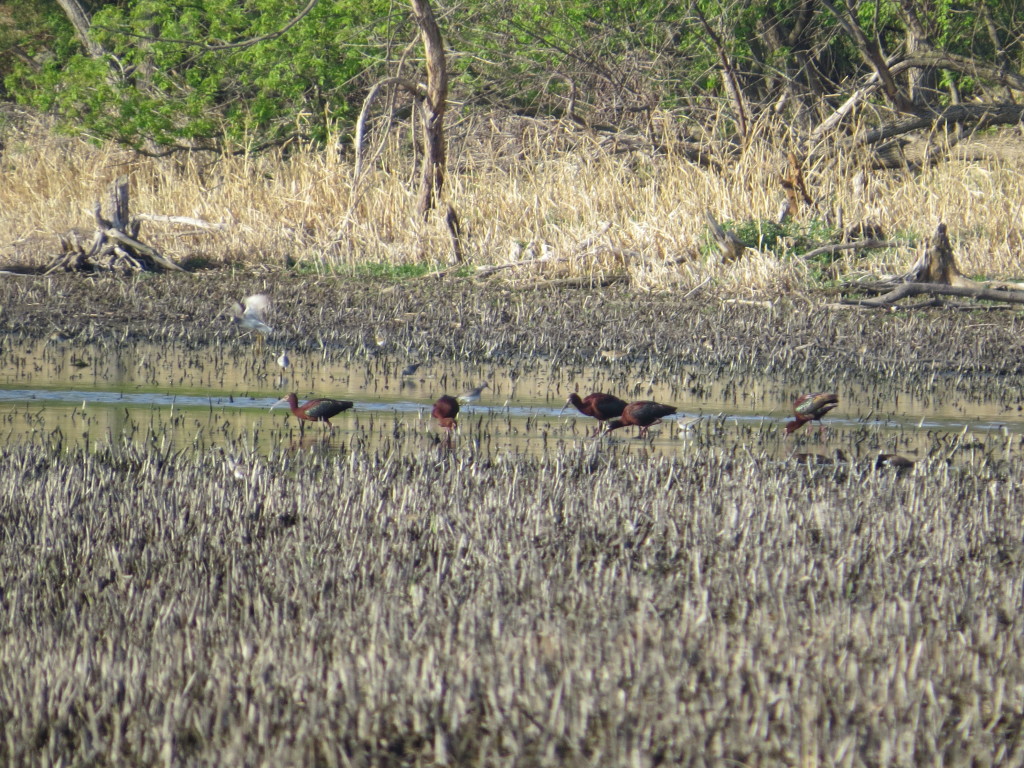
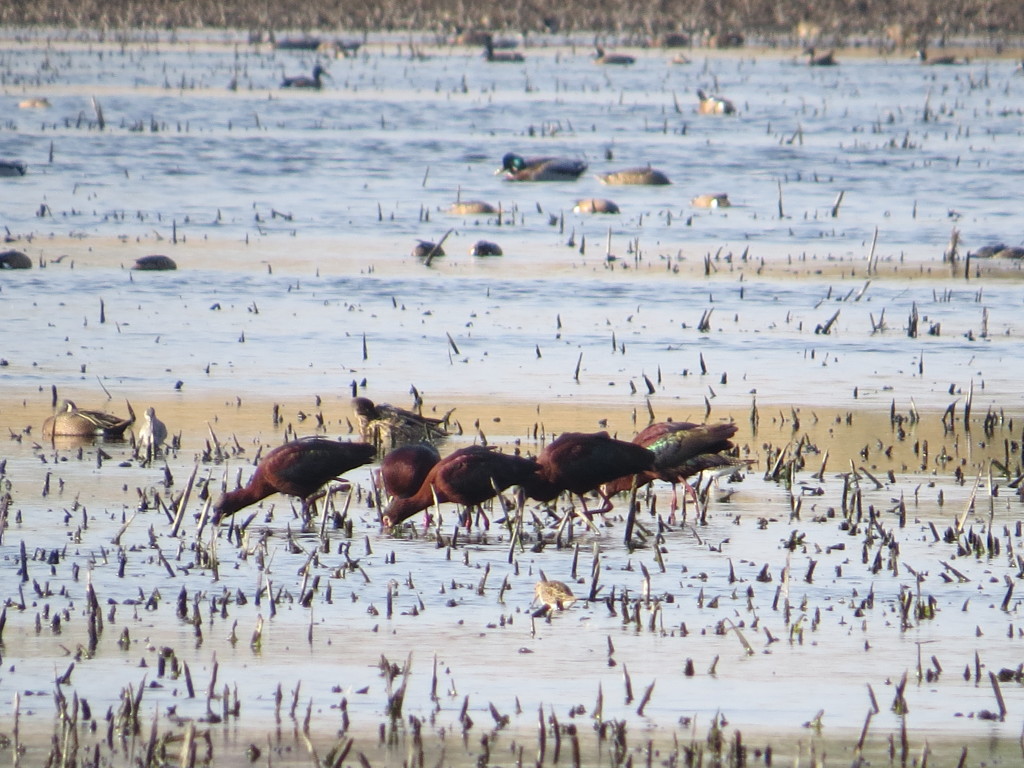
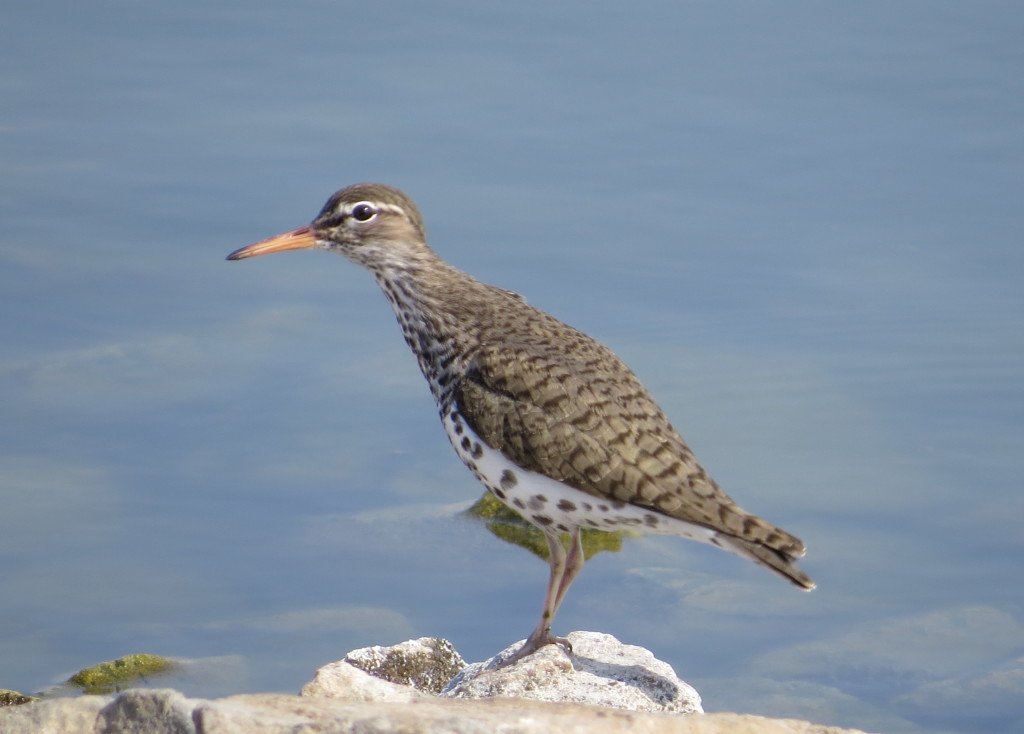
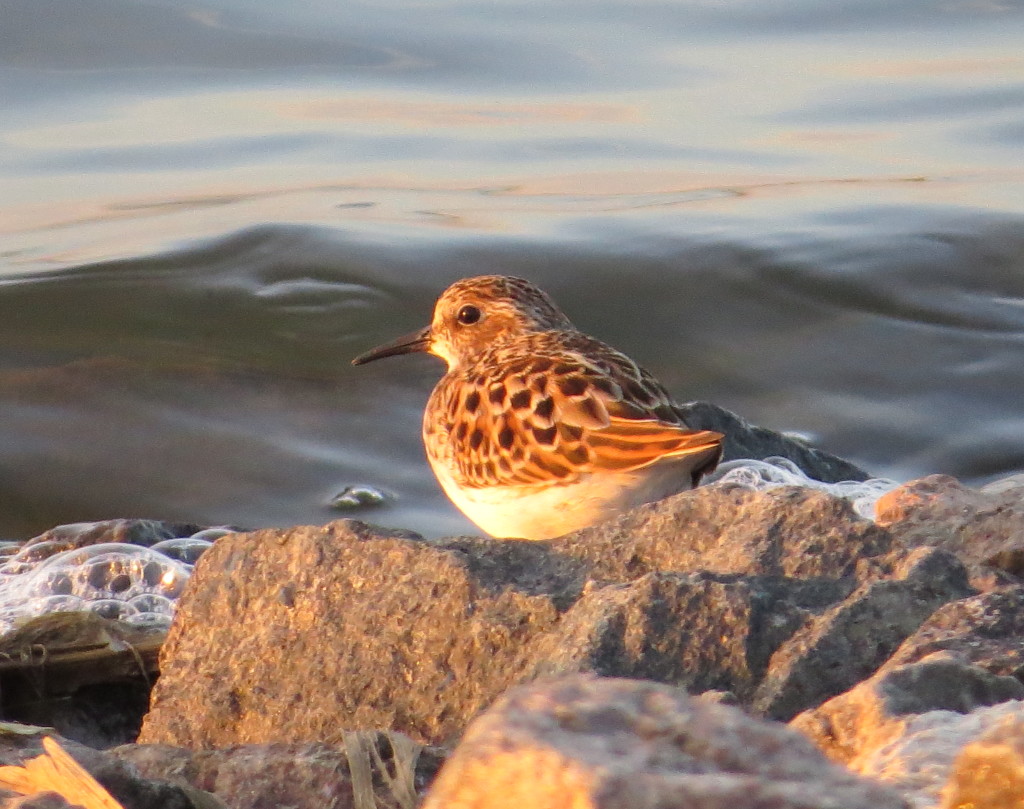
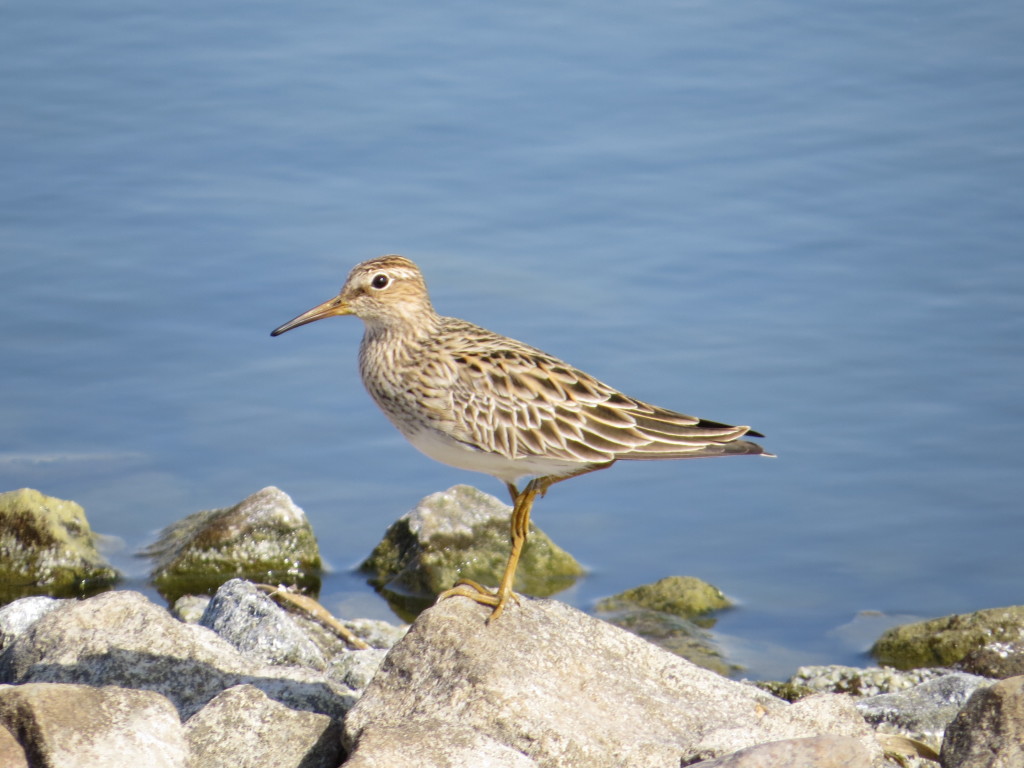
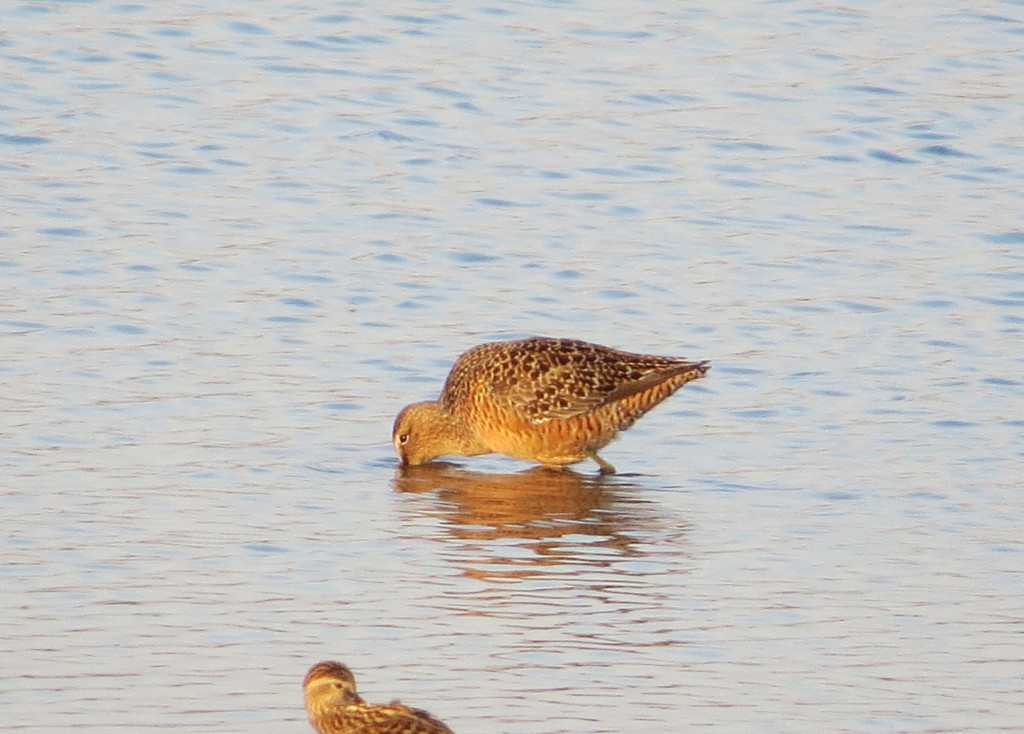
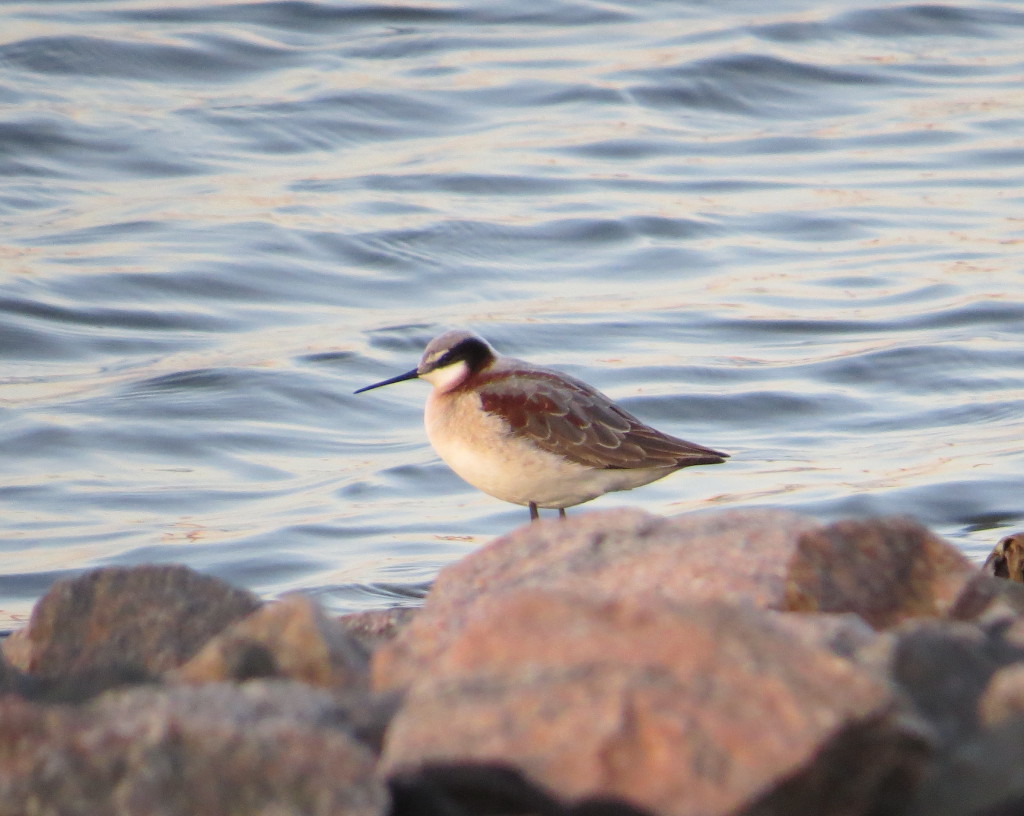
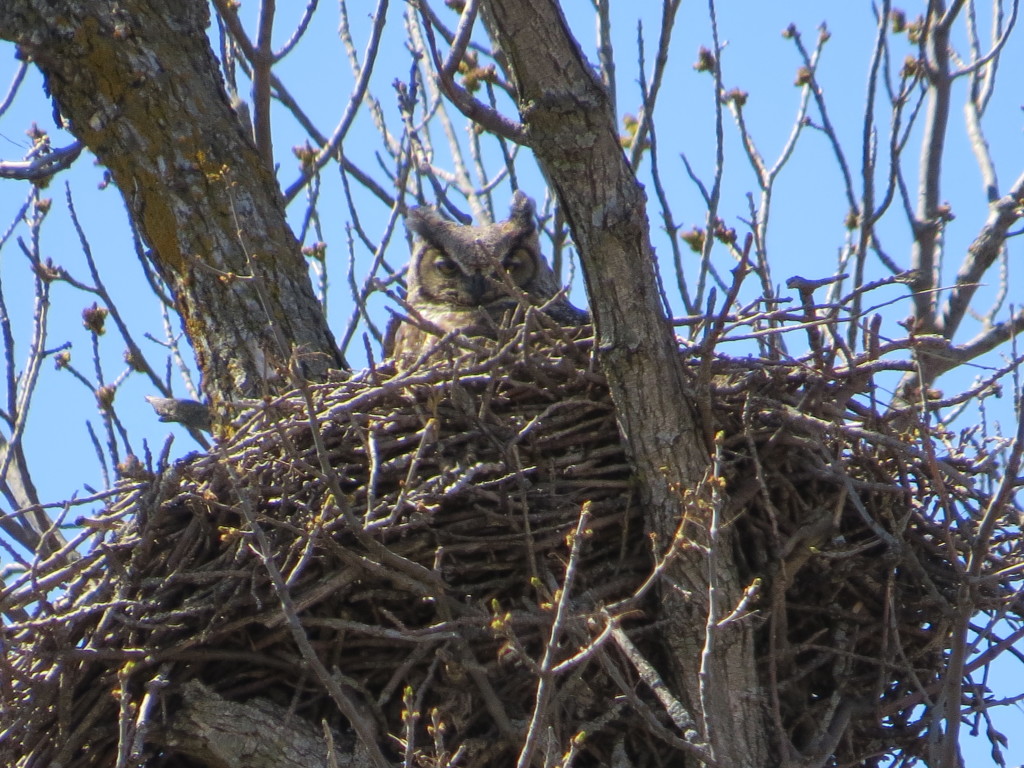
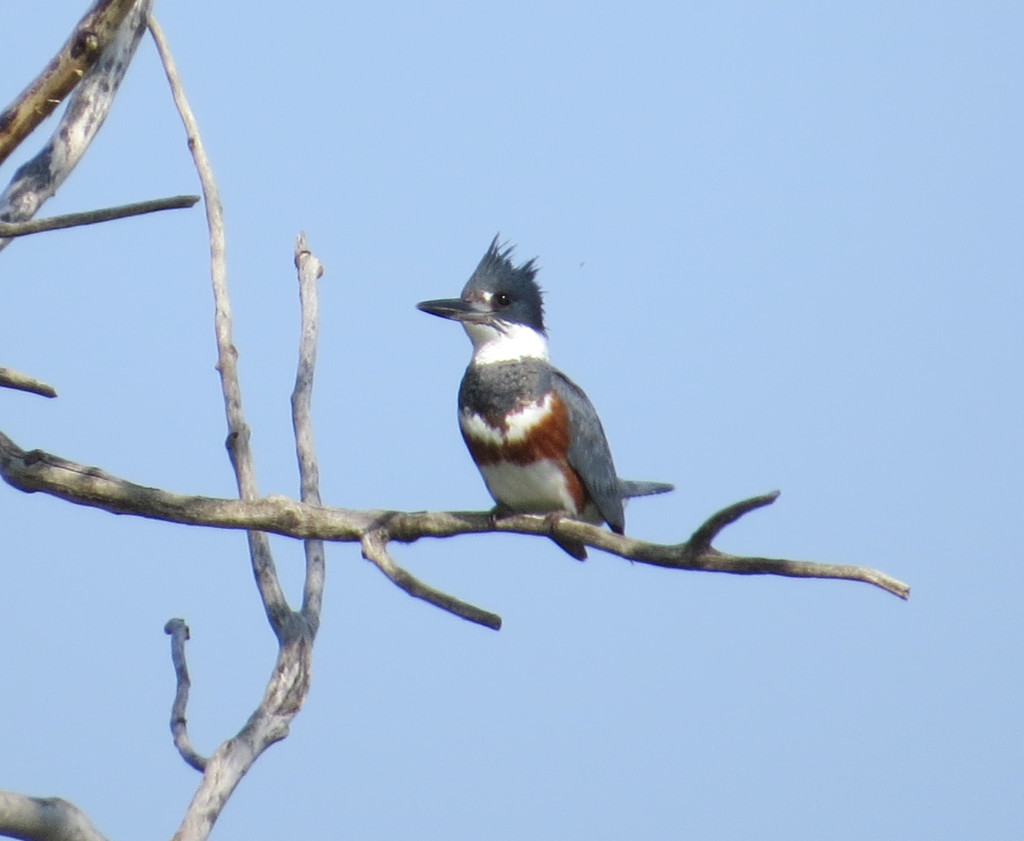
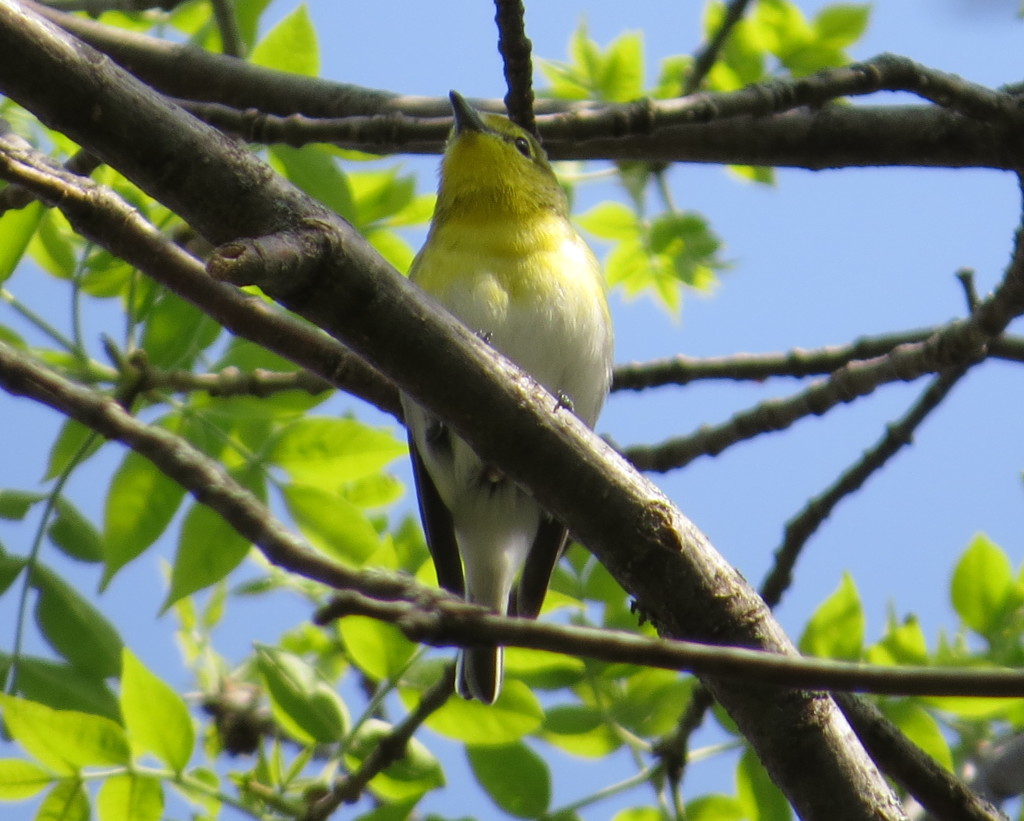
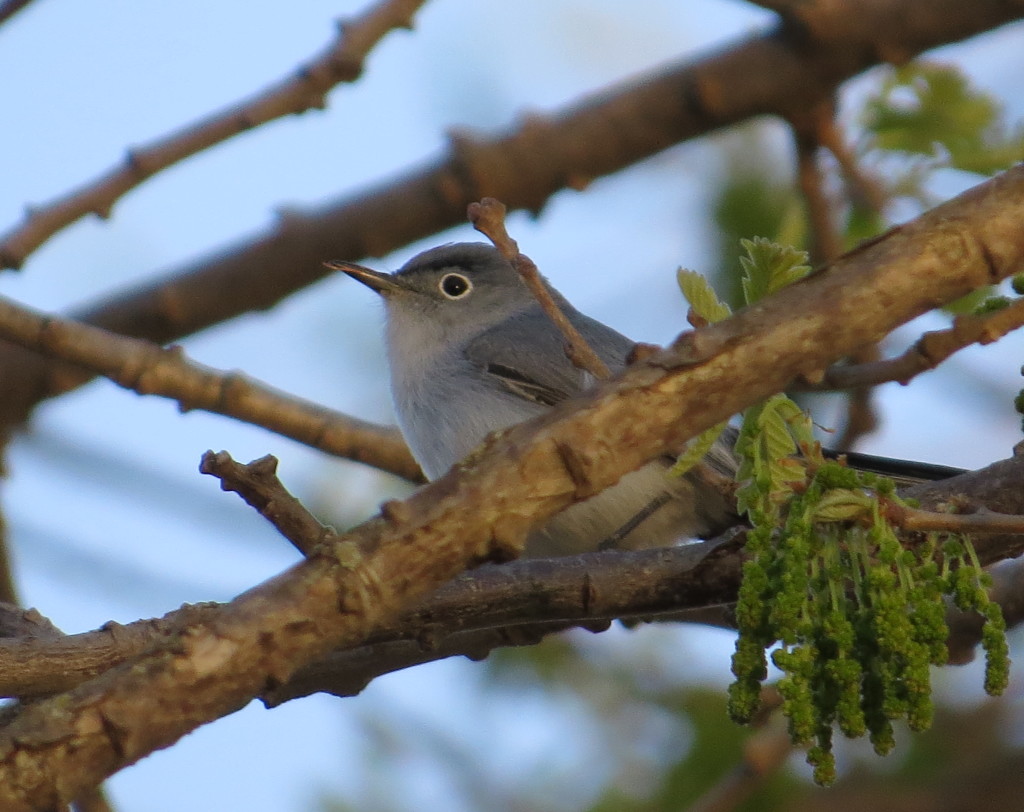
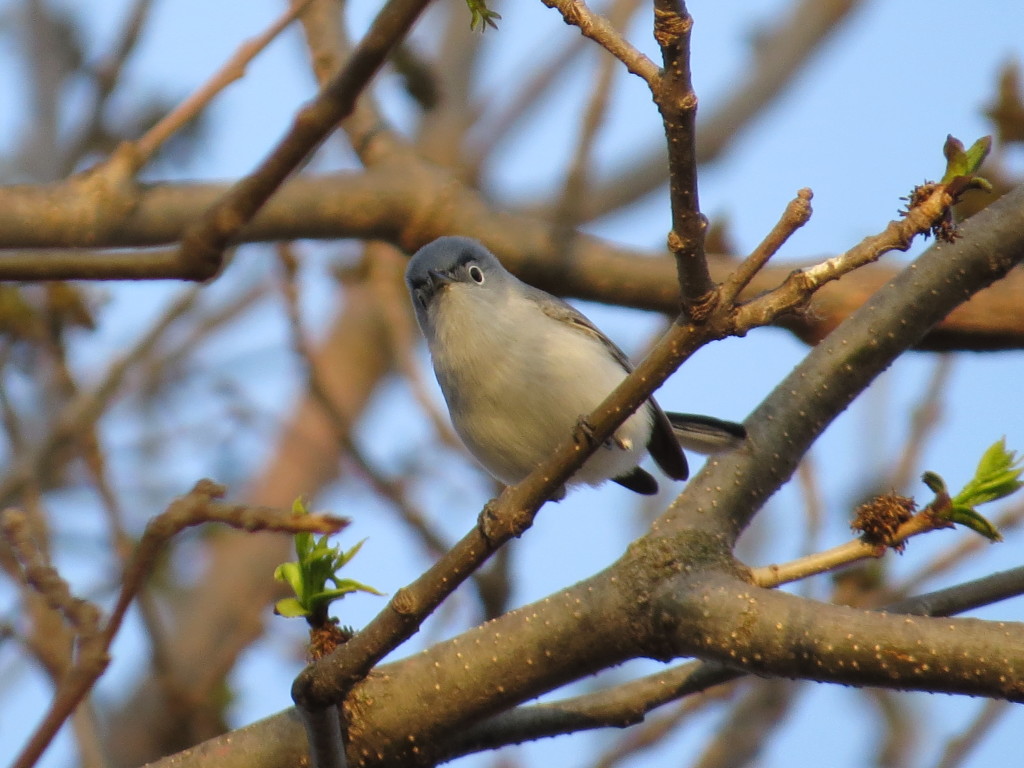
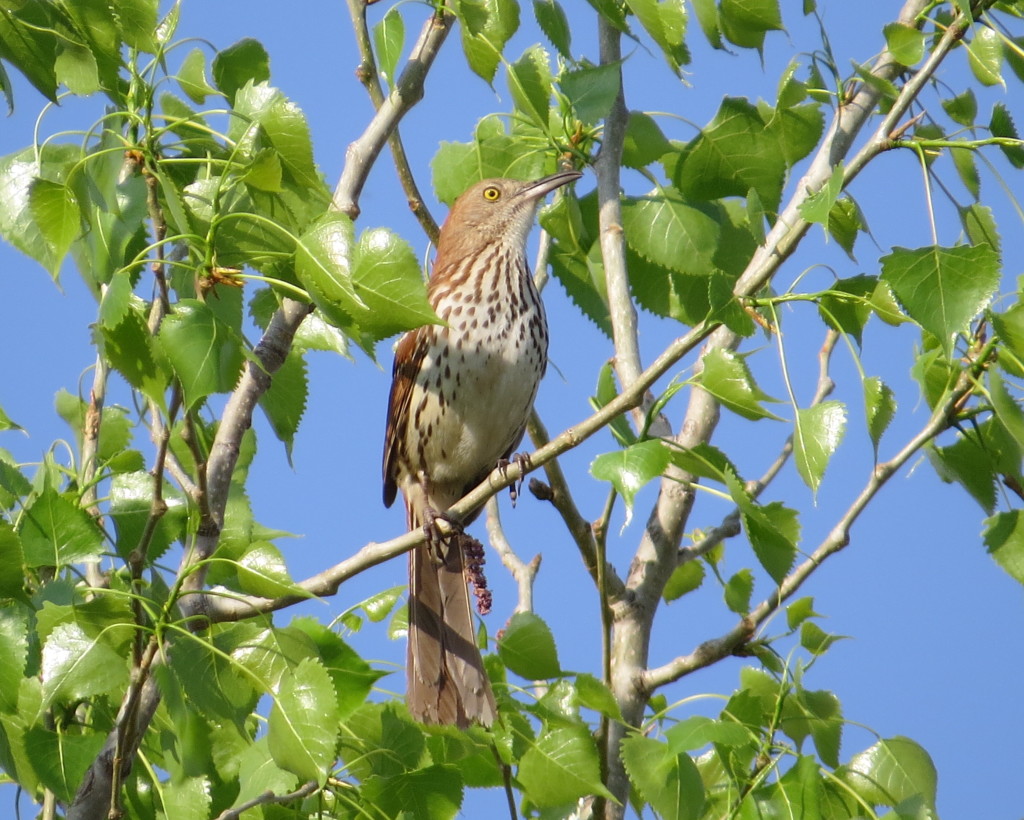
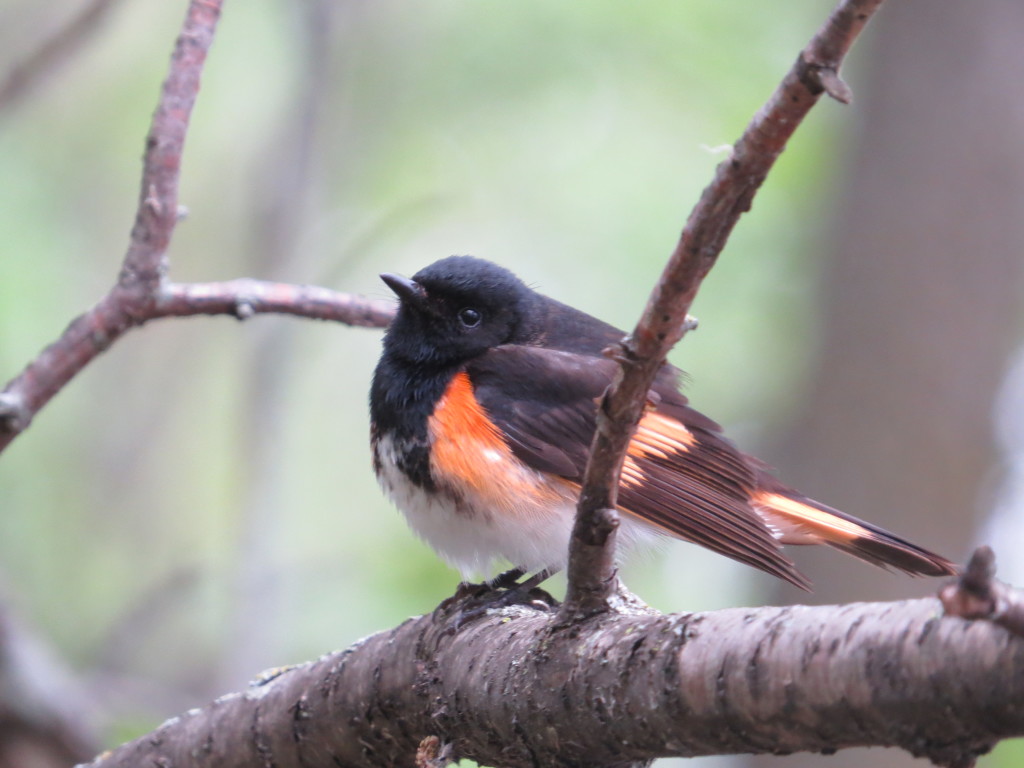
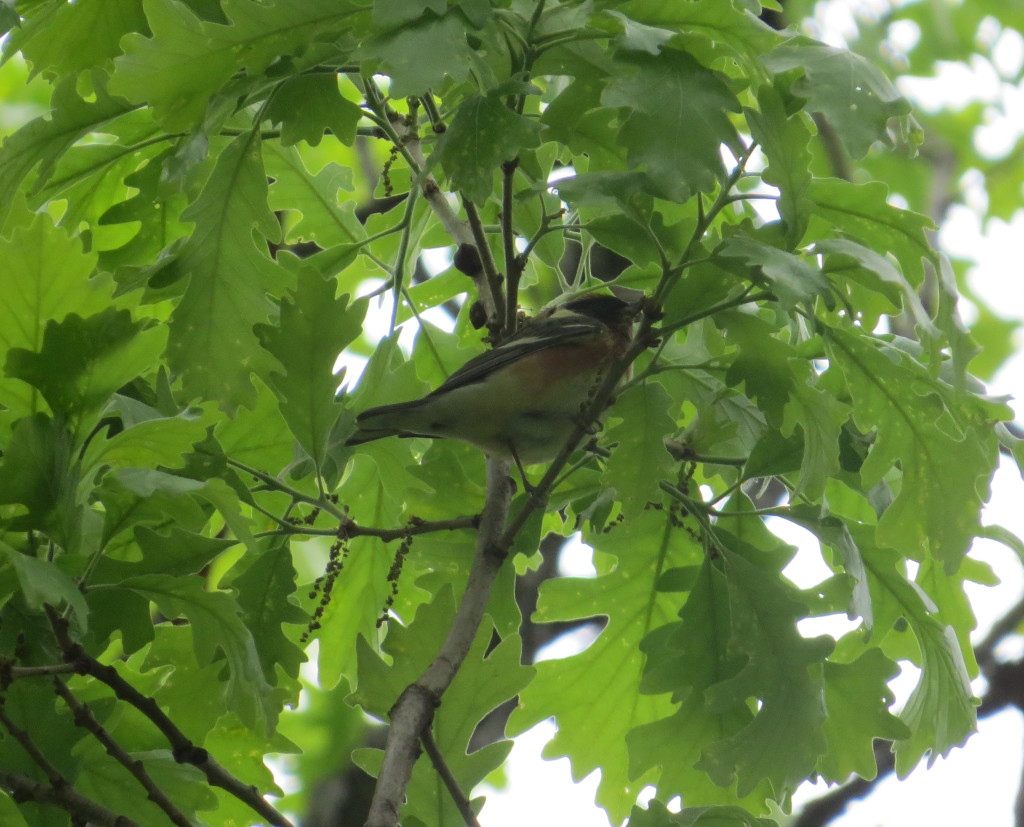
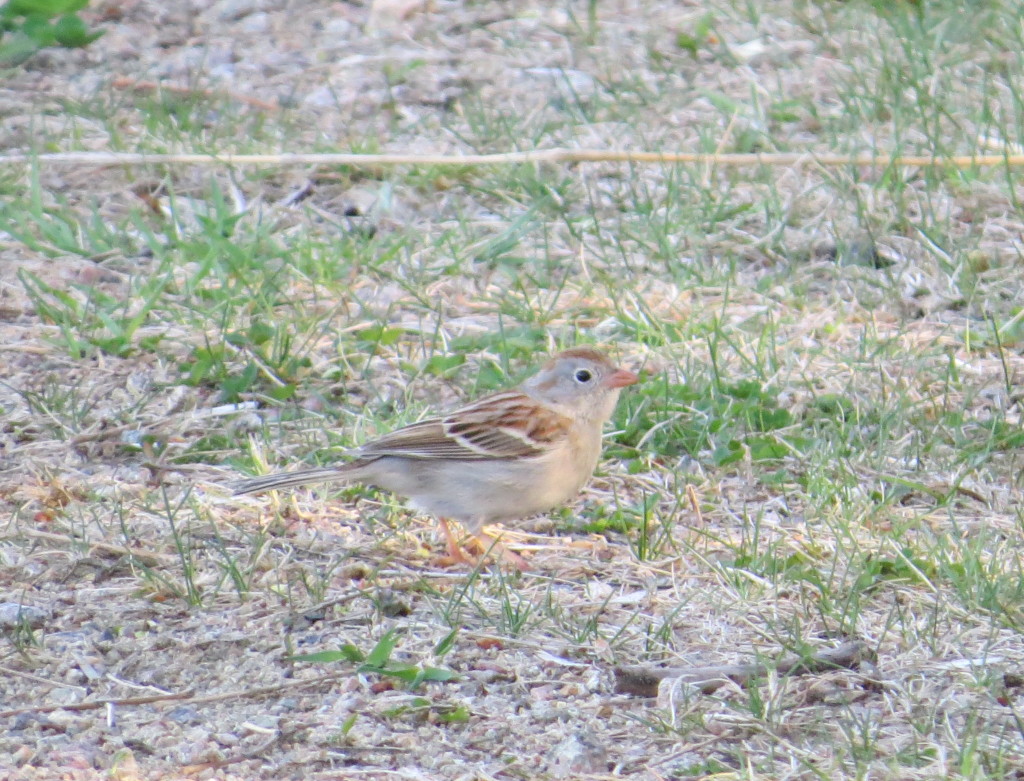
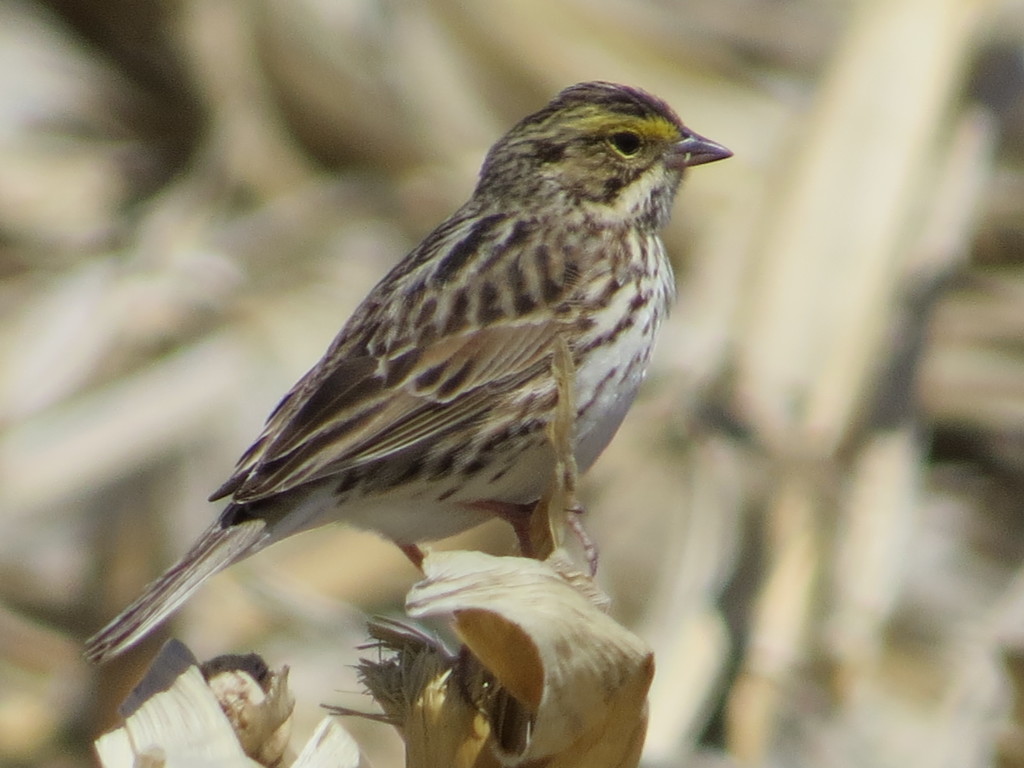
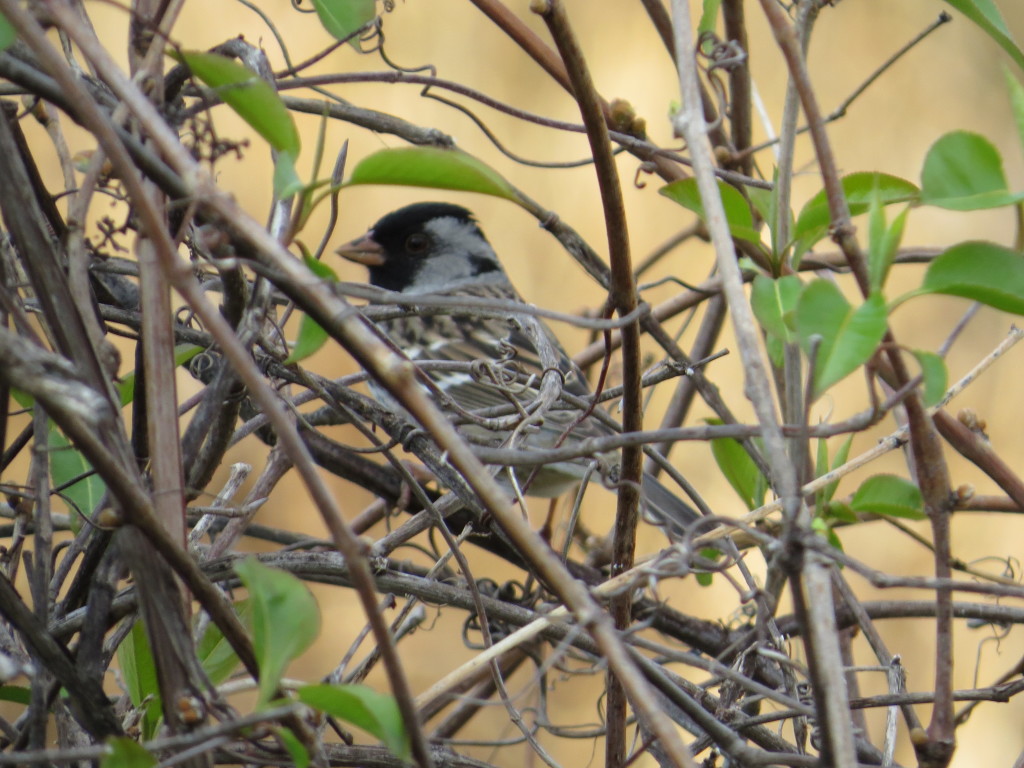
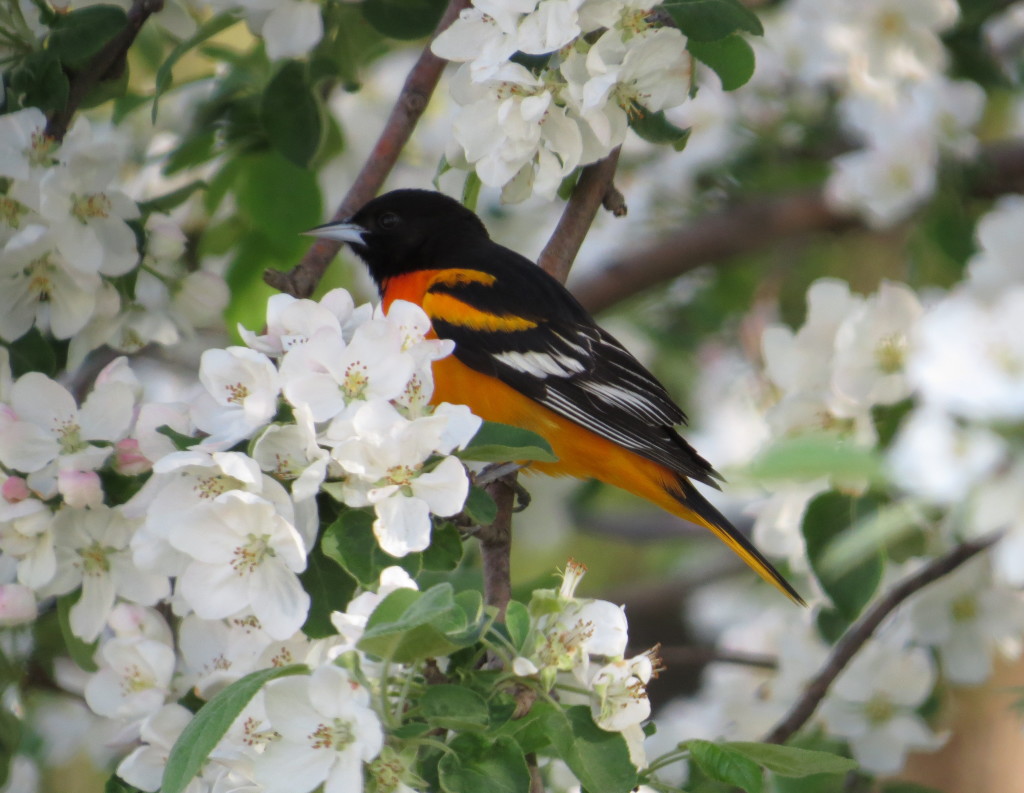
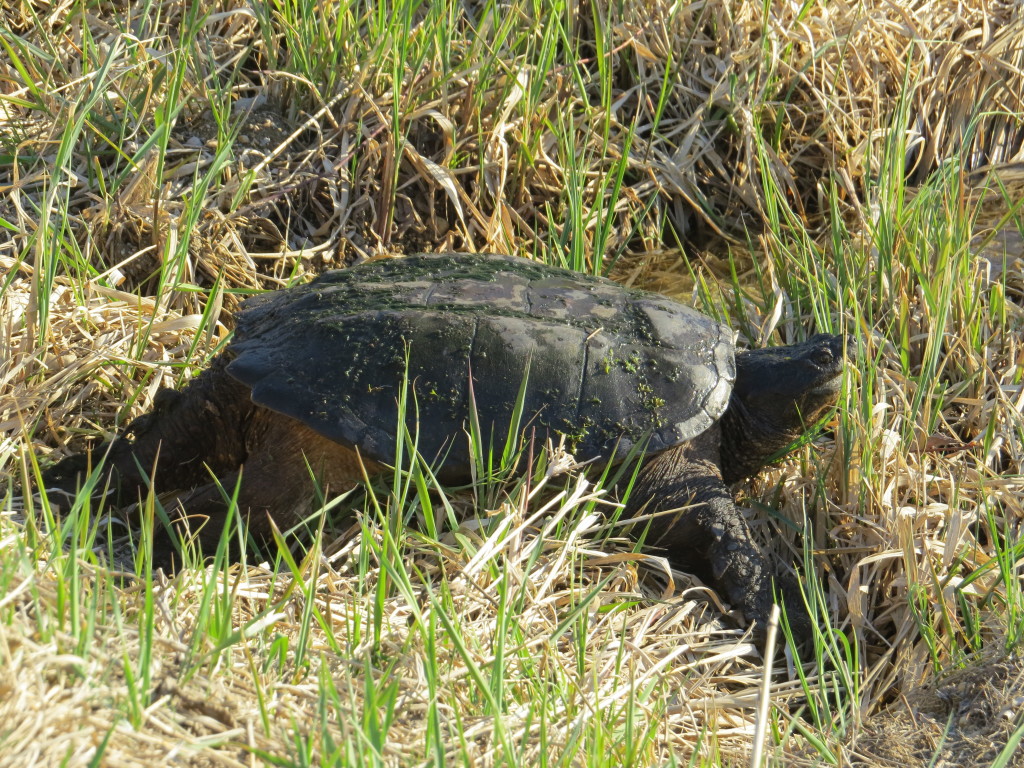
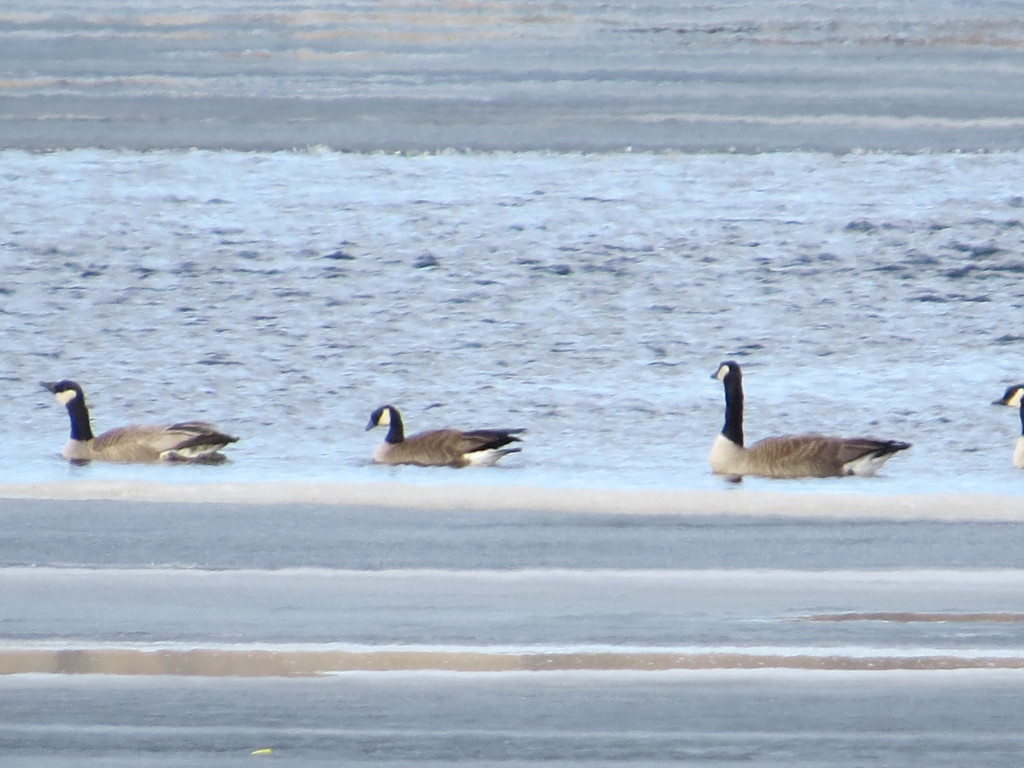
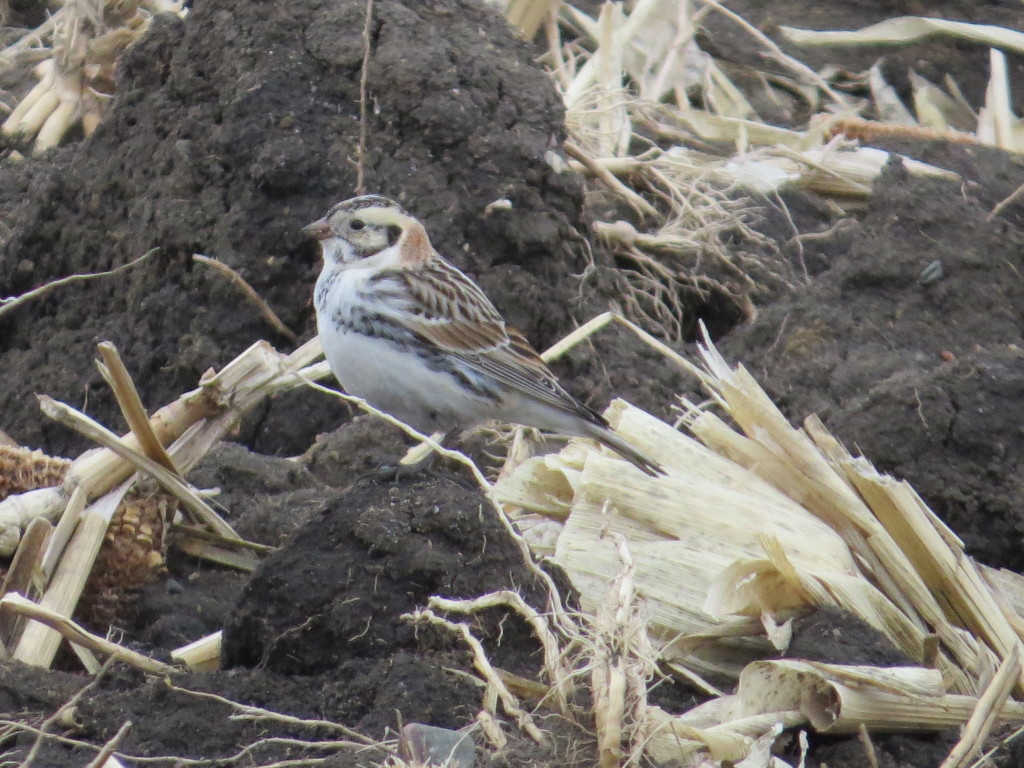
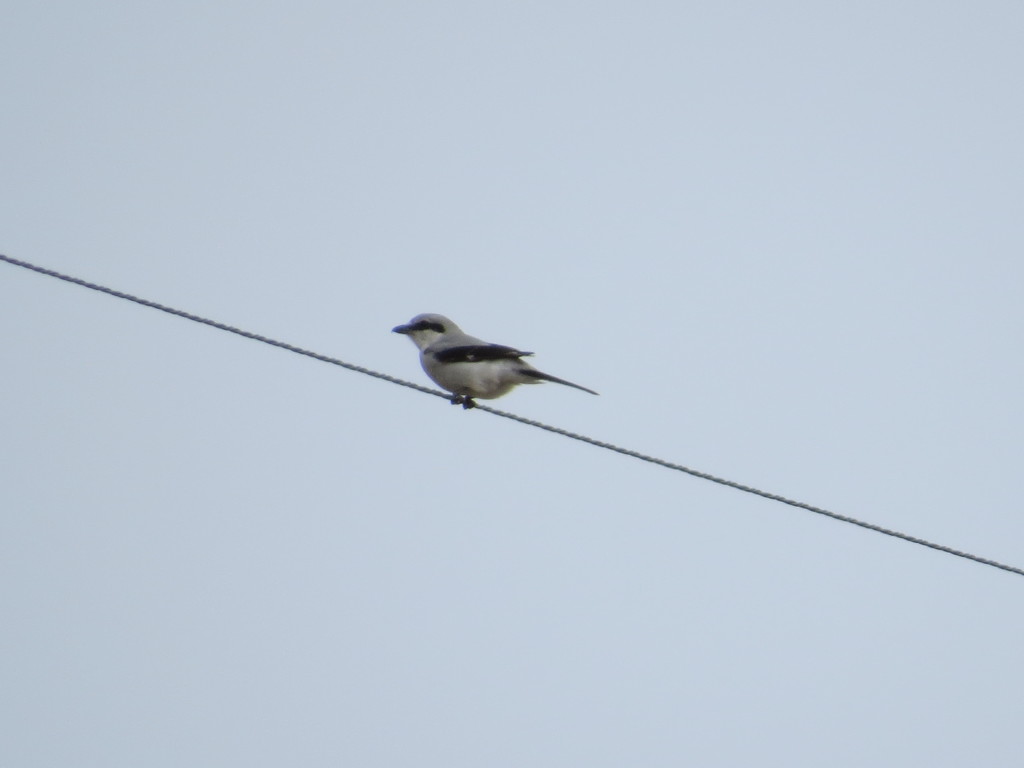
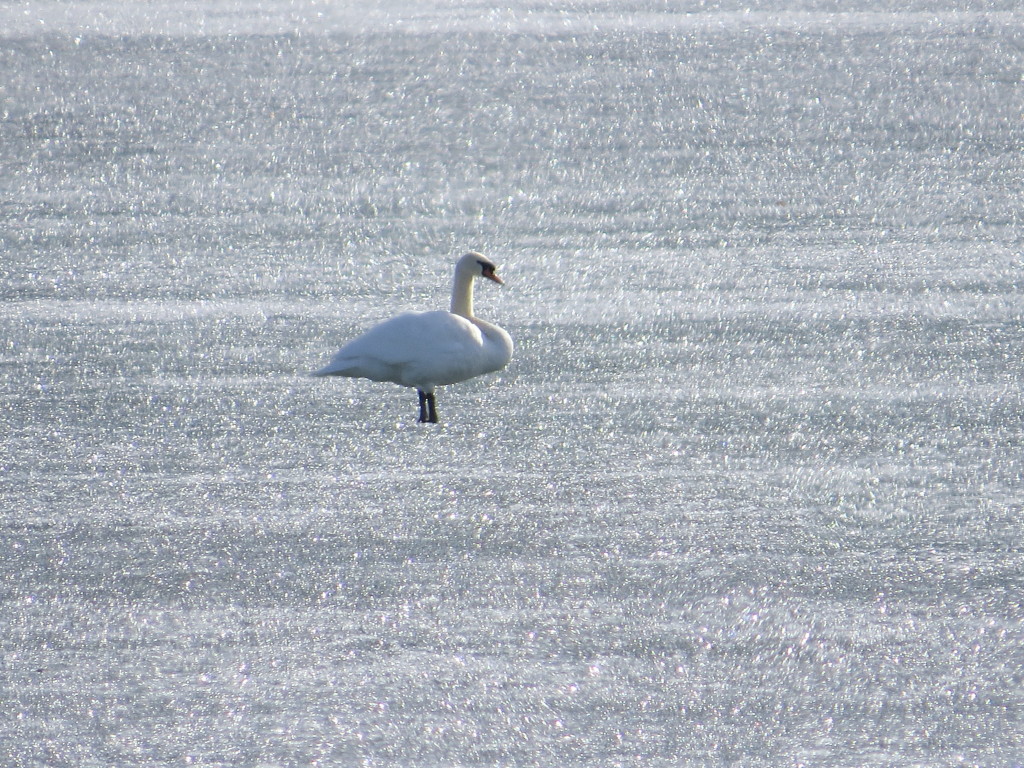
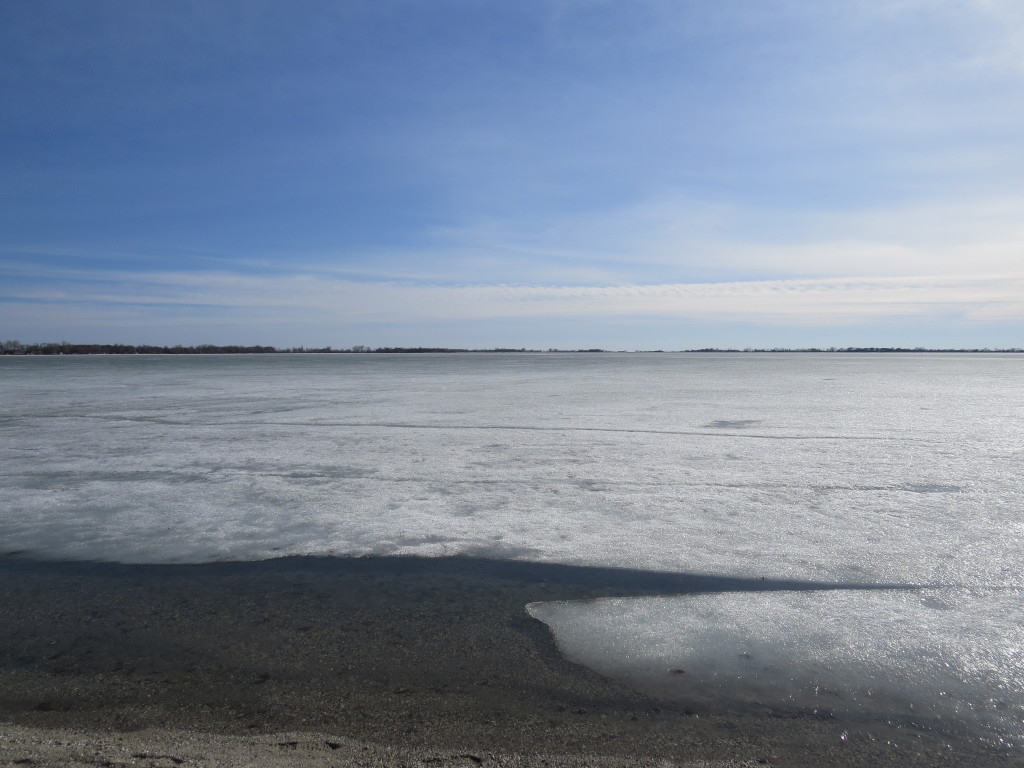
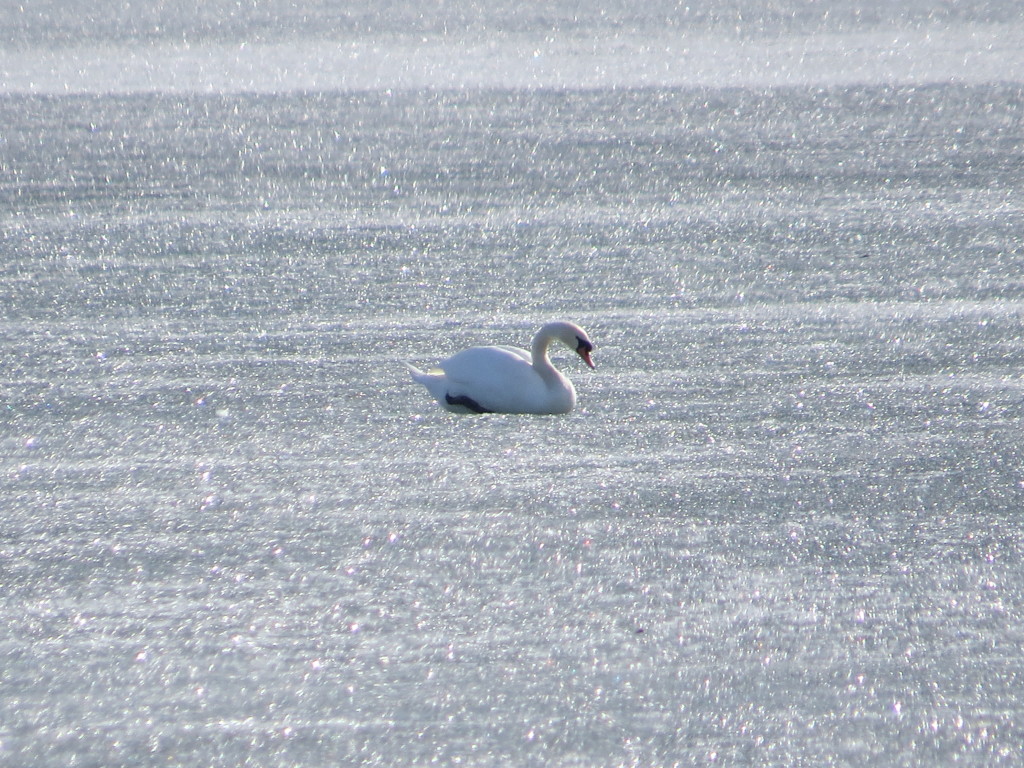
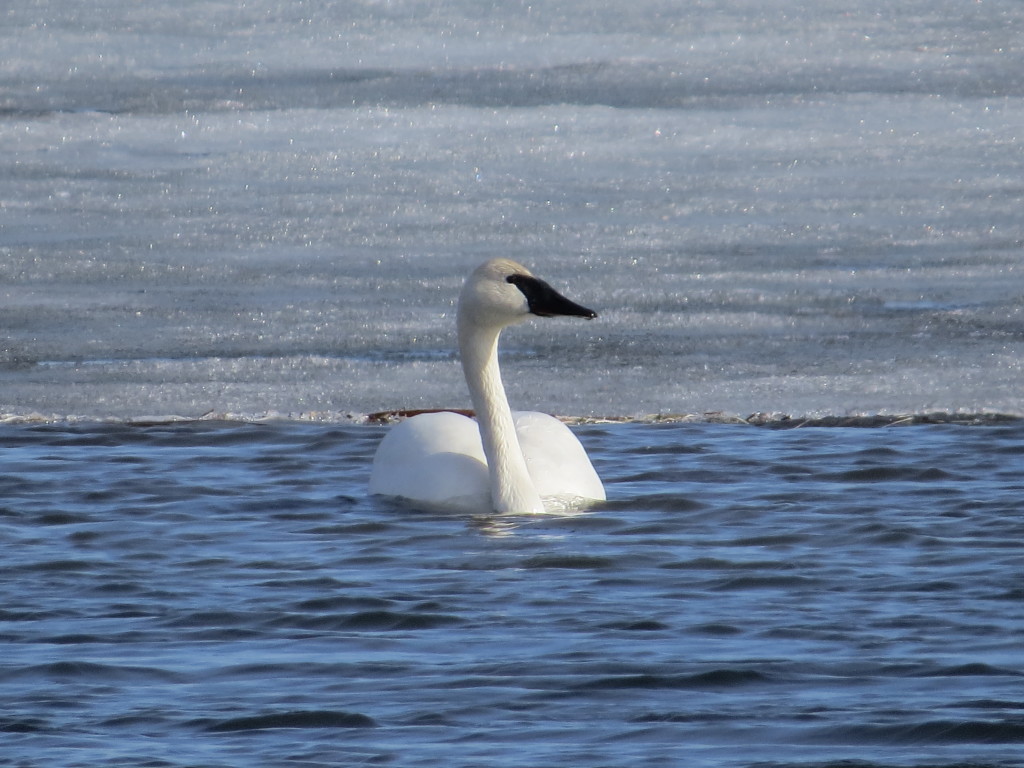
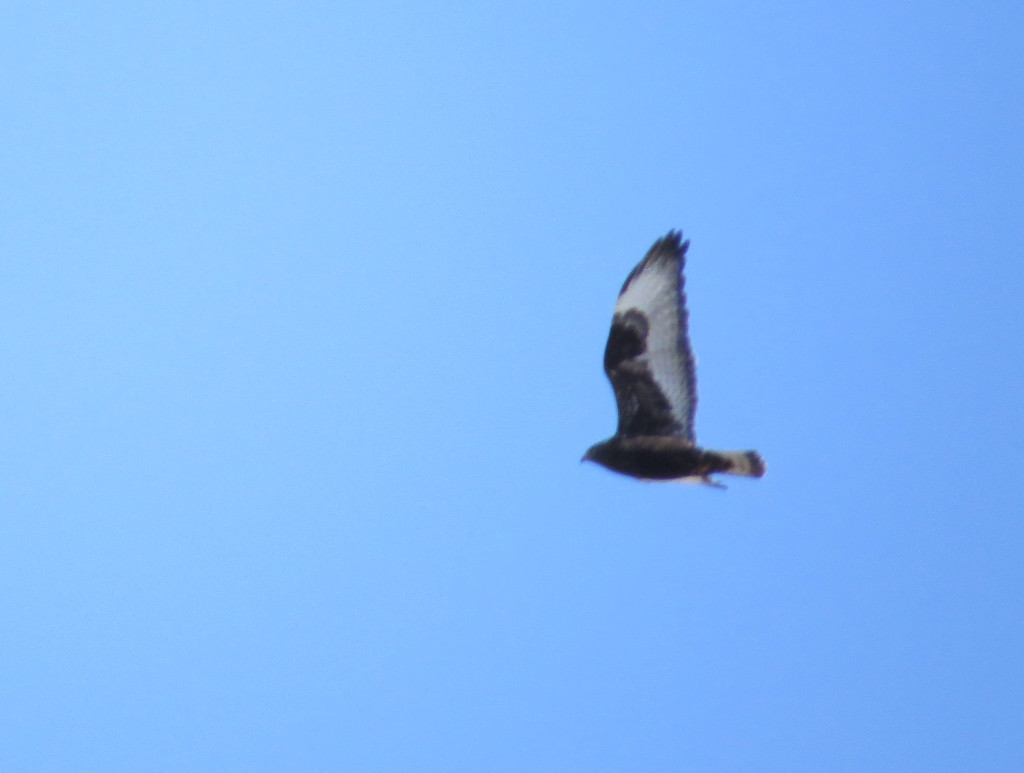
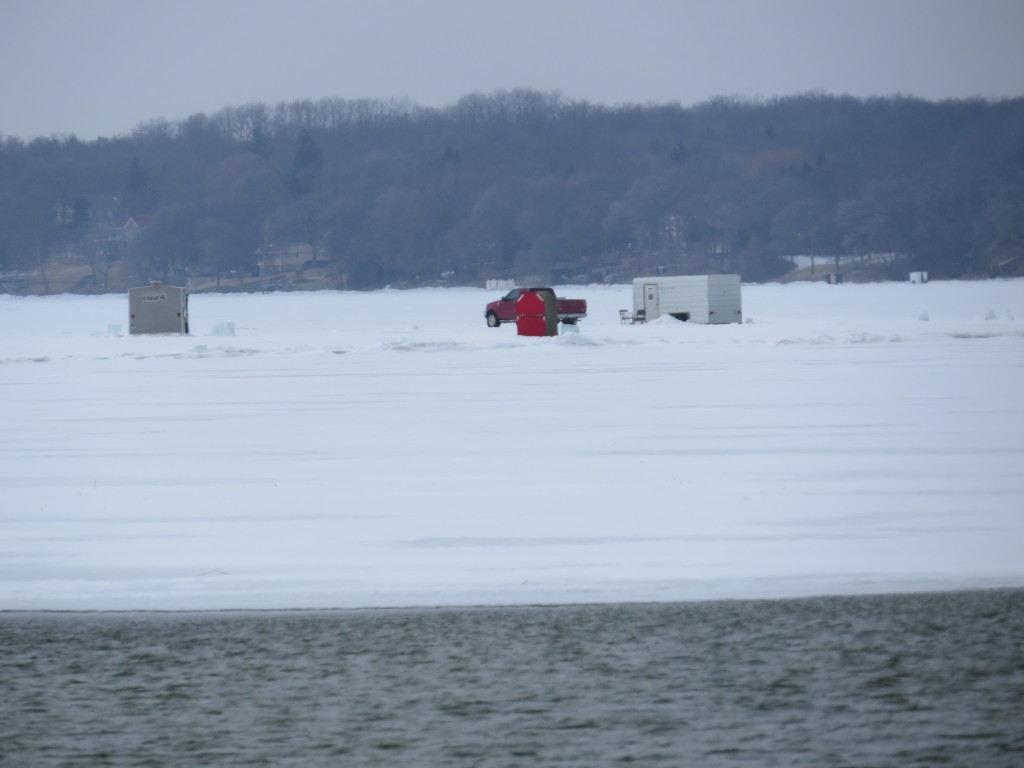
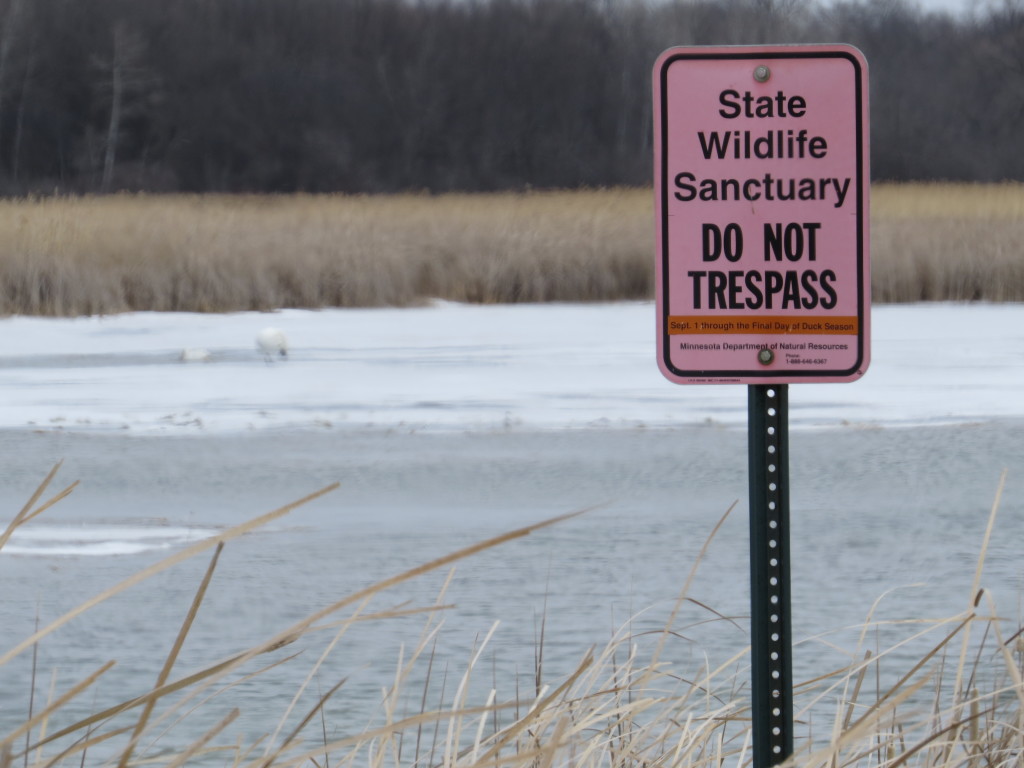
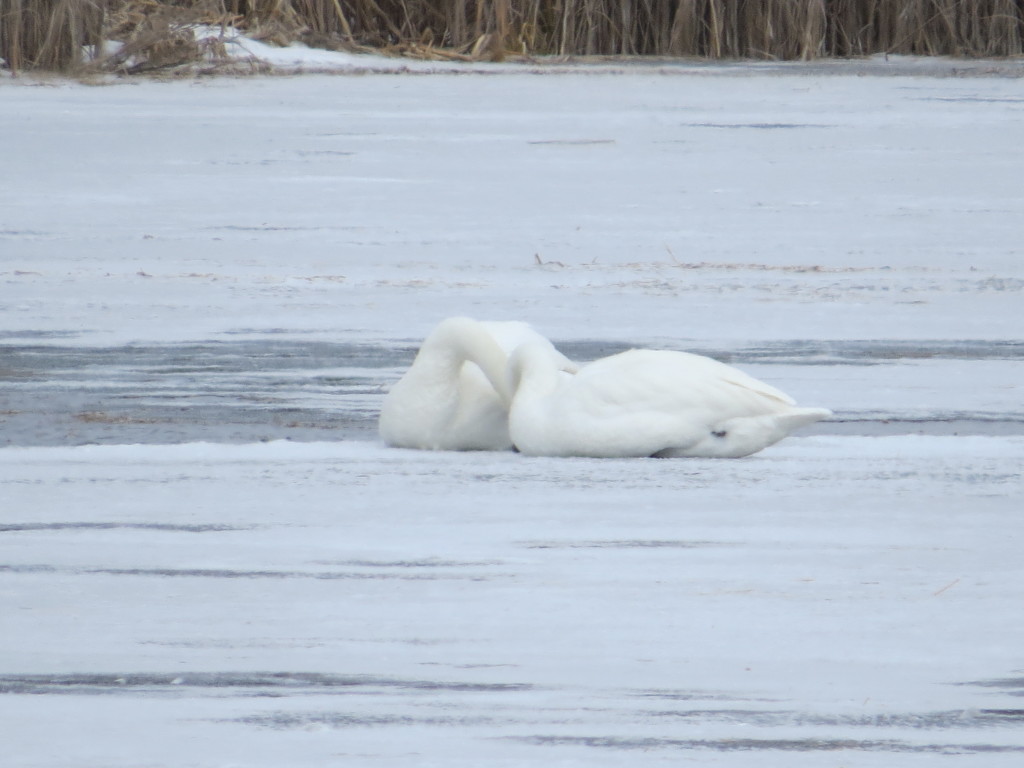 When not necking and acting like that adorable couple that makes people cringe, they were striking contortionist poses and looking awfully dapper in their crisp black and whites.
When not necking and acting like that adorable couple that makes people cringe, they were striking contortionist poses and looking awfully dapper in their crisp black and whites.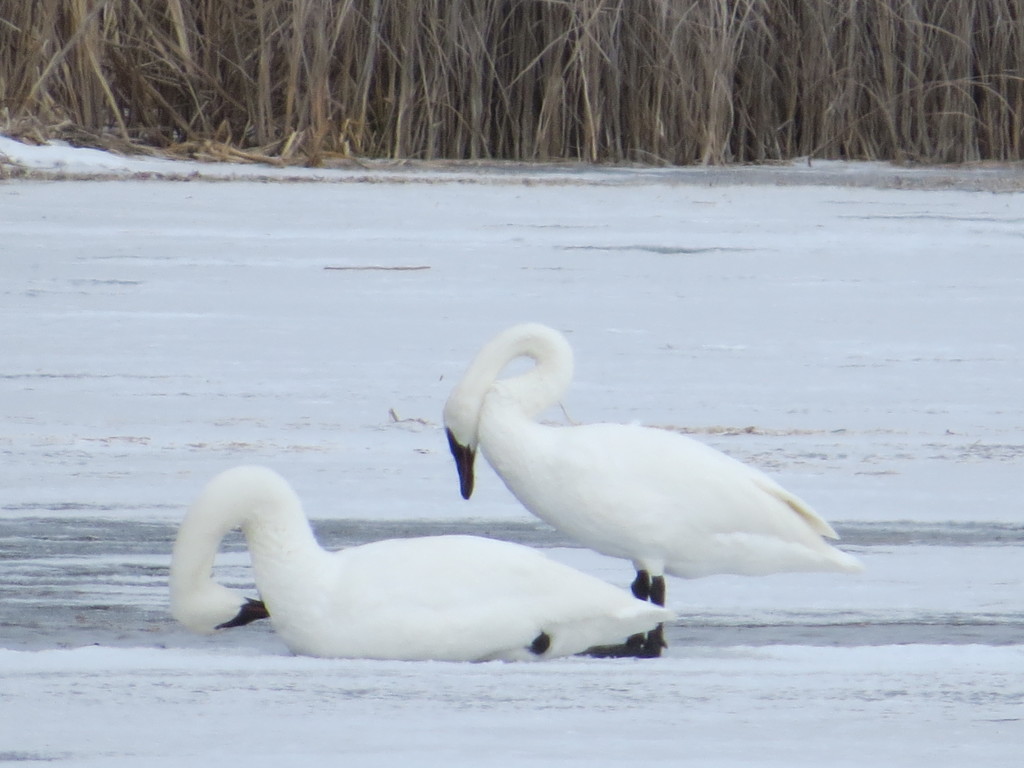
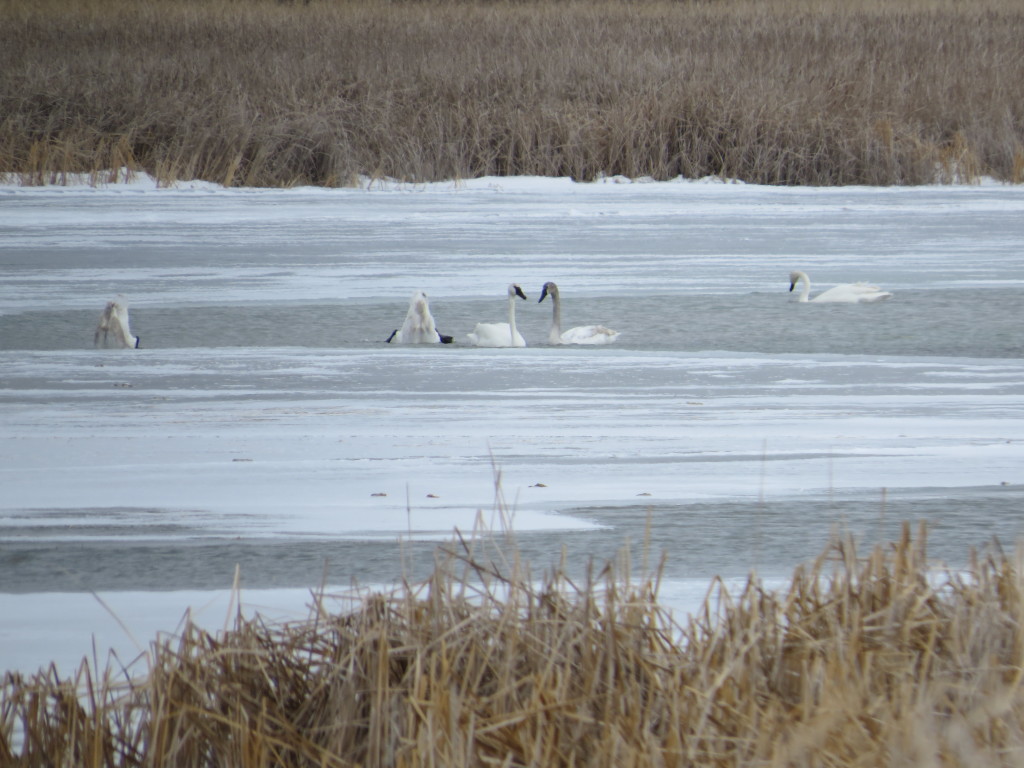
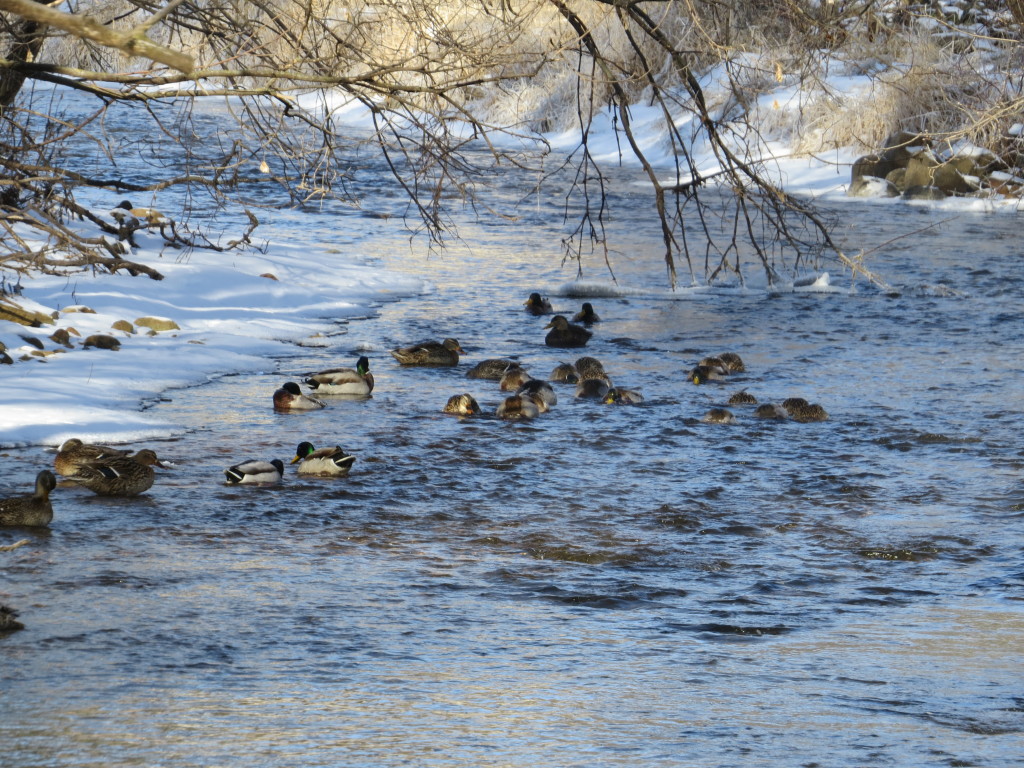
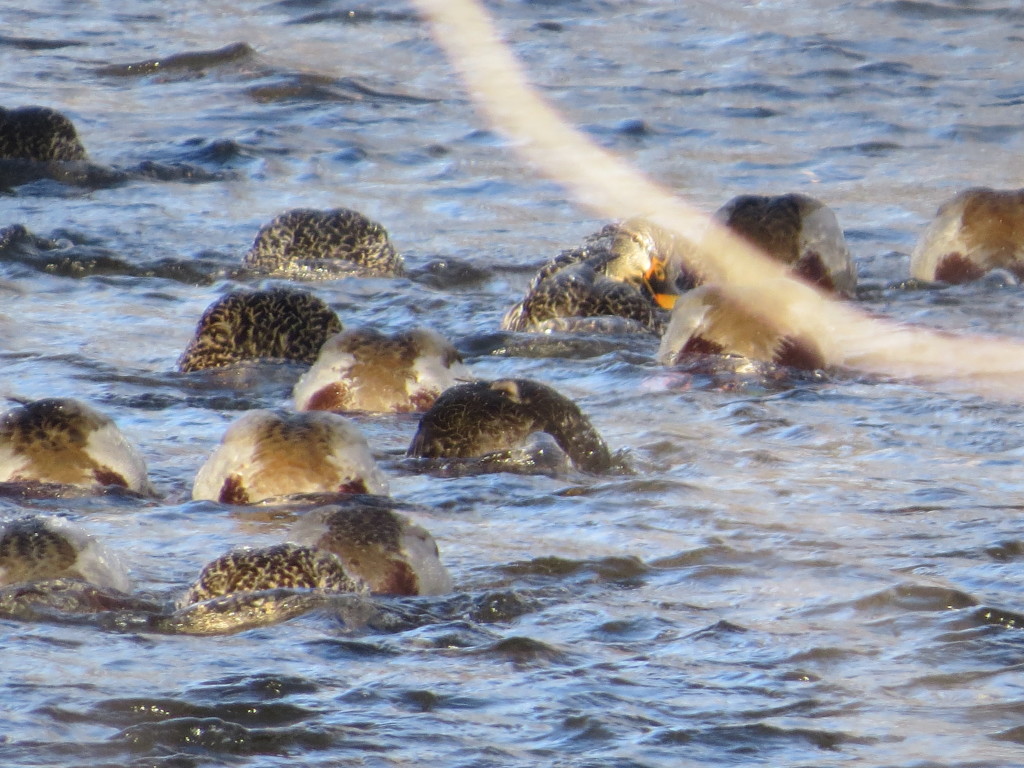
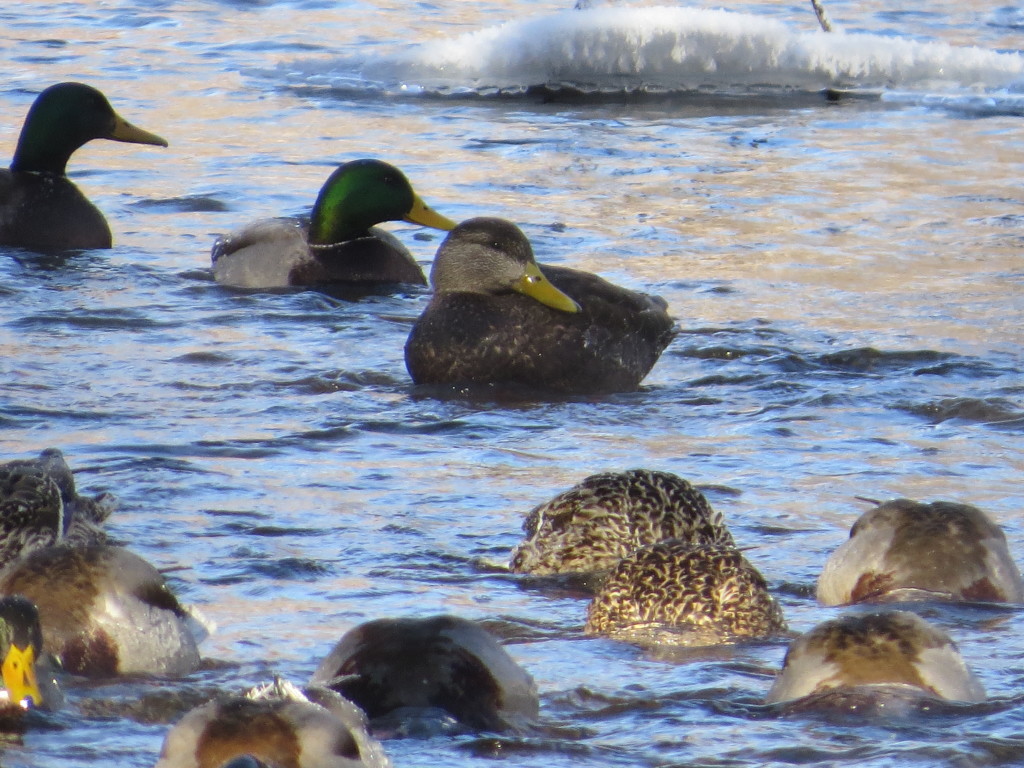
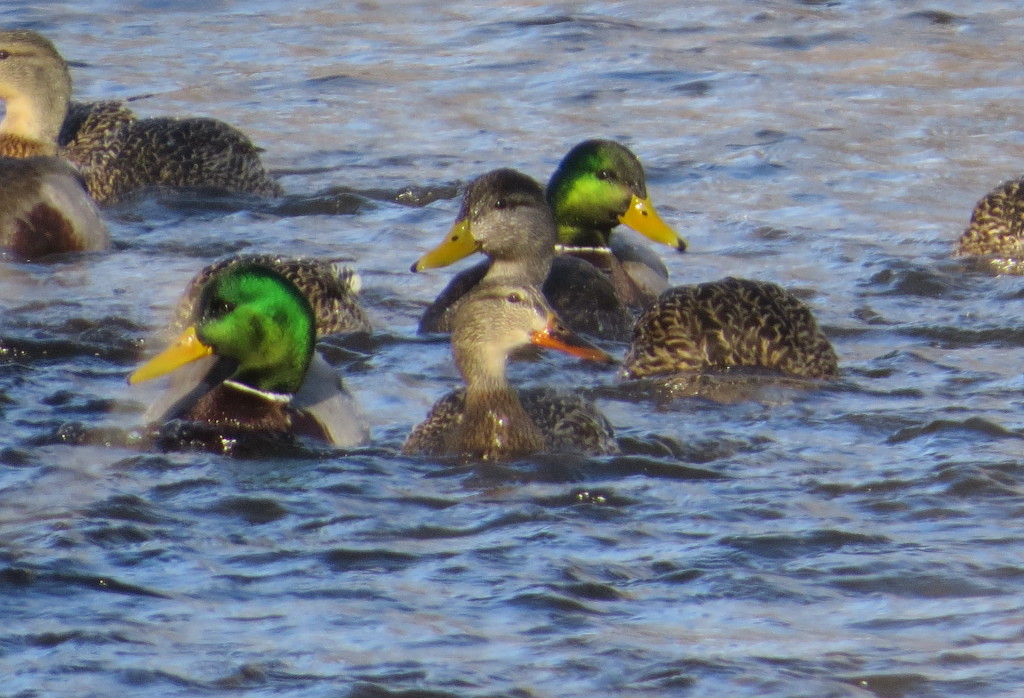
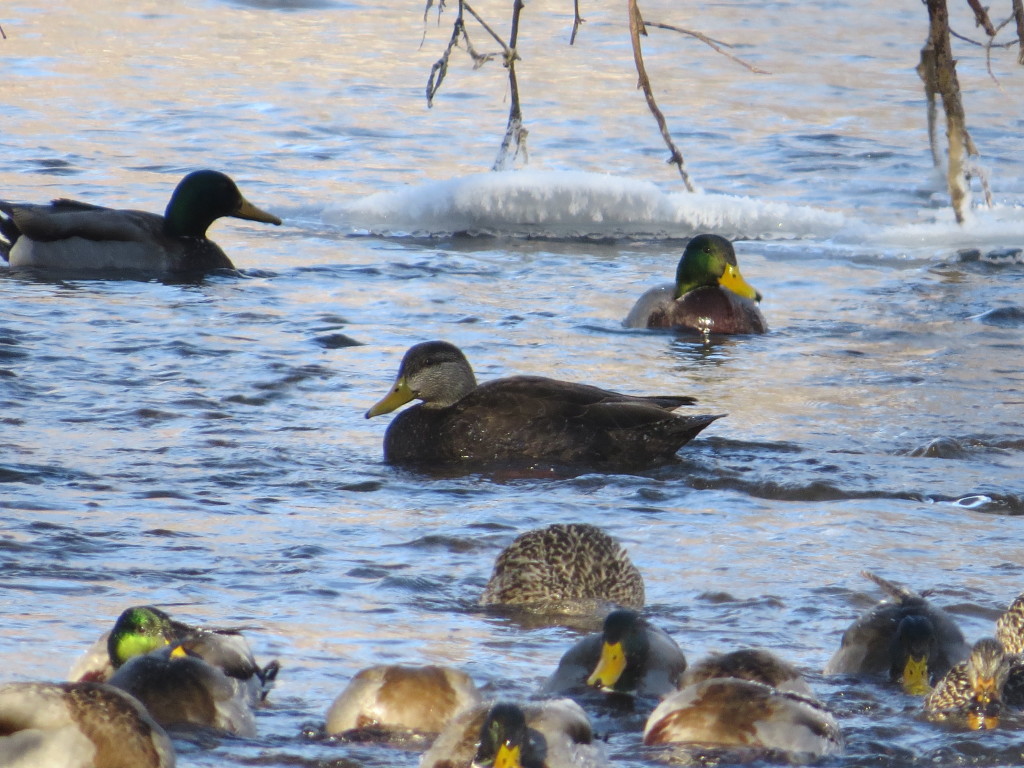
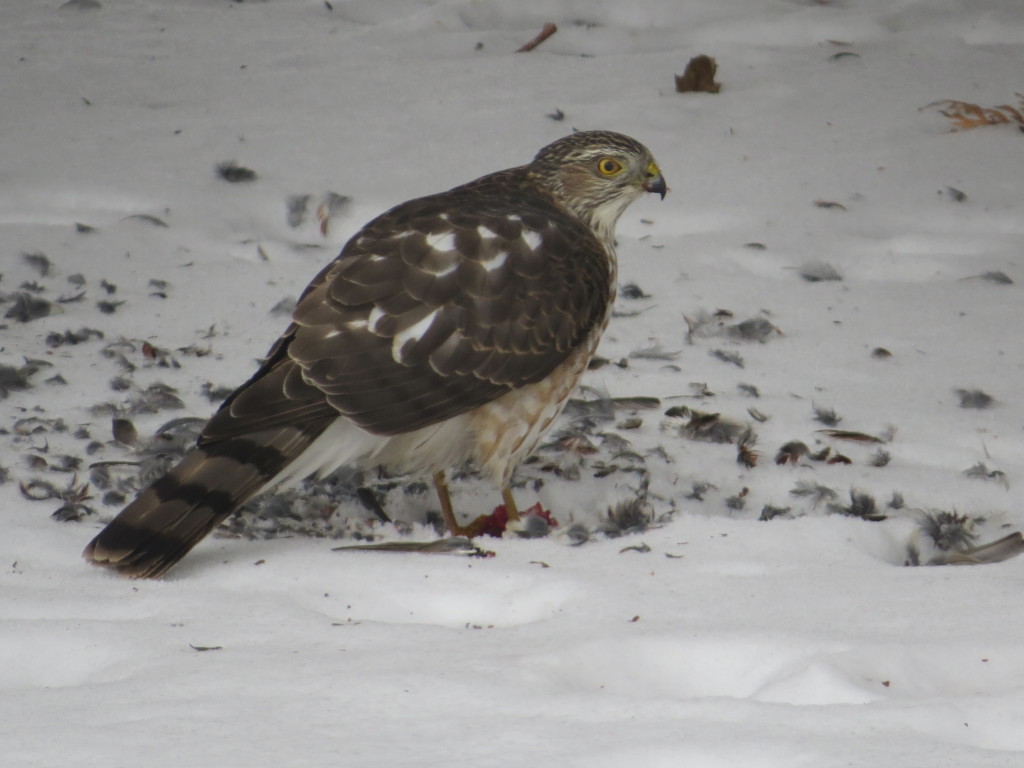
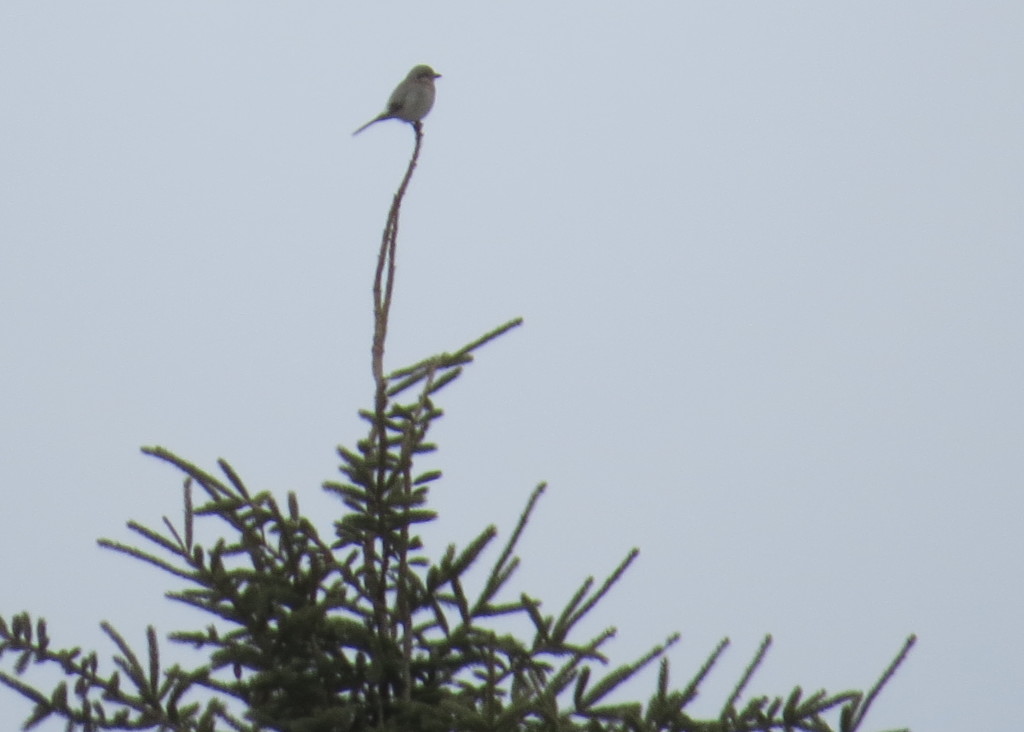
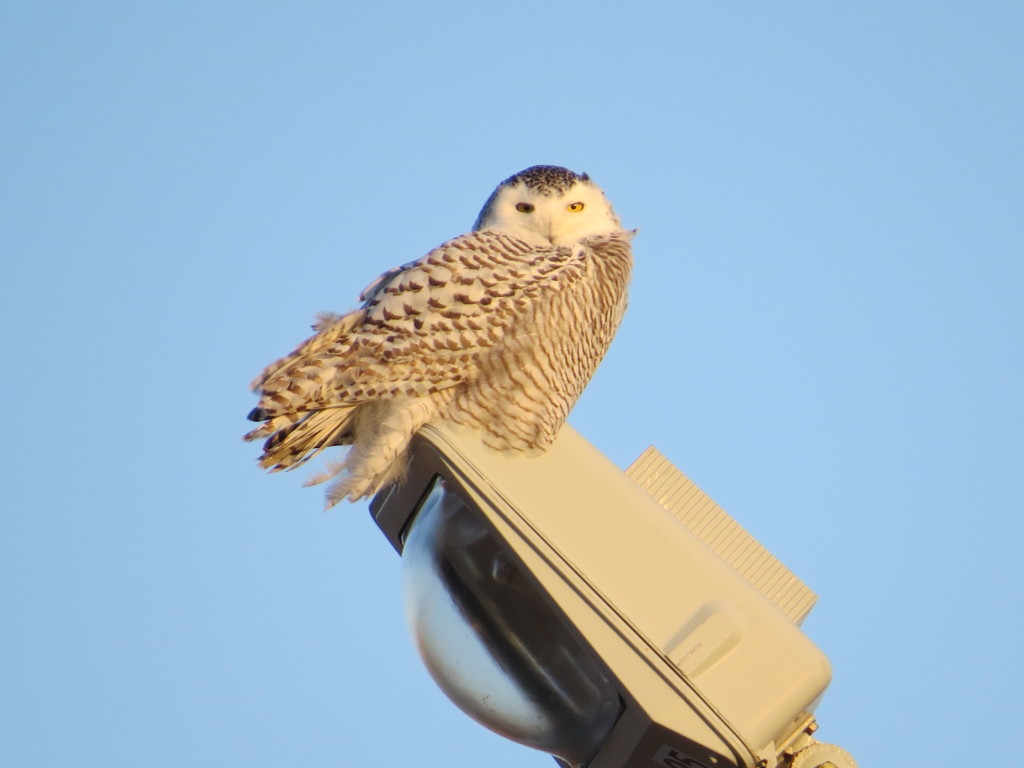
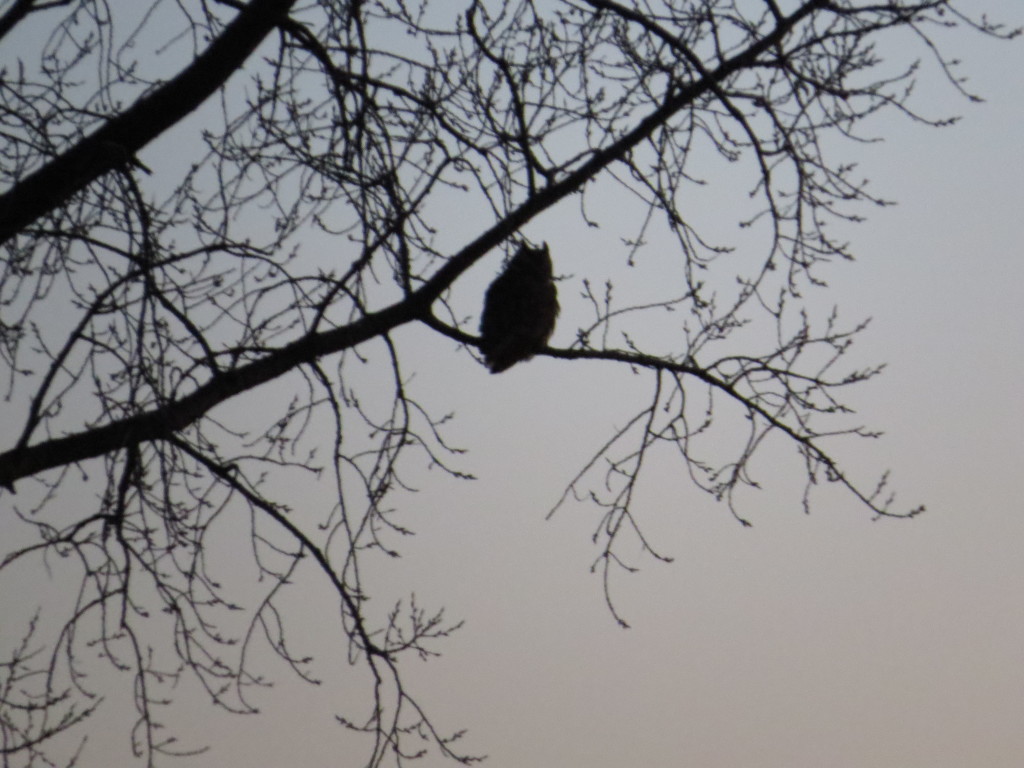 So as the sun sets on each winter day with minimal birding activity, thoughts drift more and more to spring migration and planned spring trips to Arizona and Montana, when the bird life will be overwhelming in new and old birds alike.
So as the sun sets on each winter day with minimal birding activity, thoughts drift more and more to spring migration and planned spring trips to Arizona and Montana, when the bird life will be overwhelming in new and old birds alike.